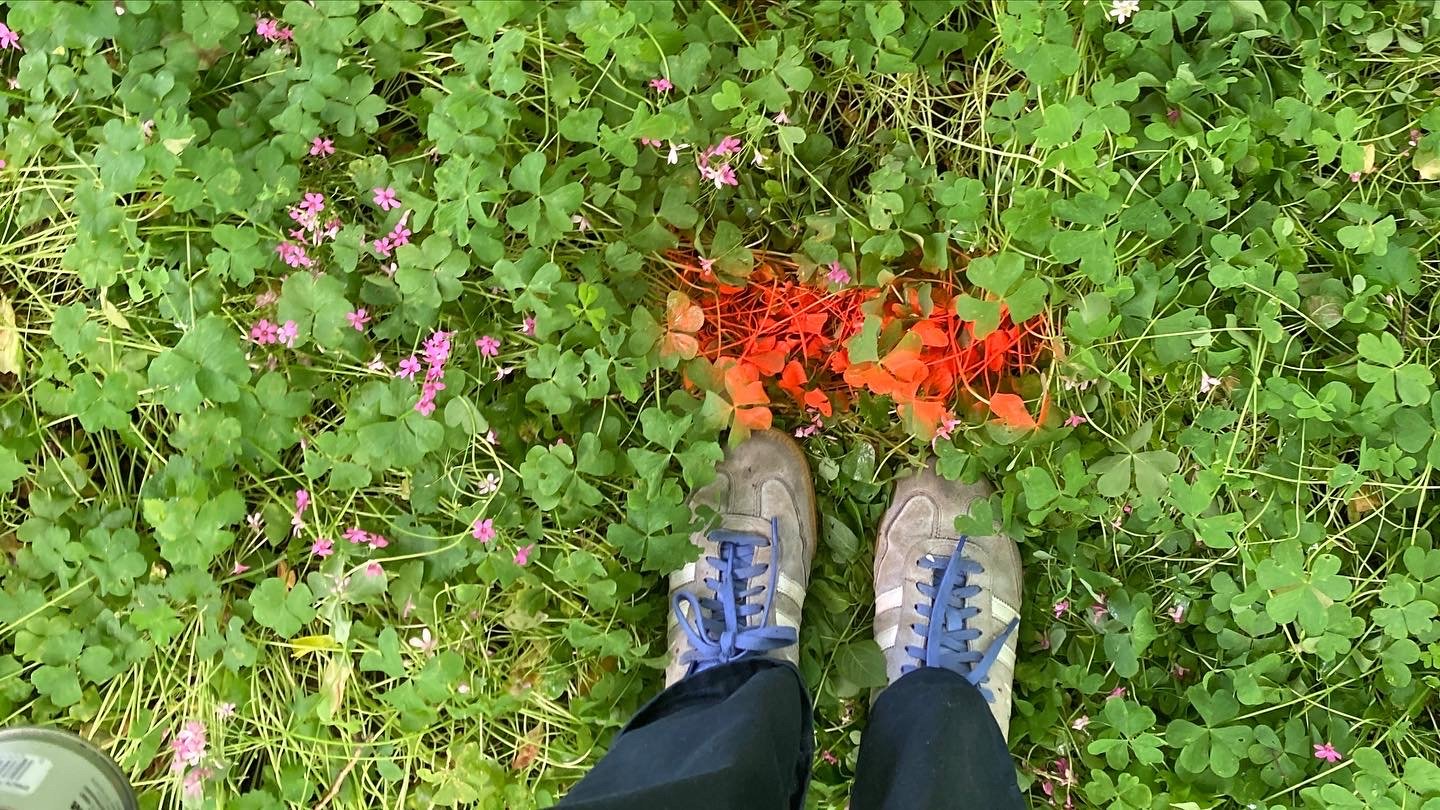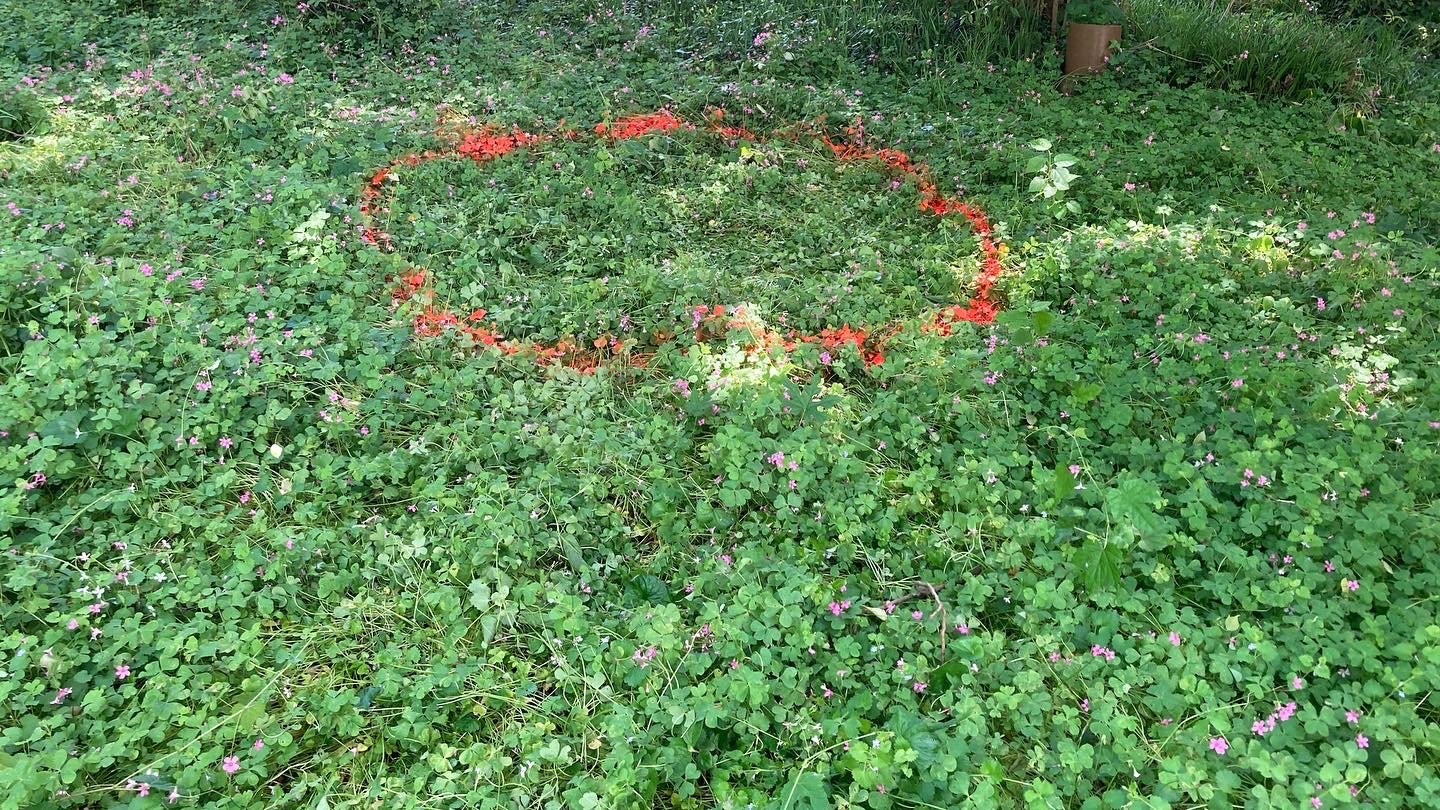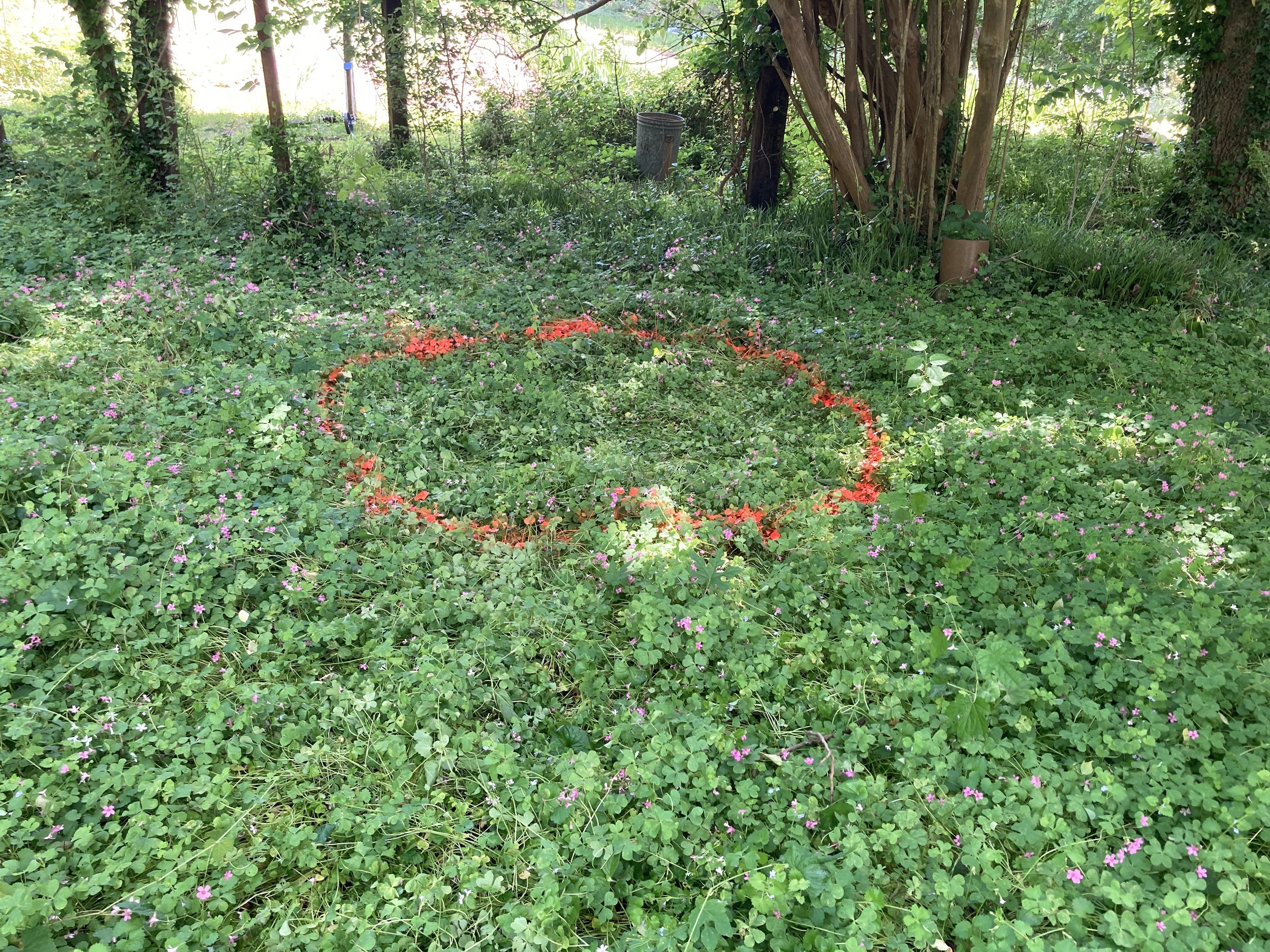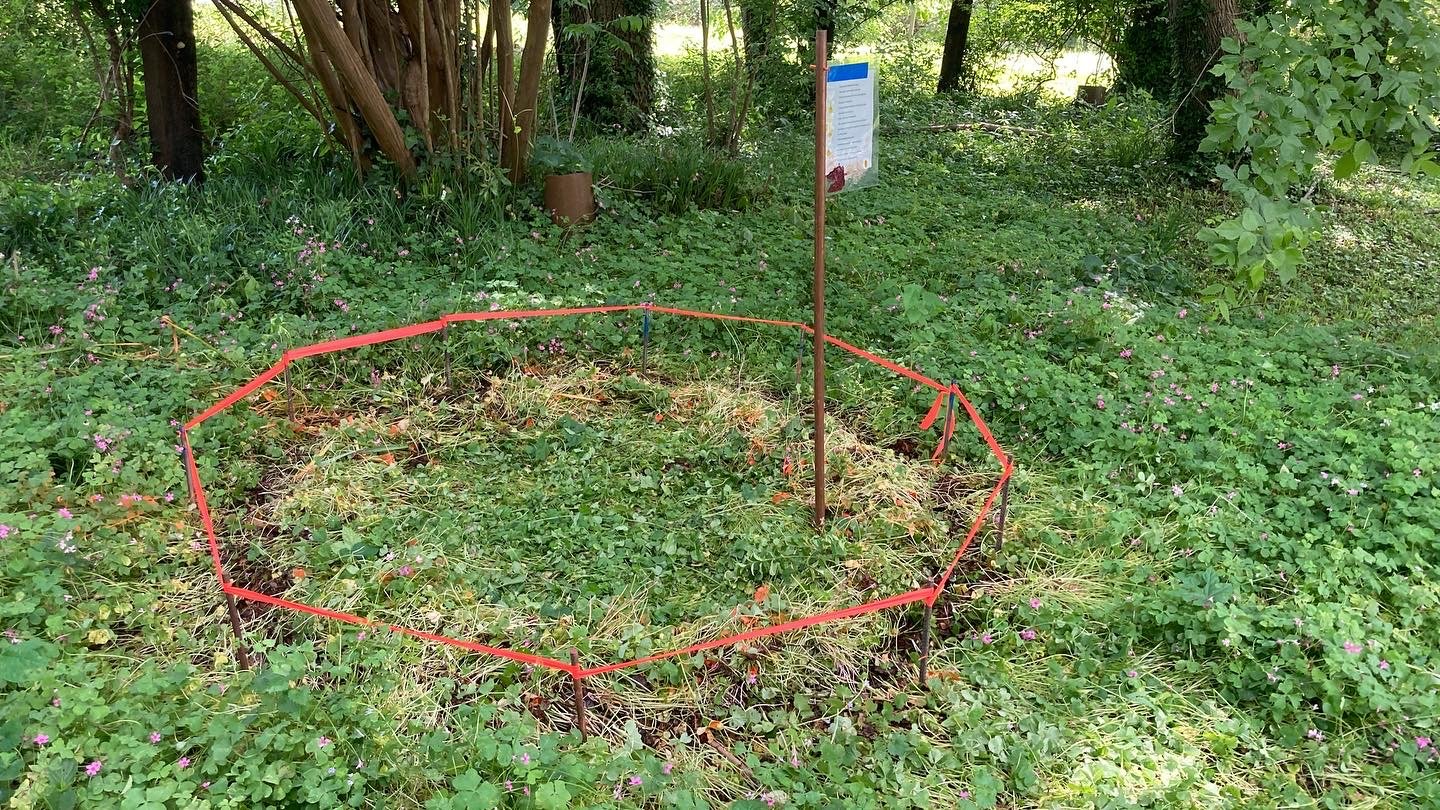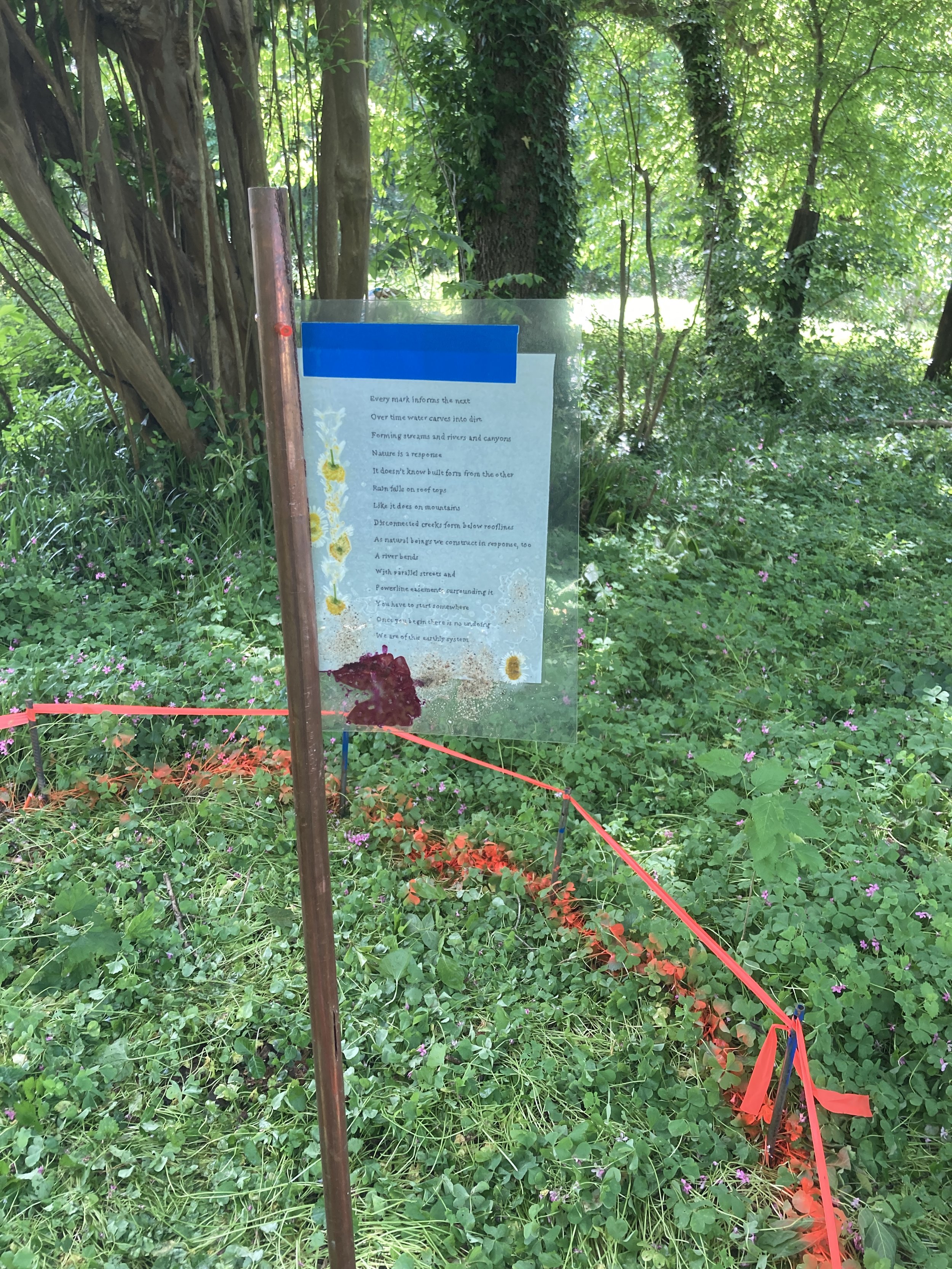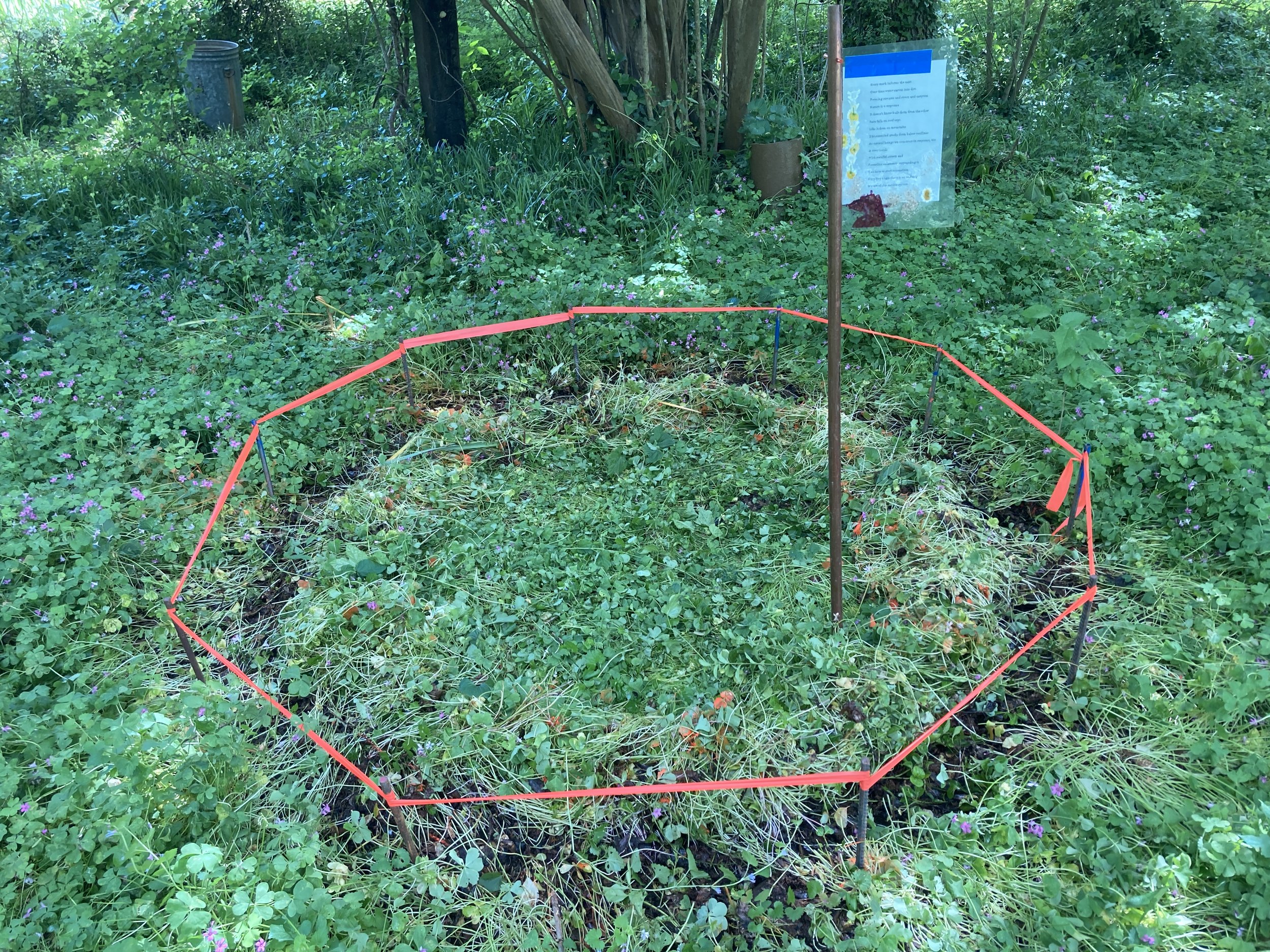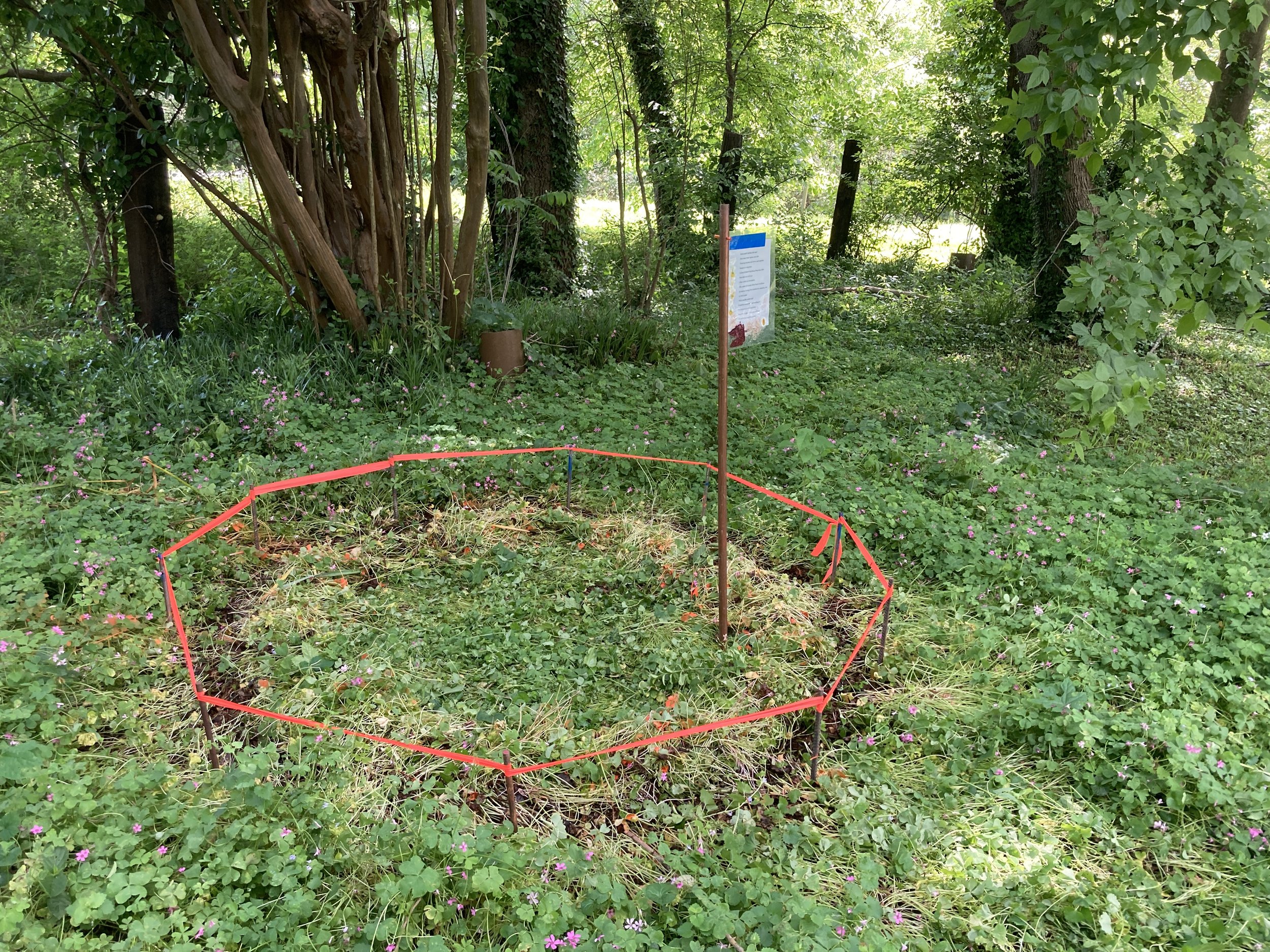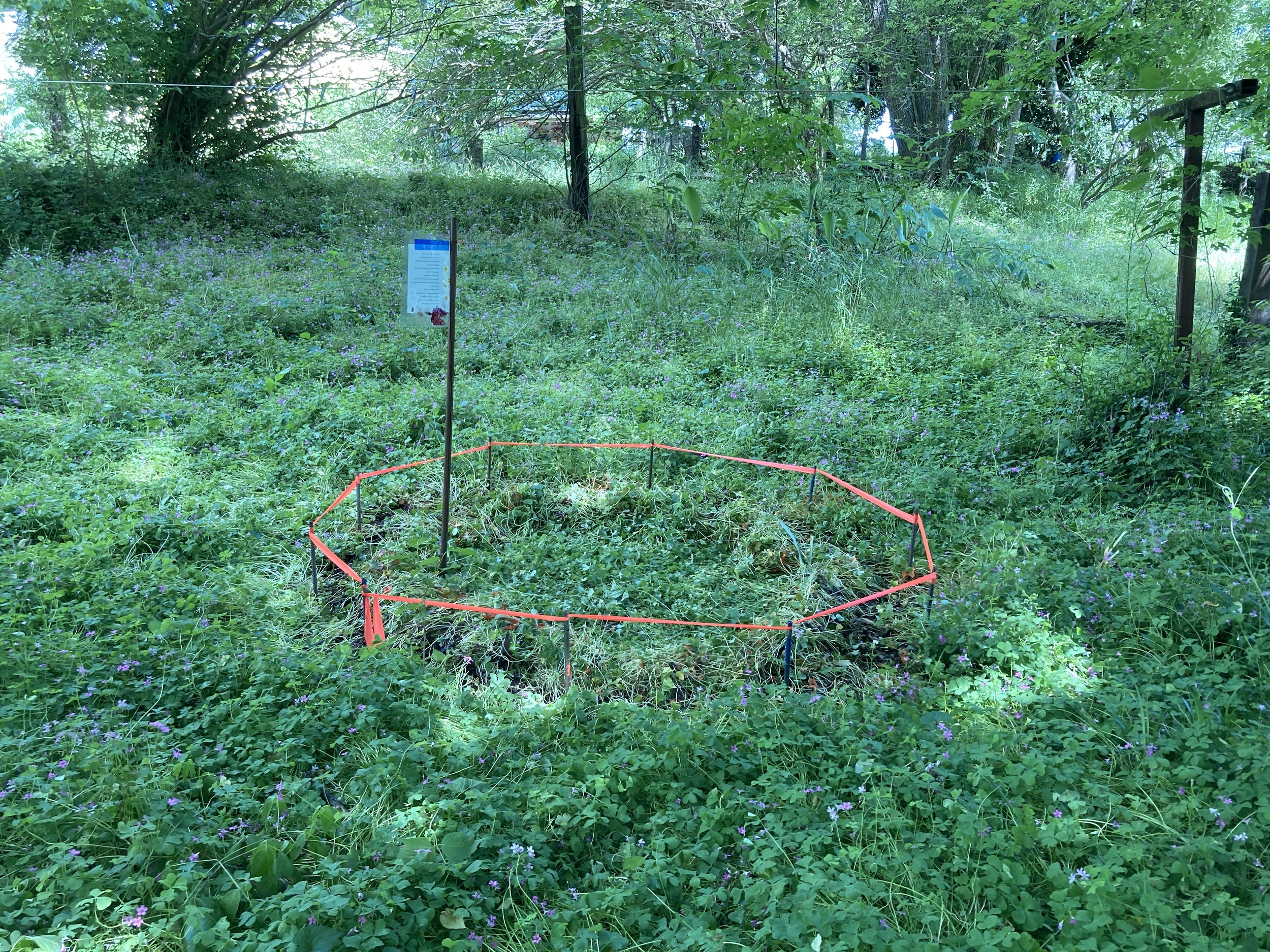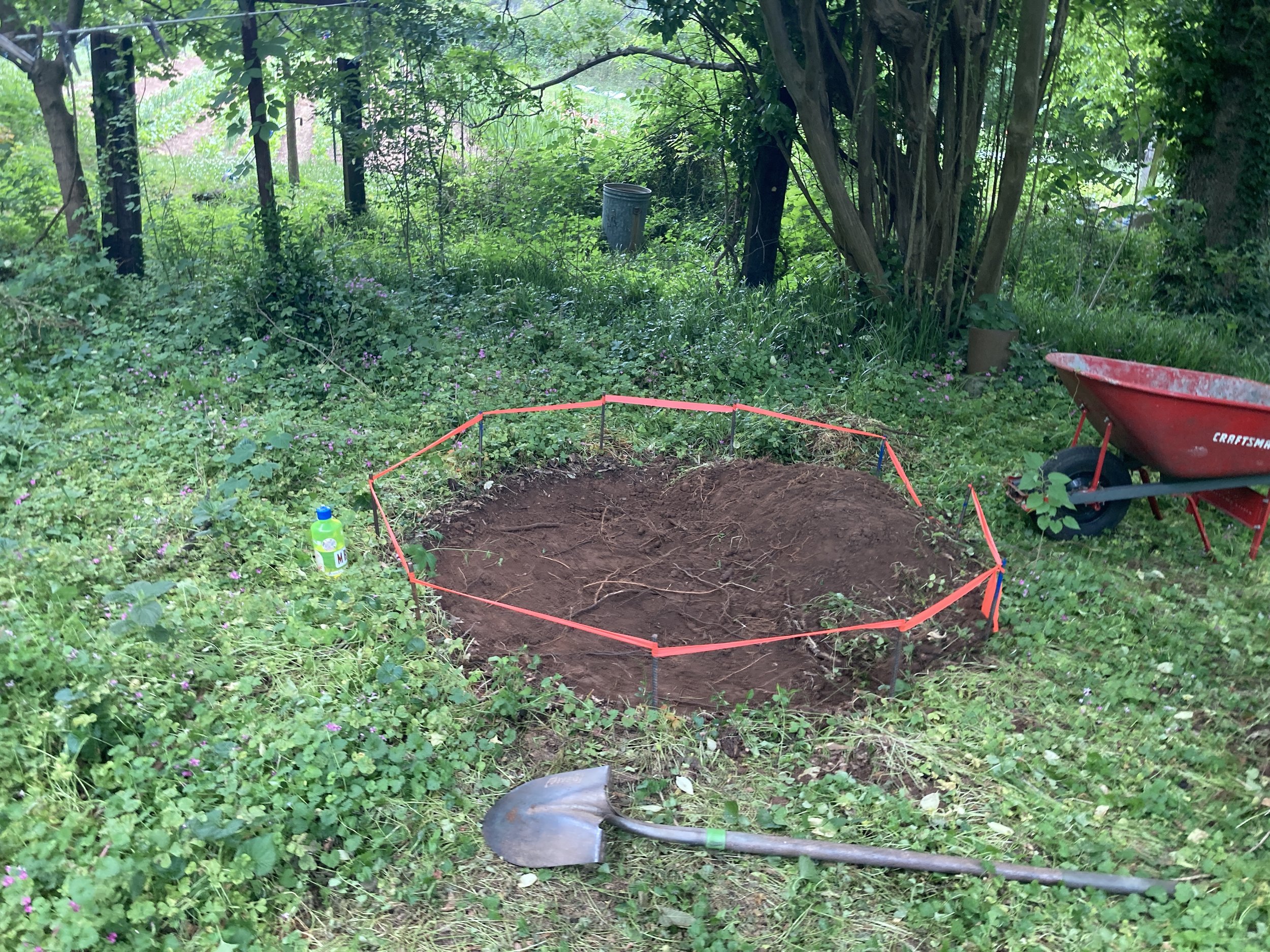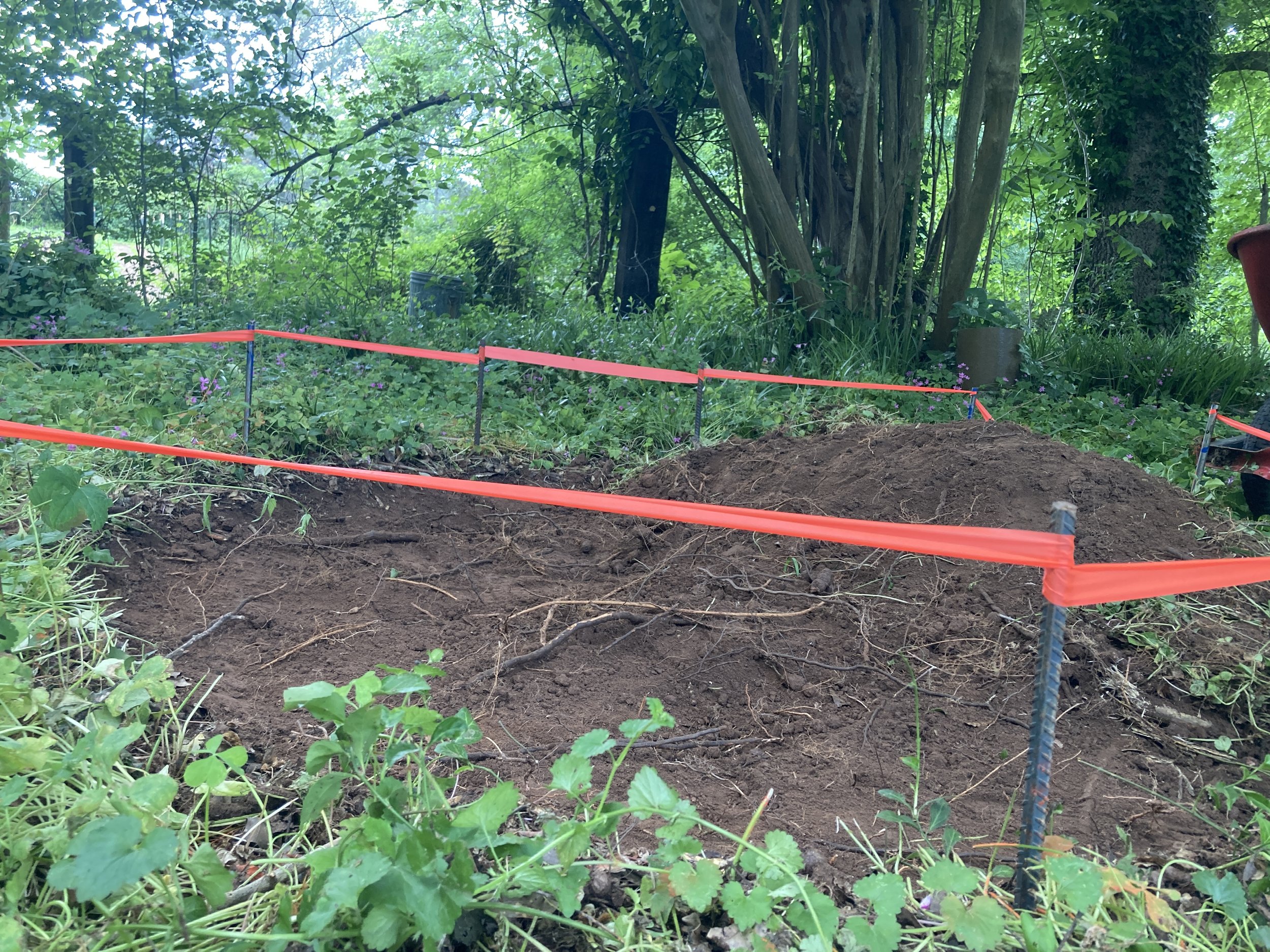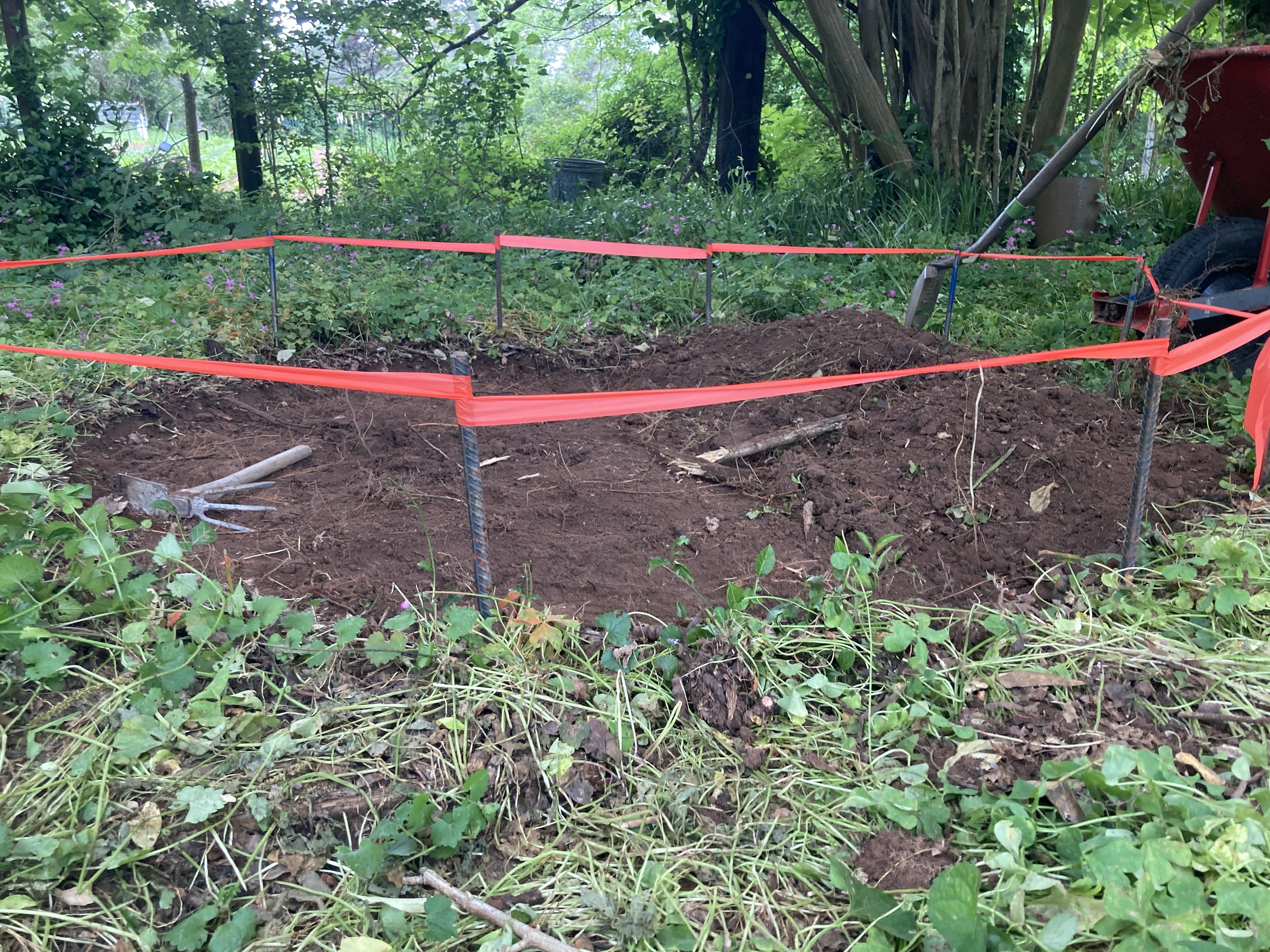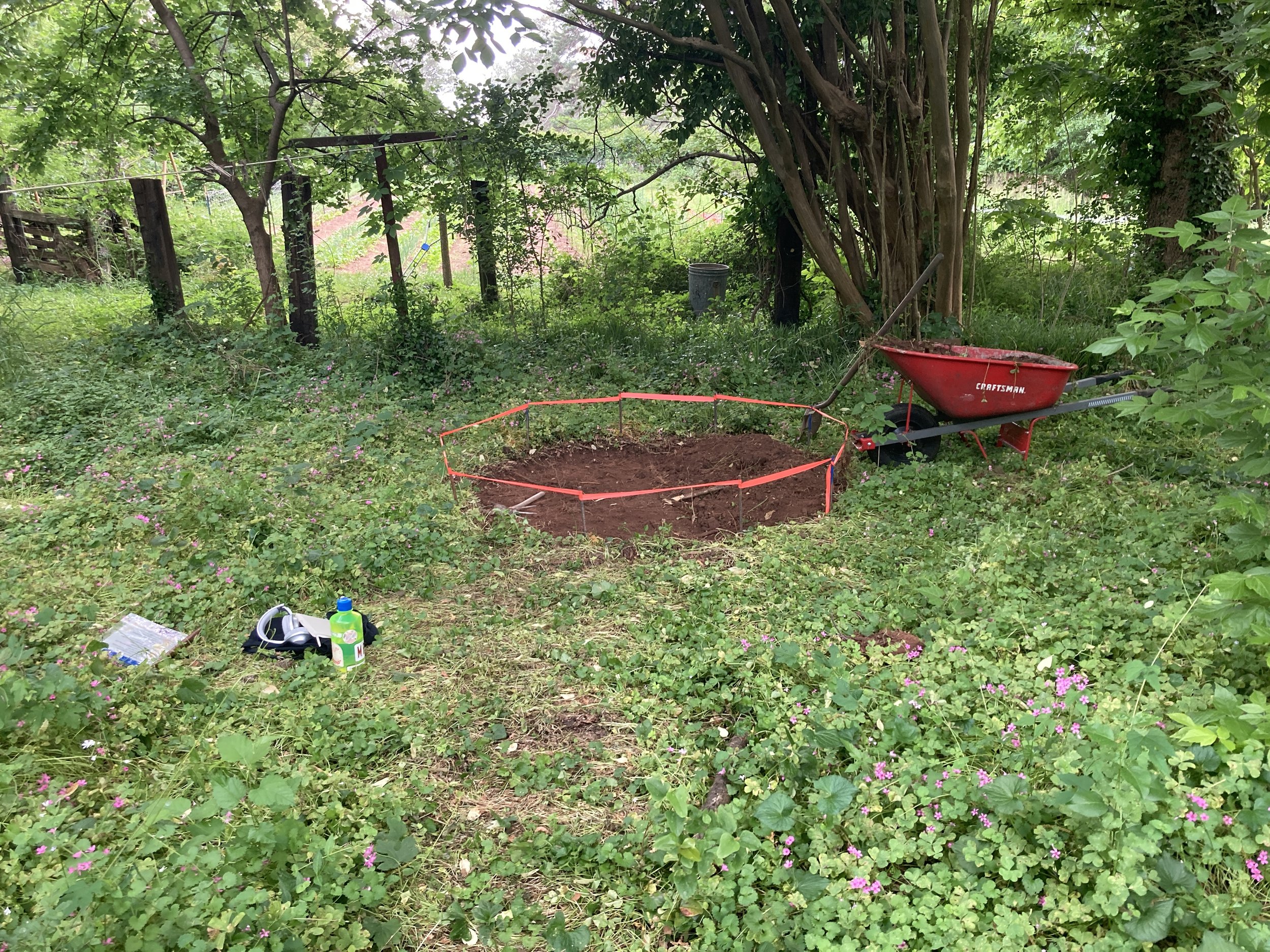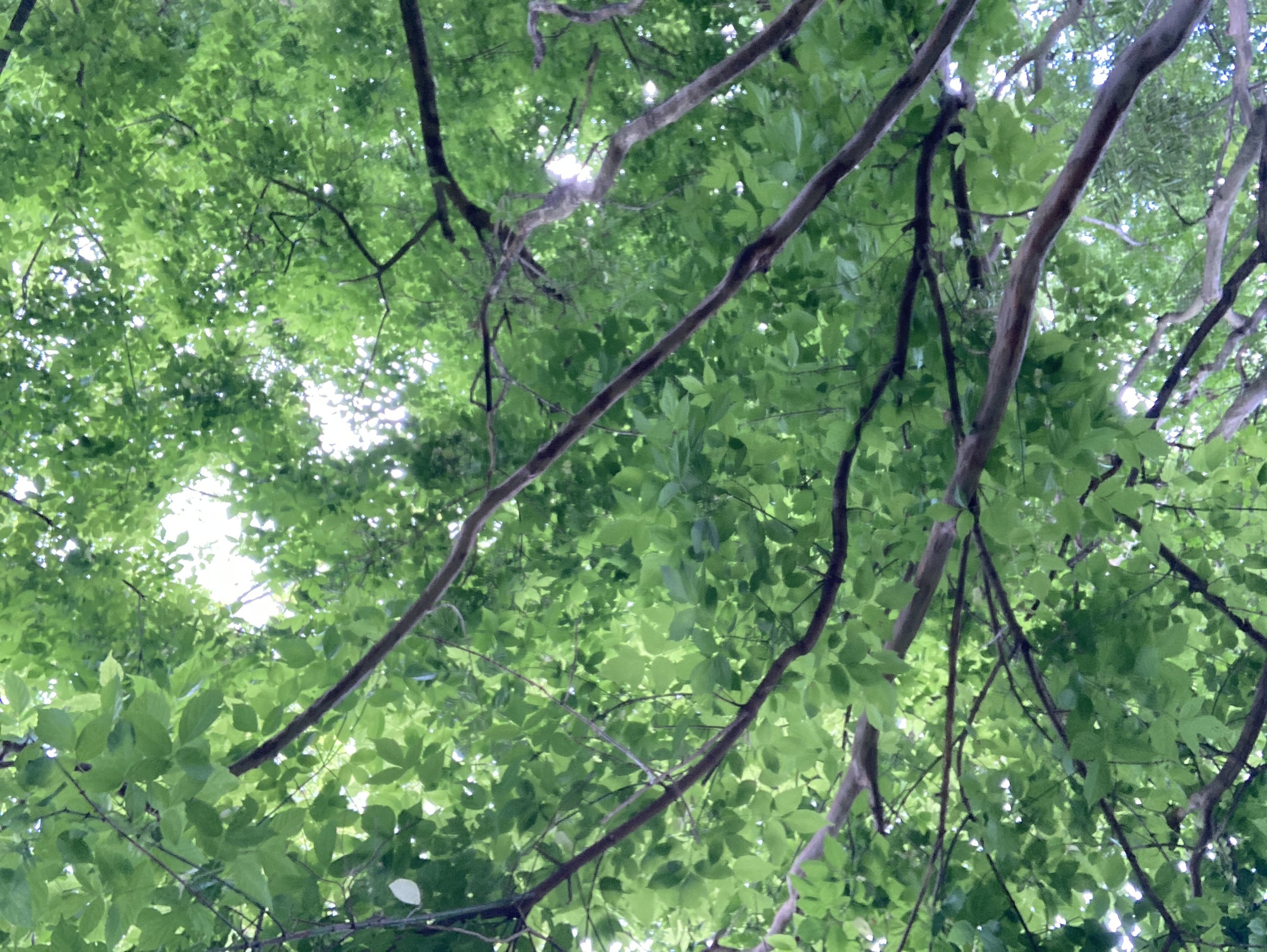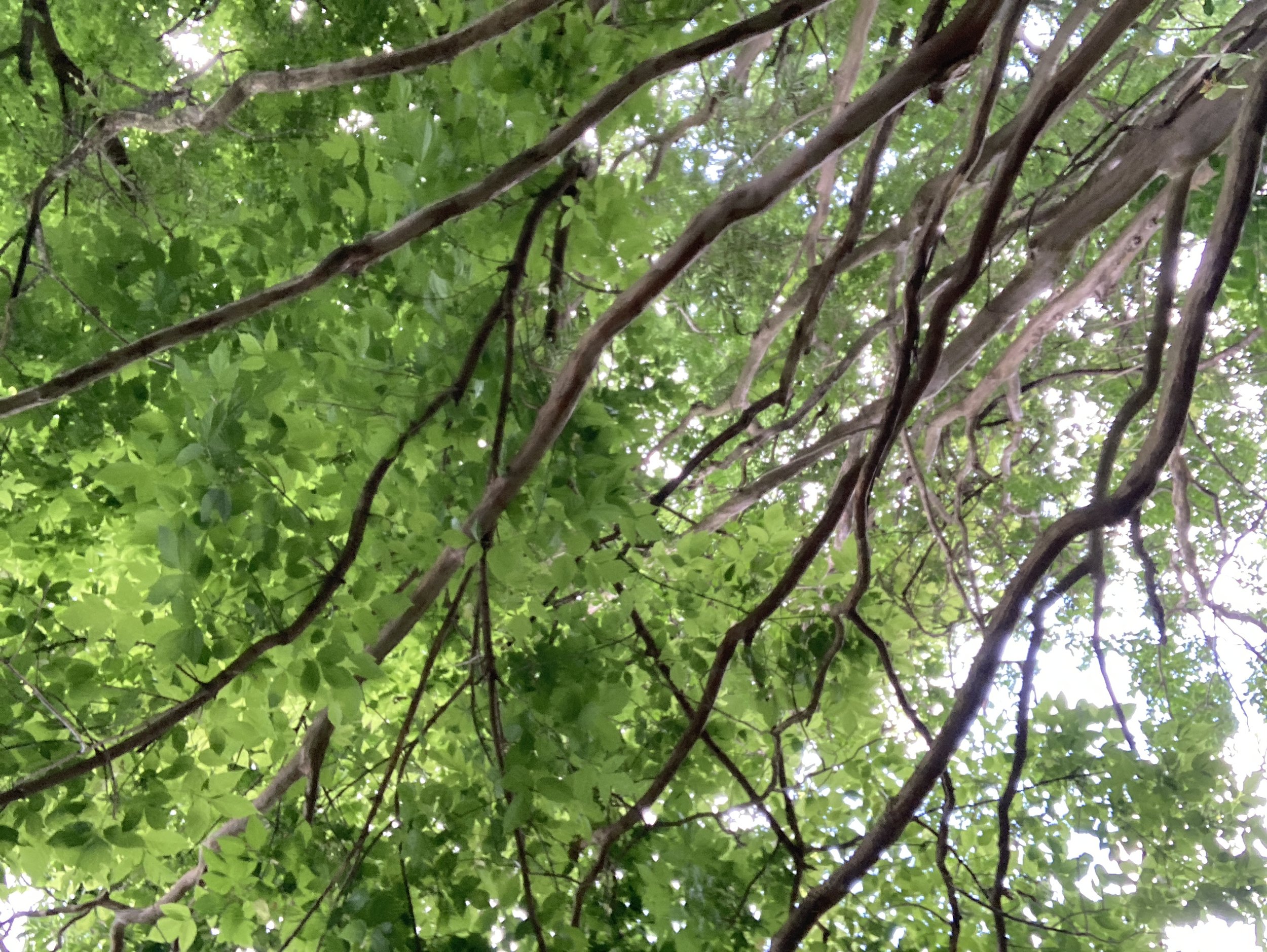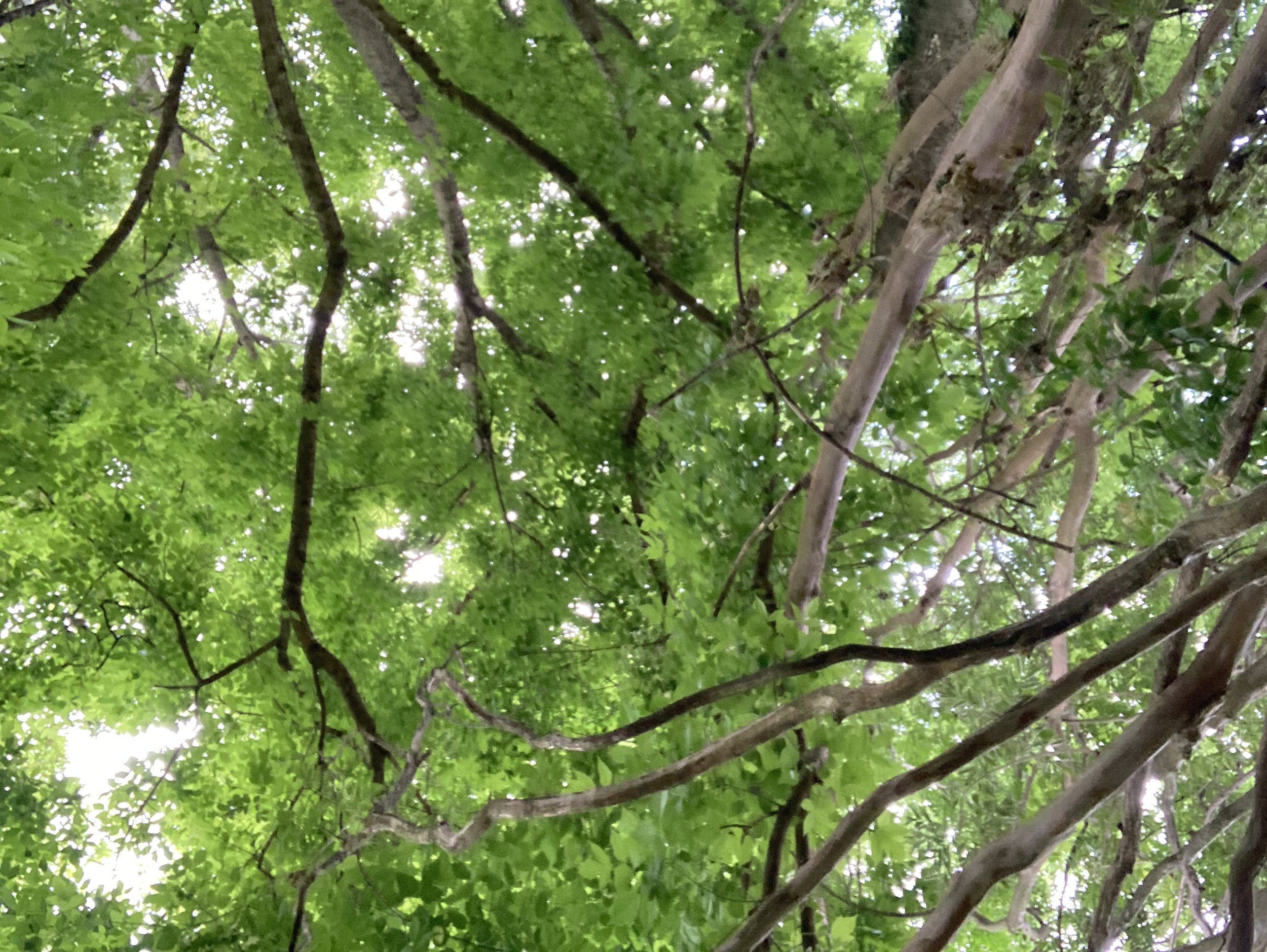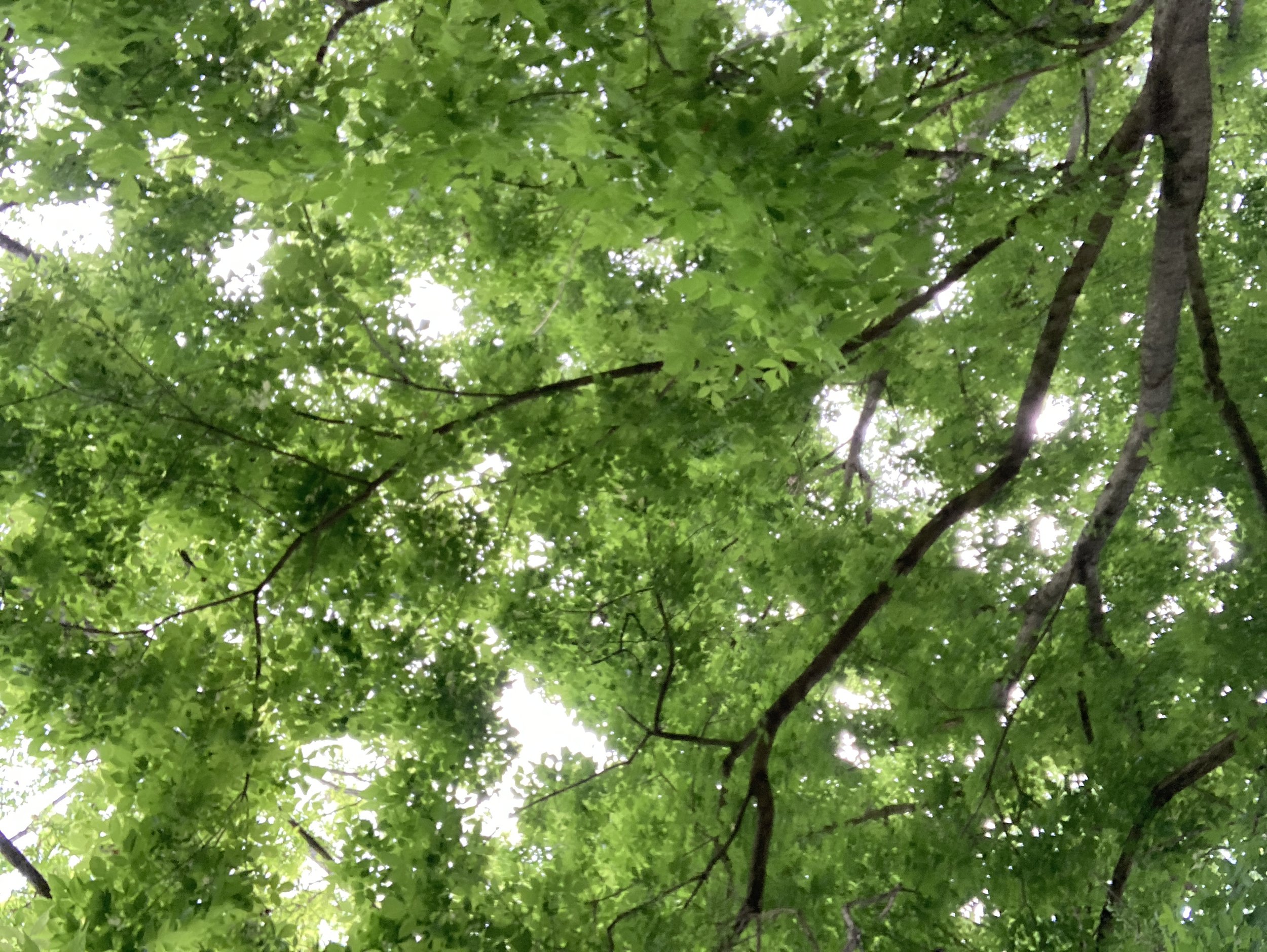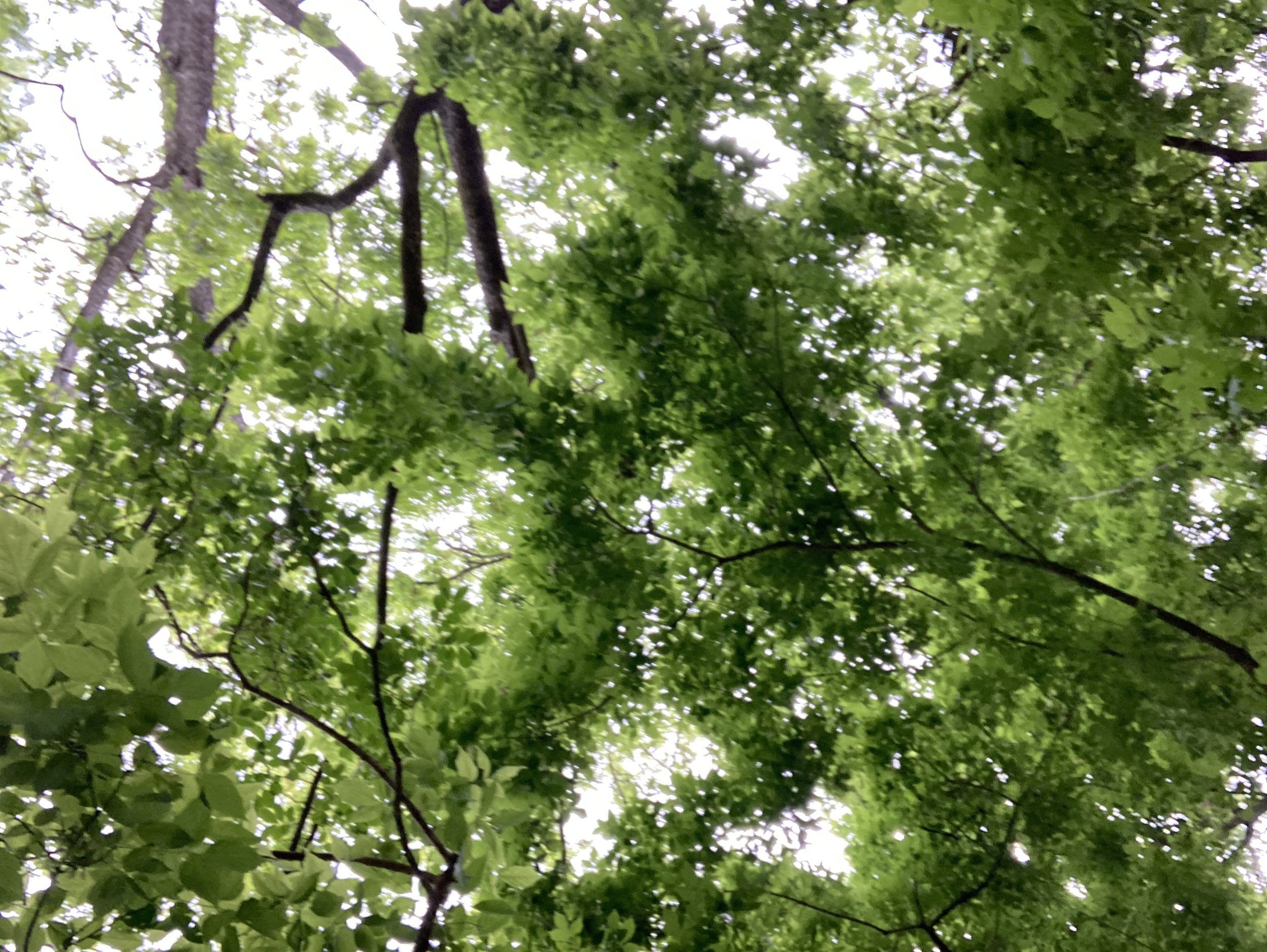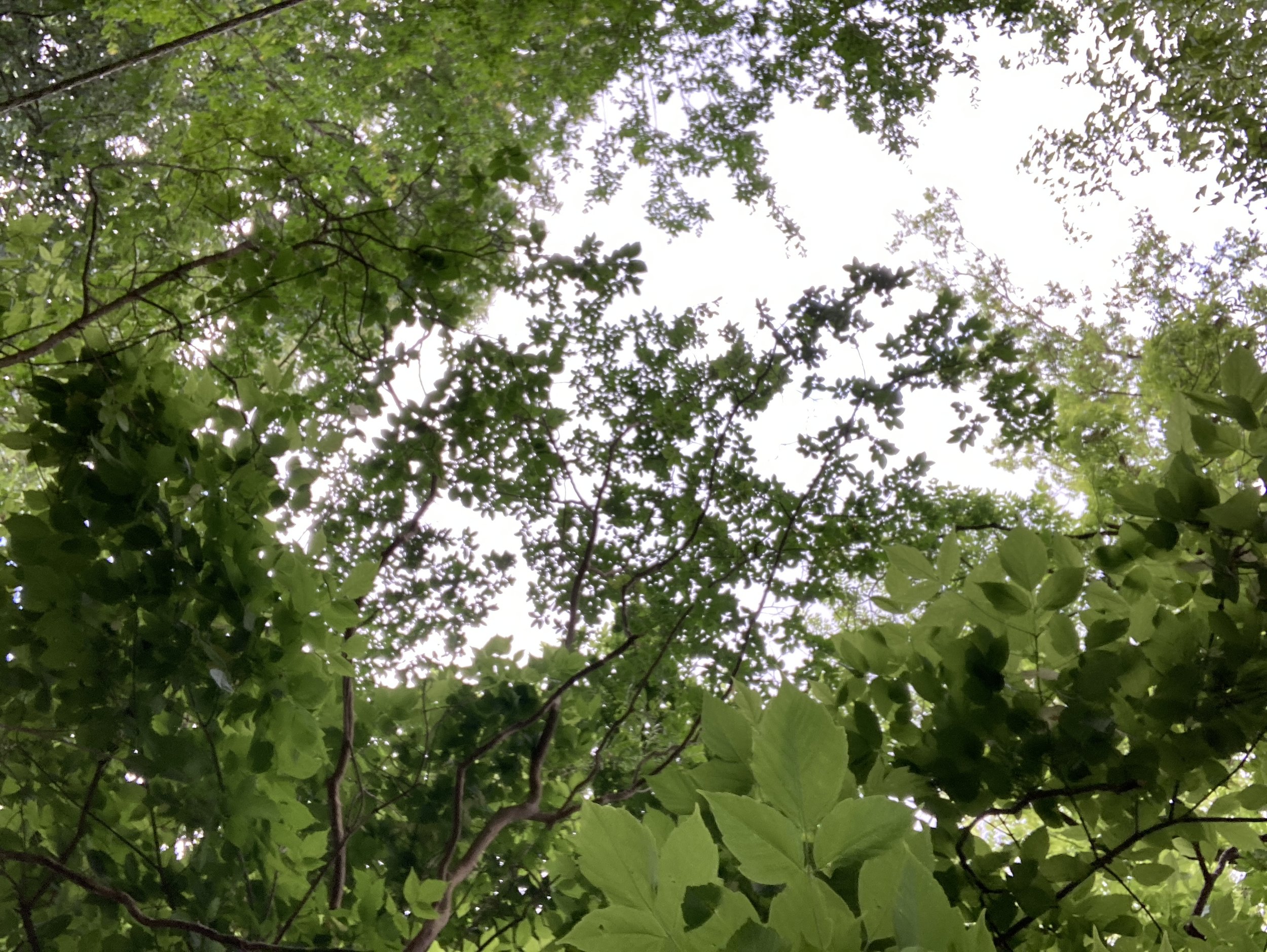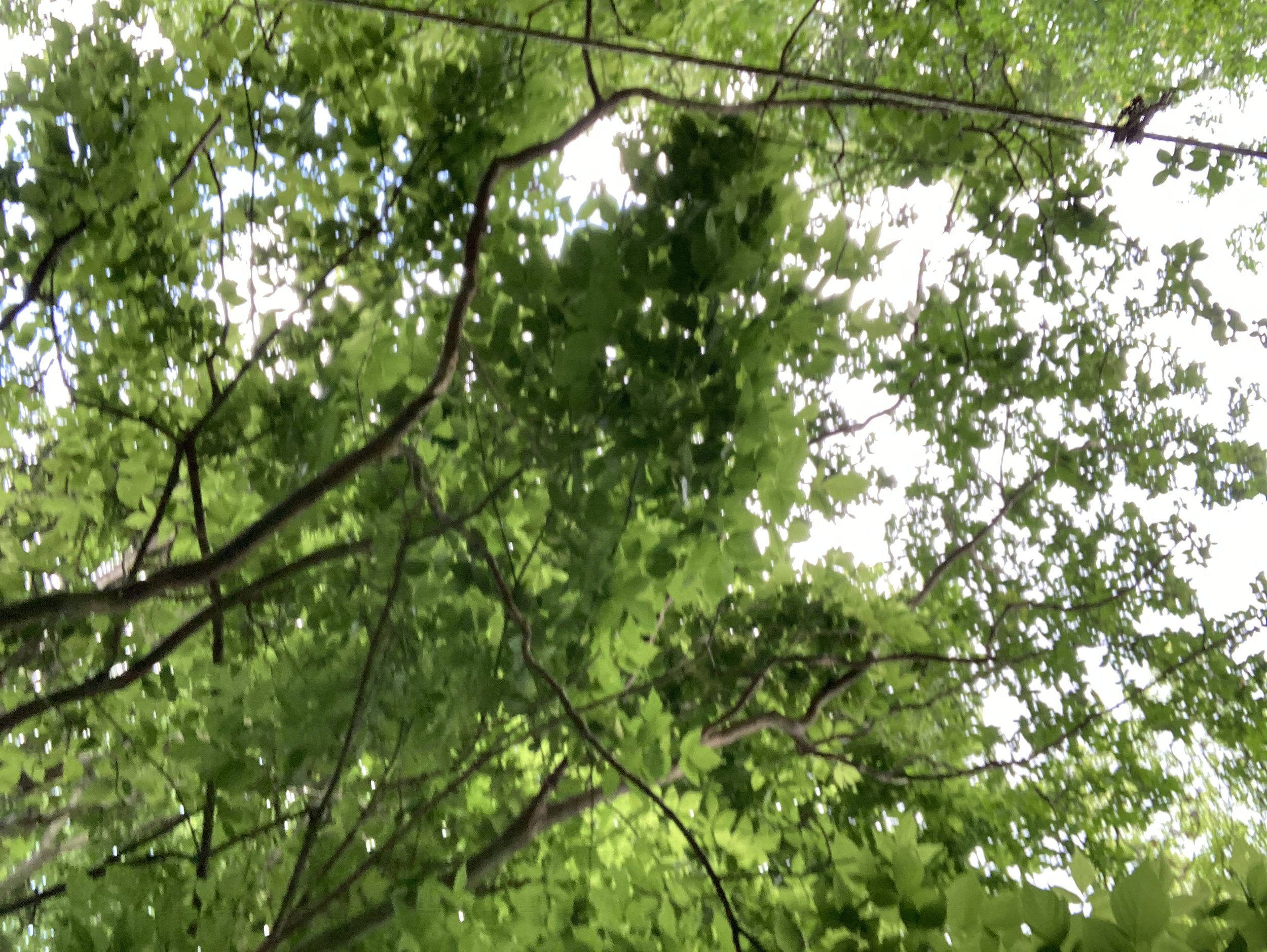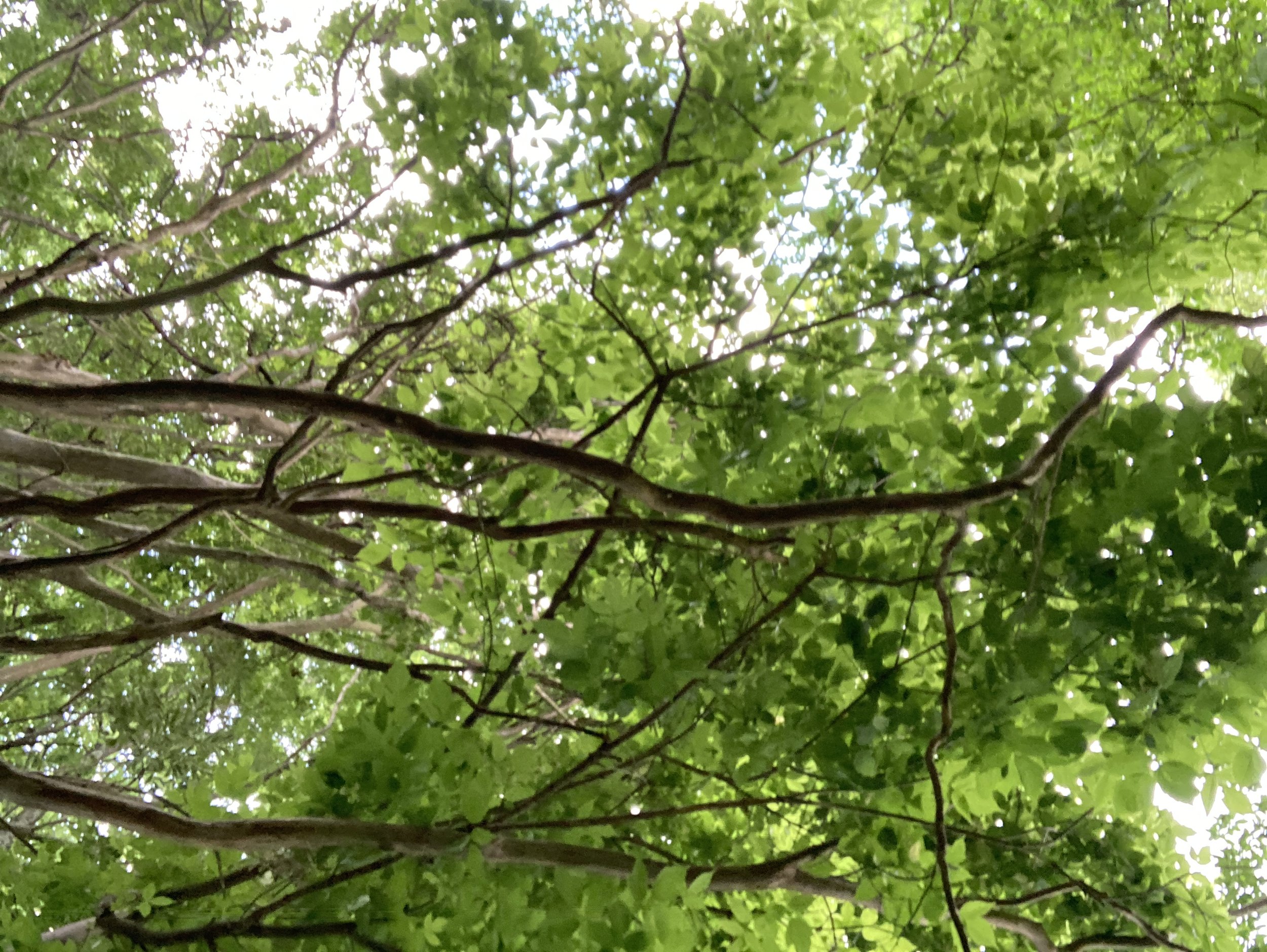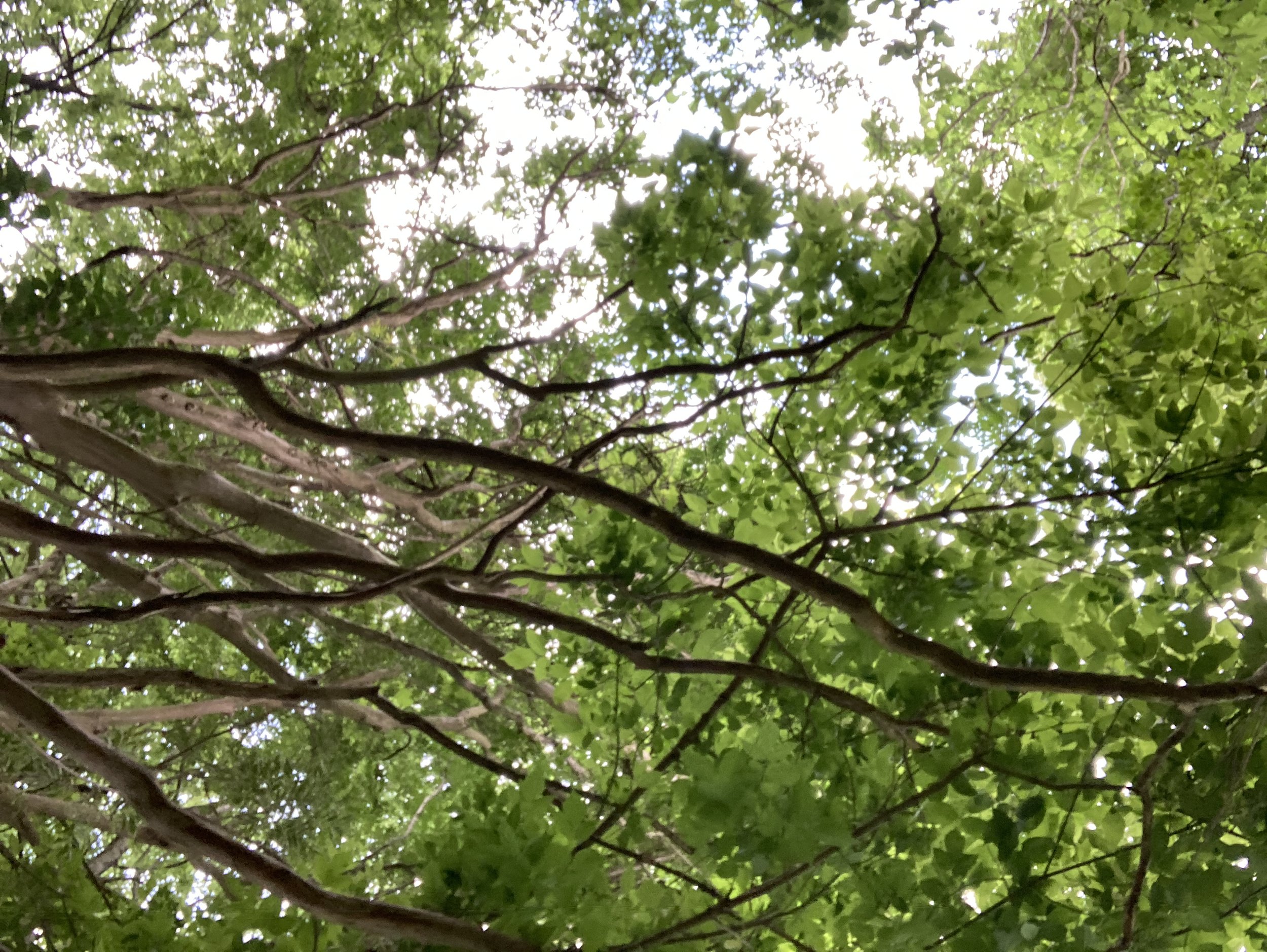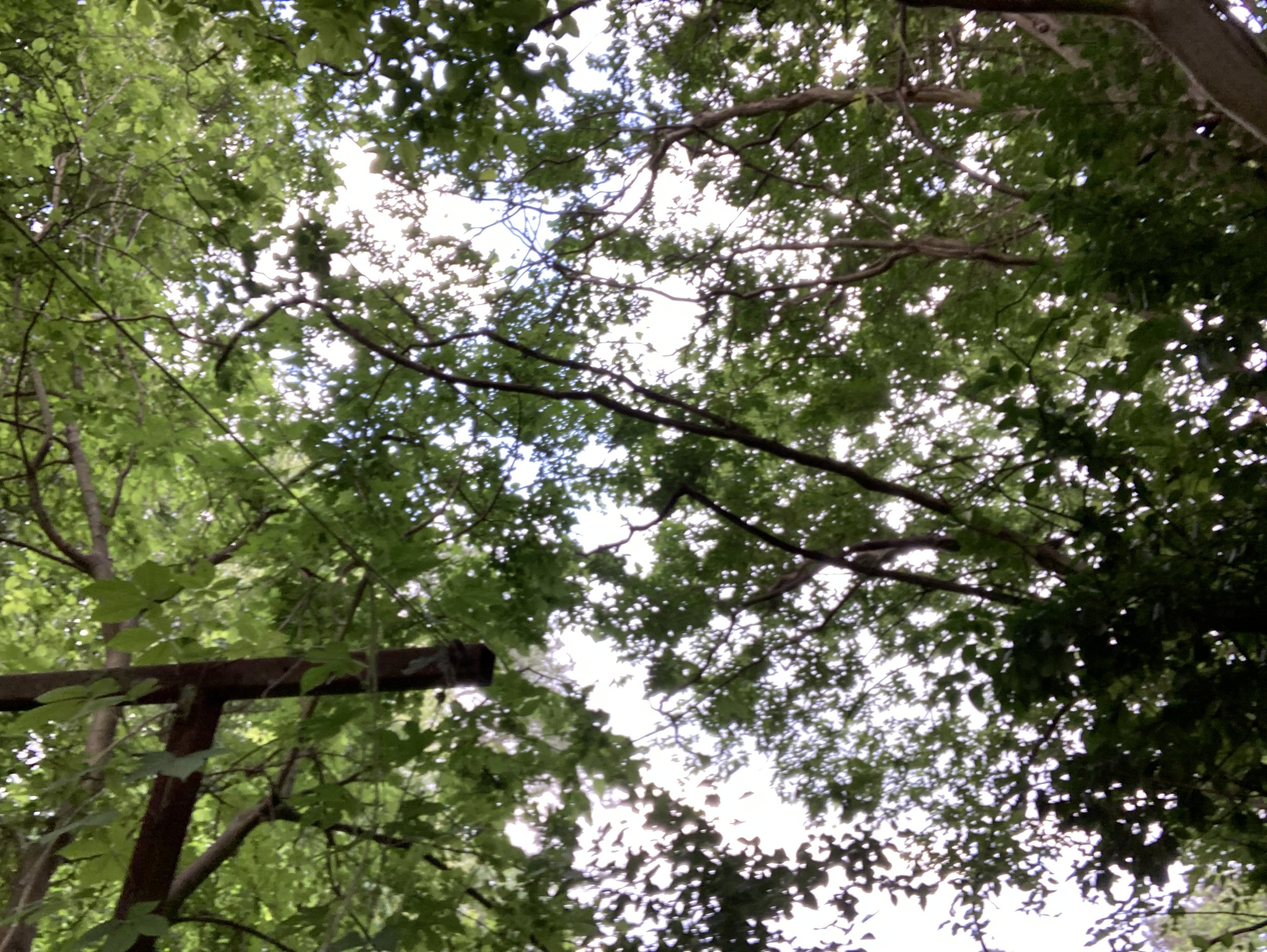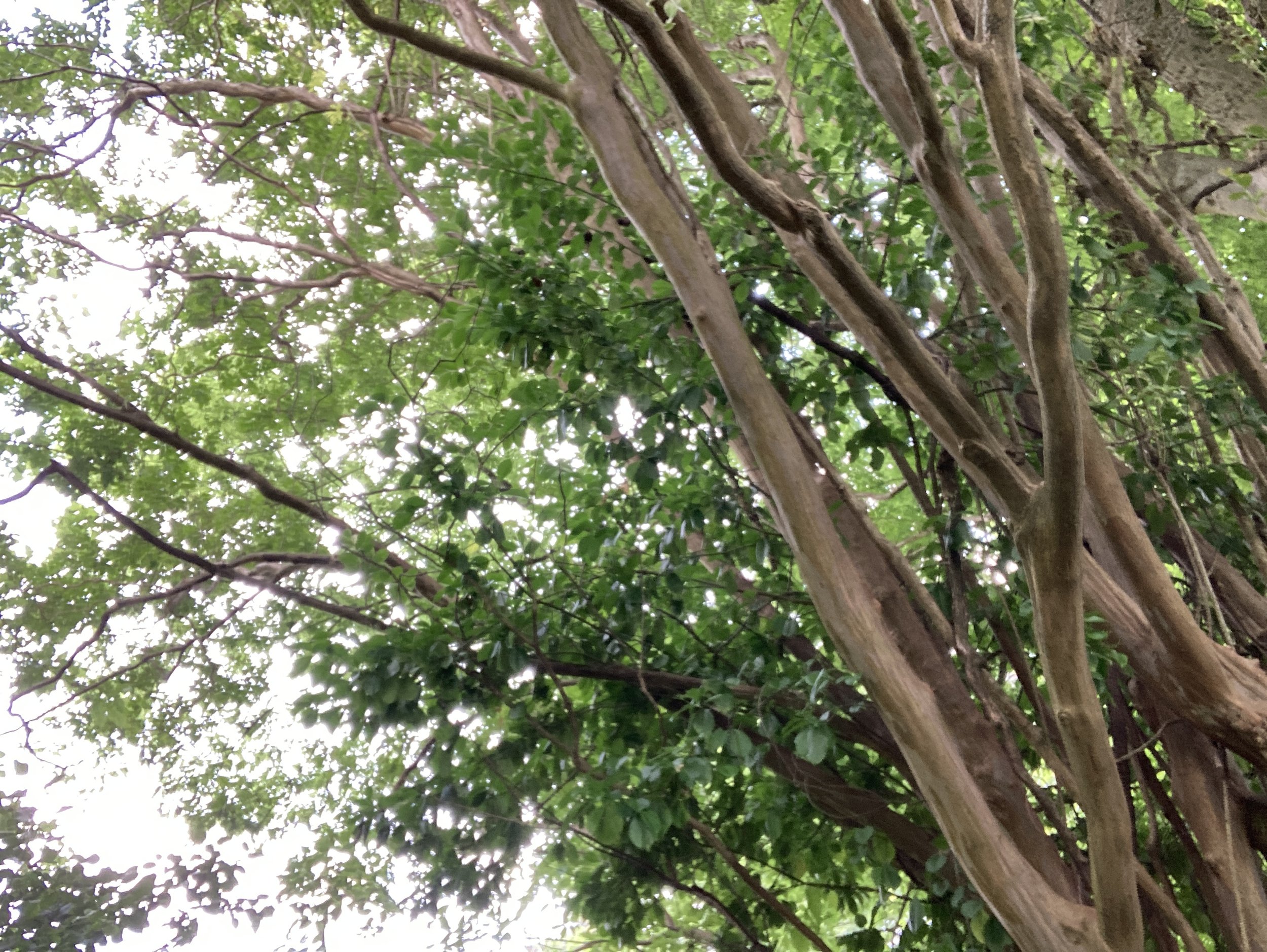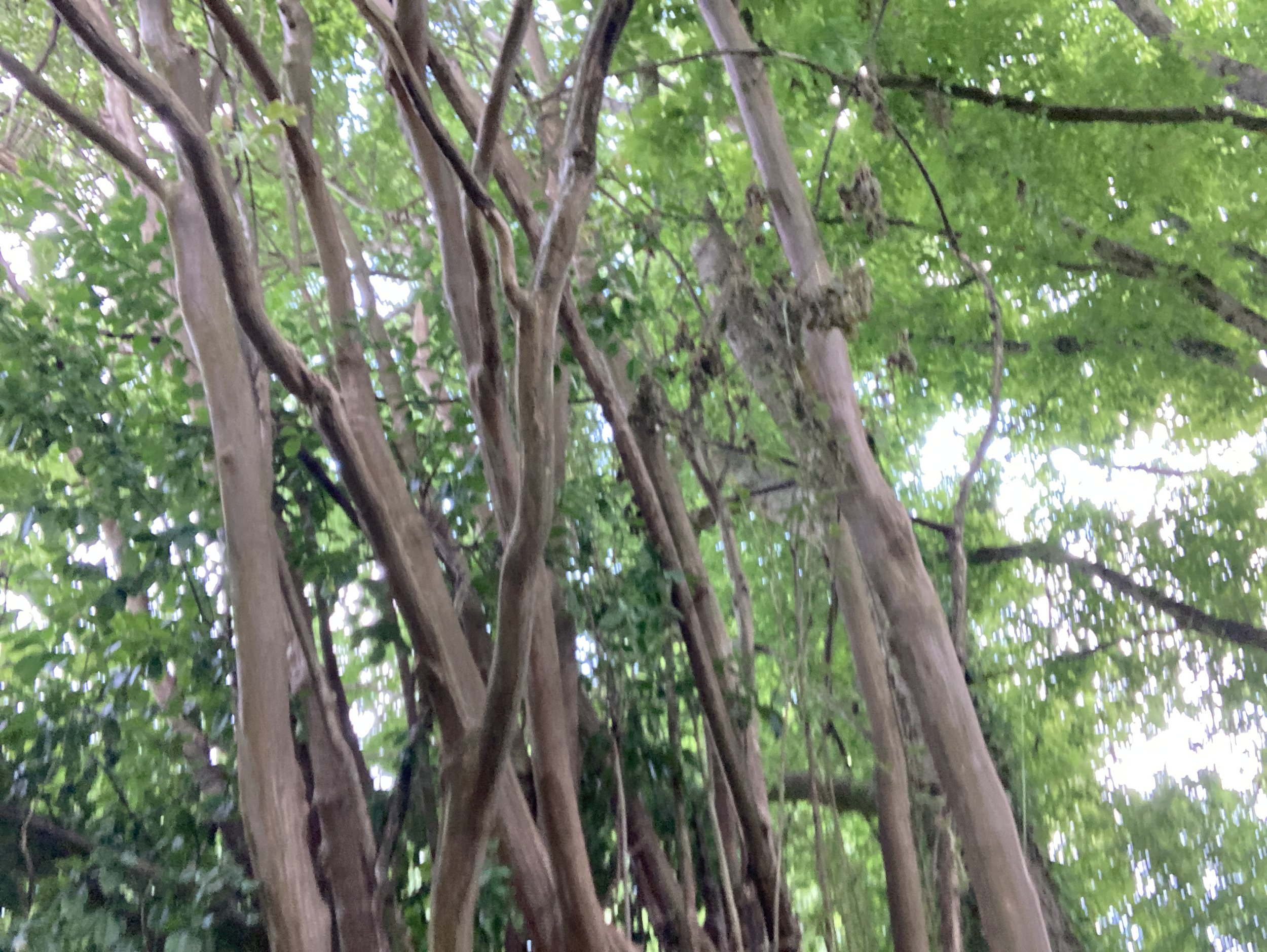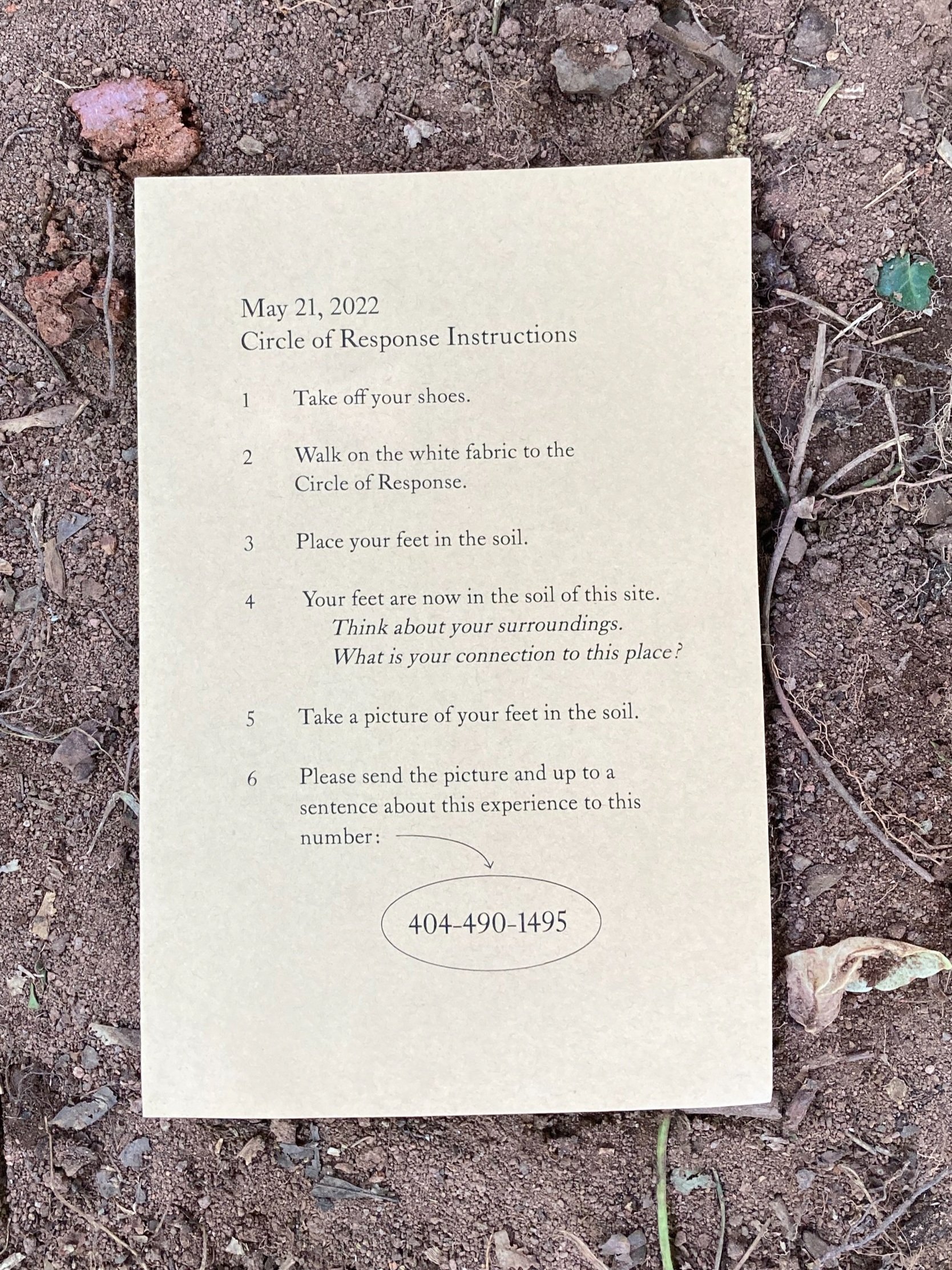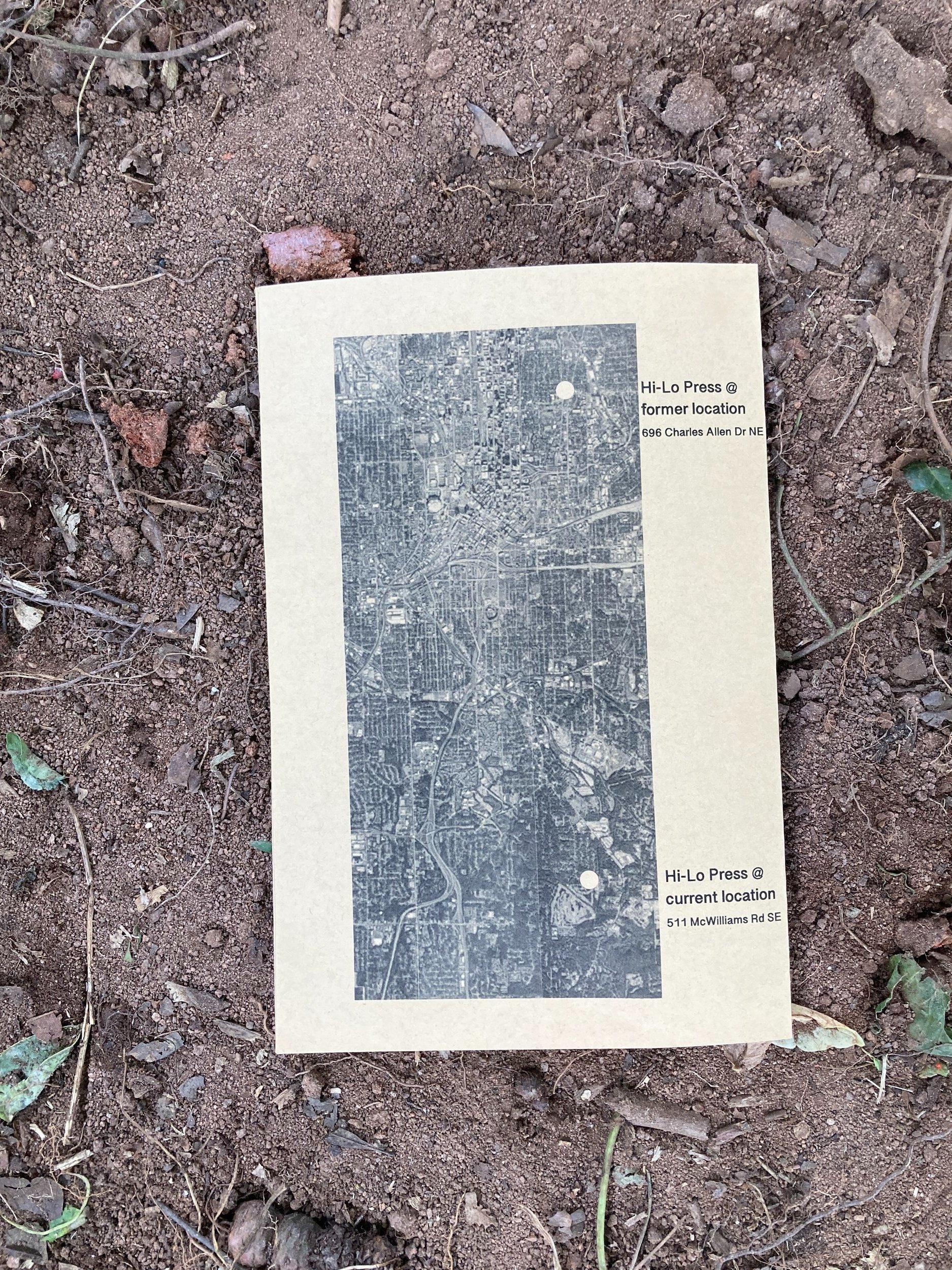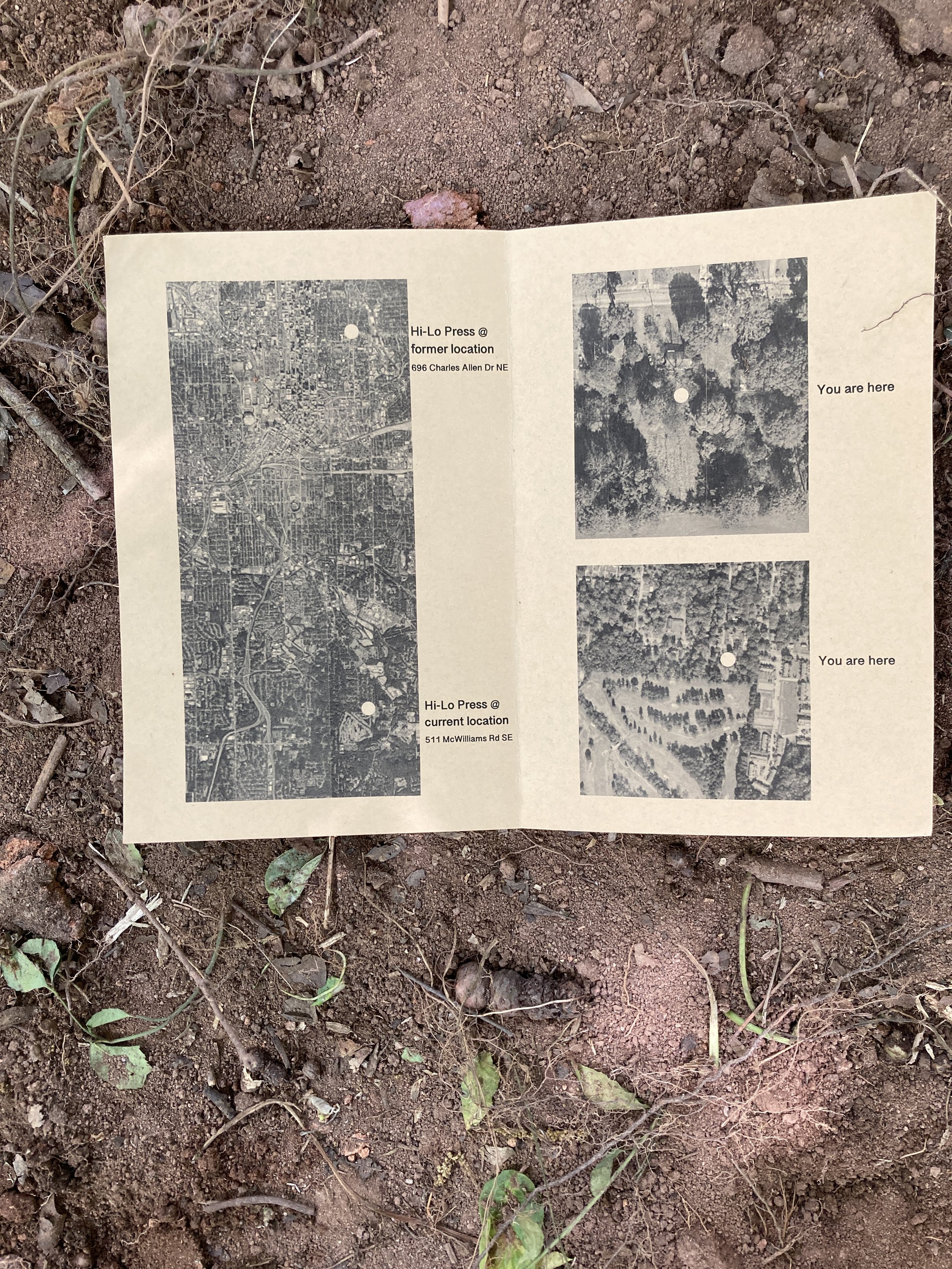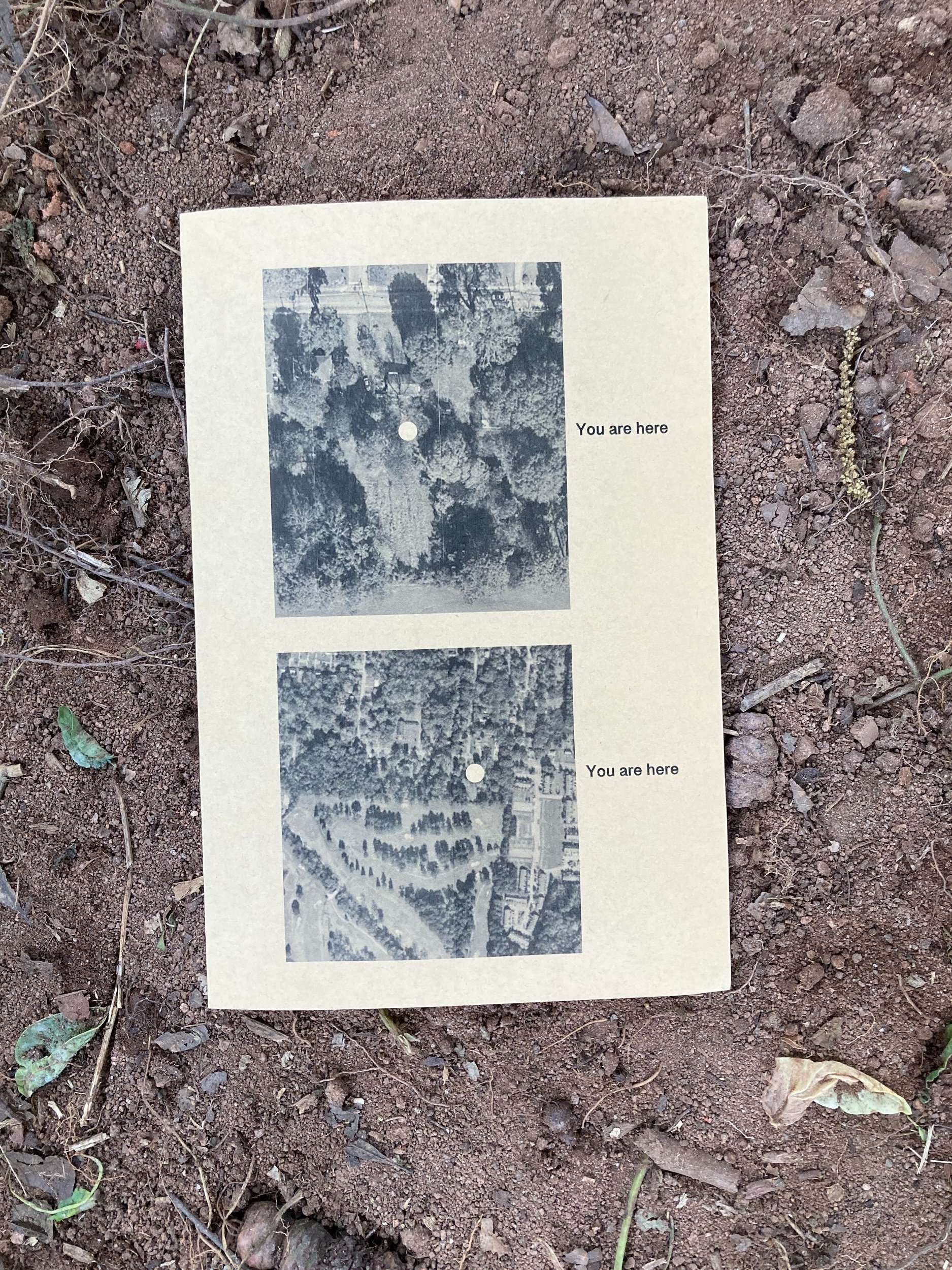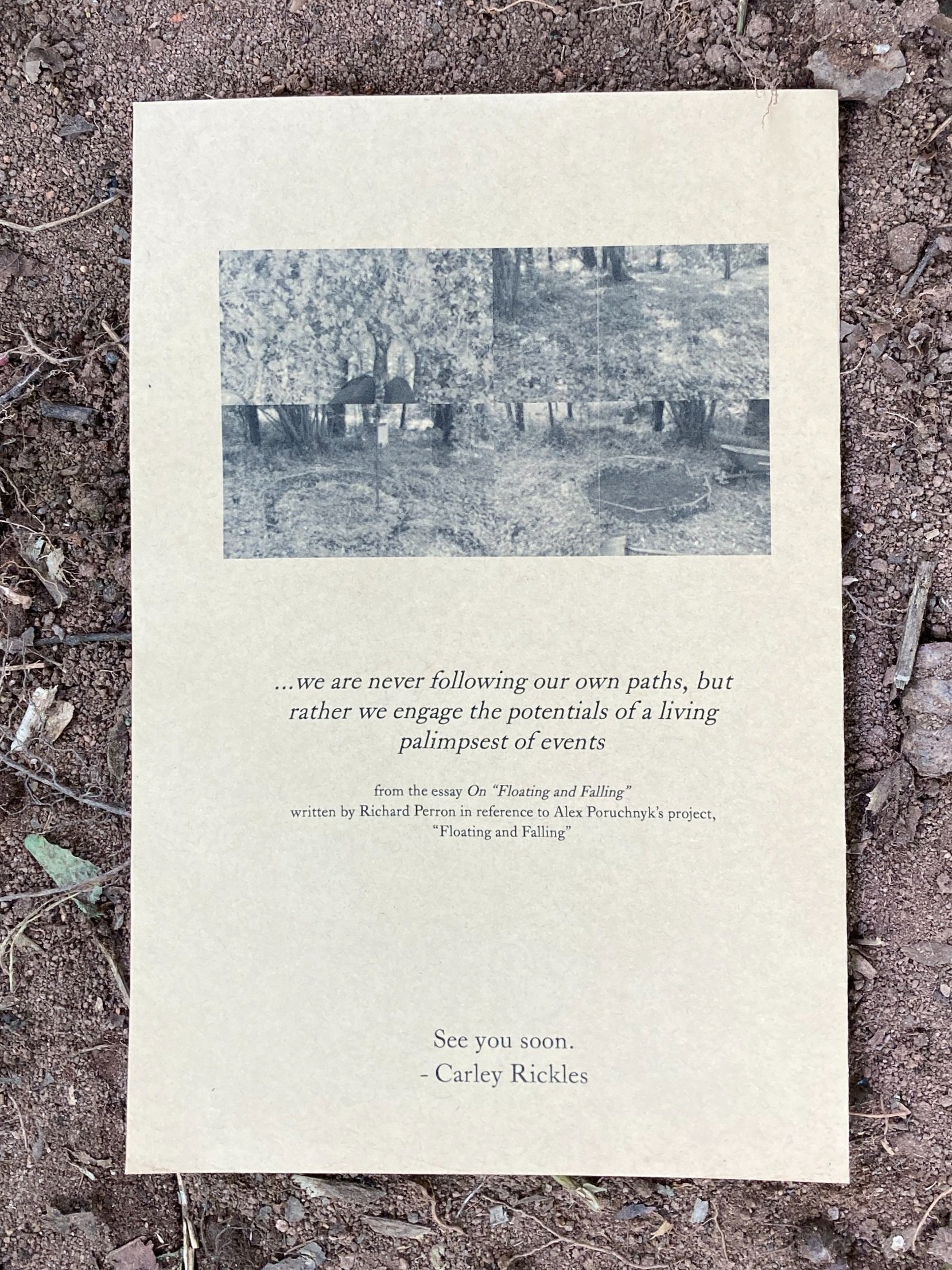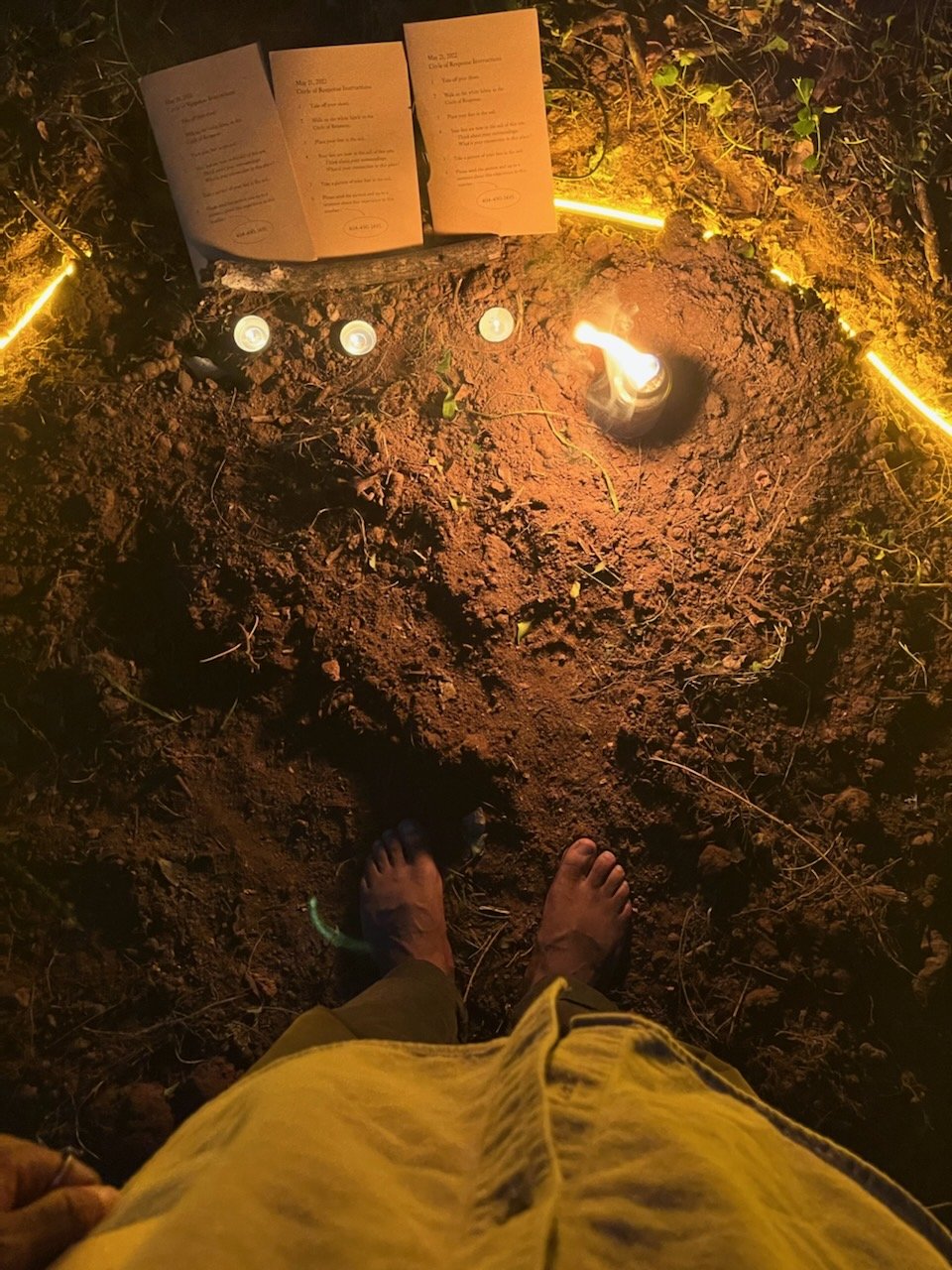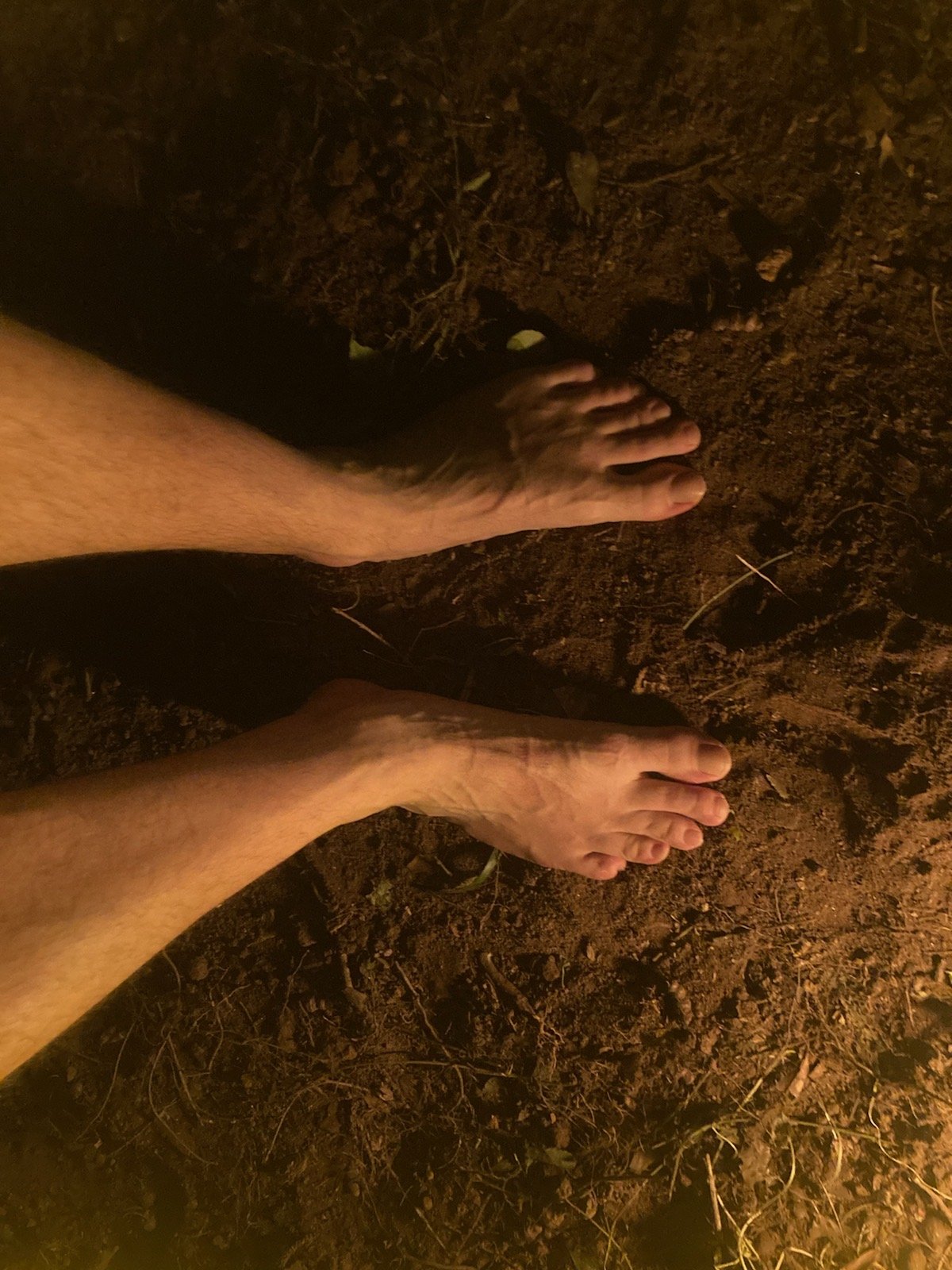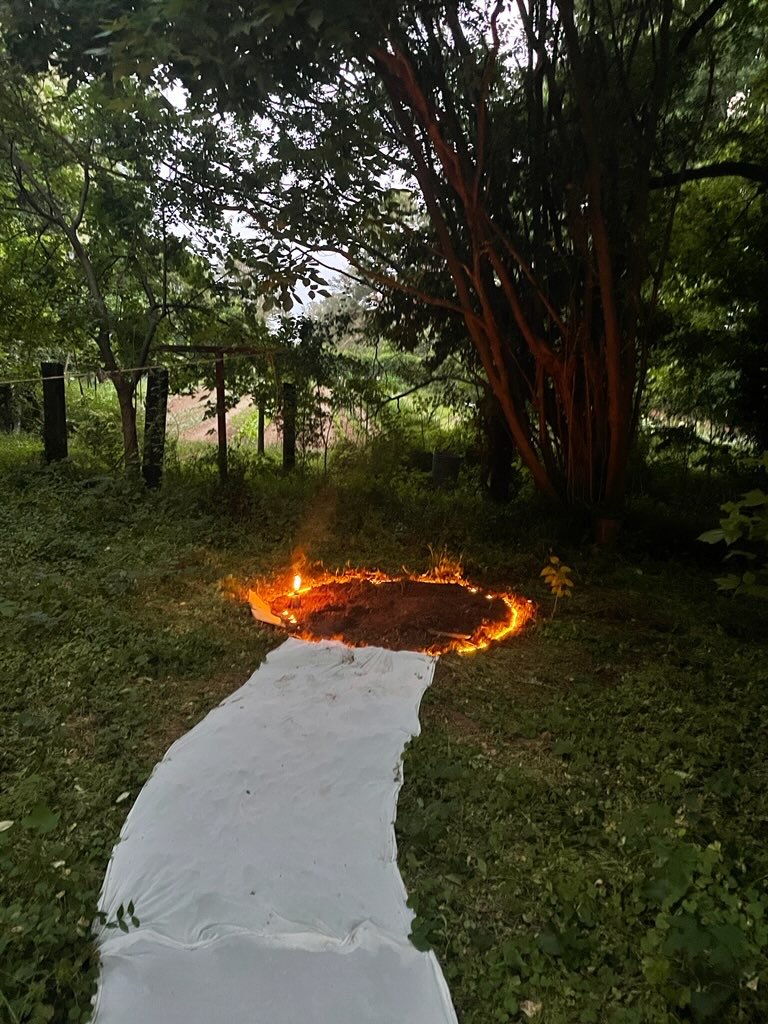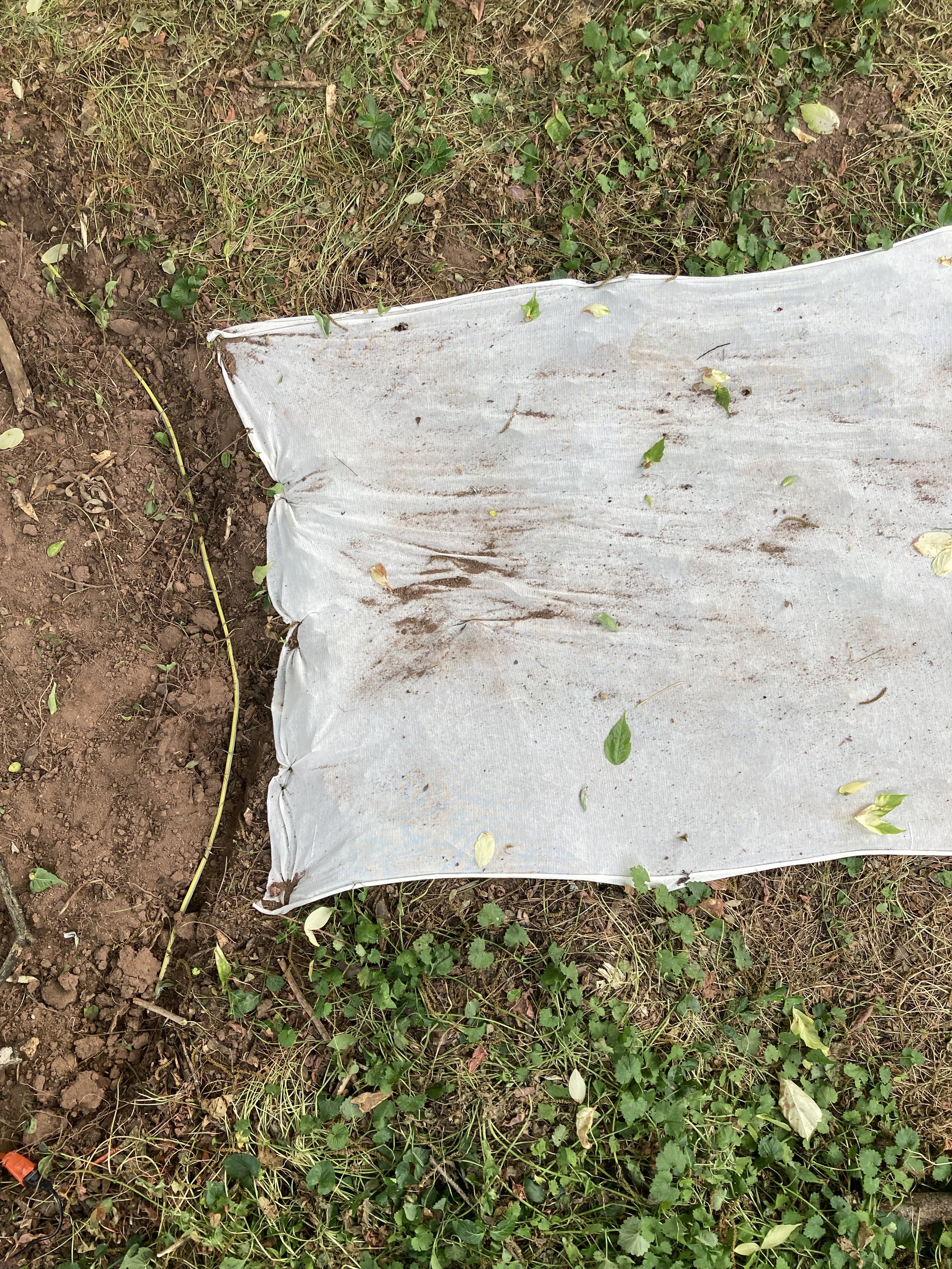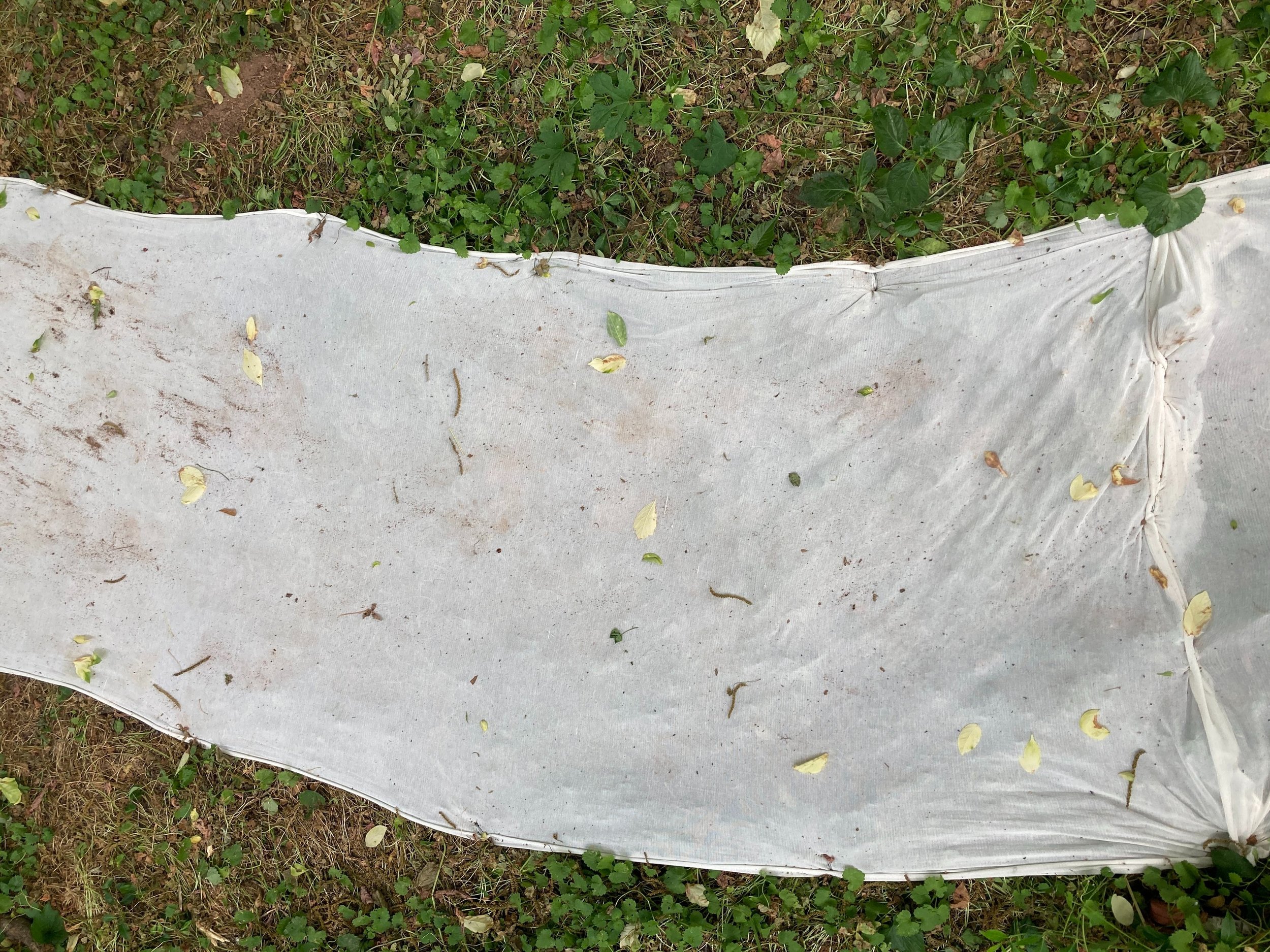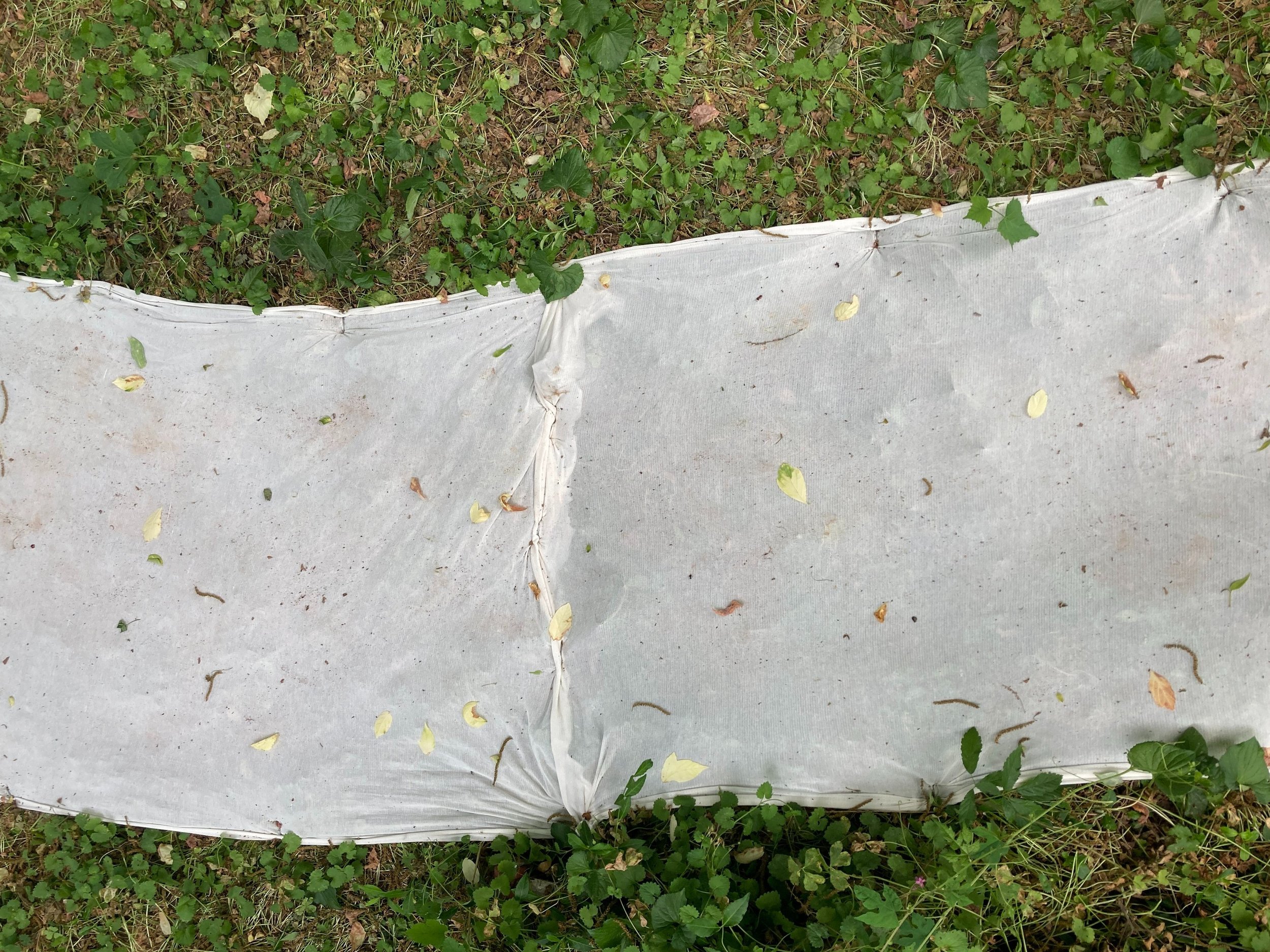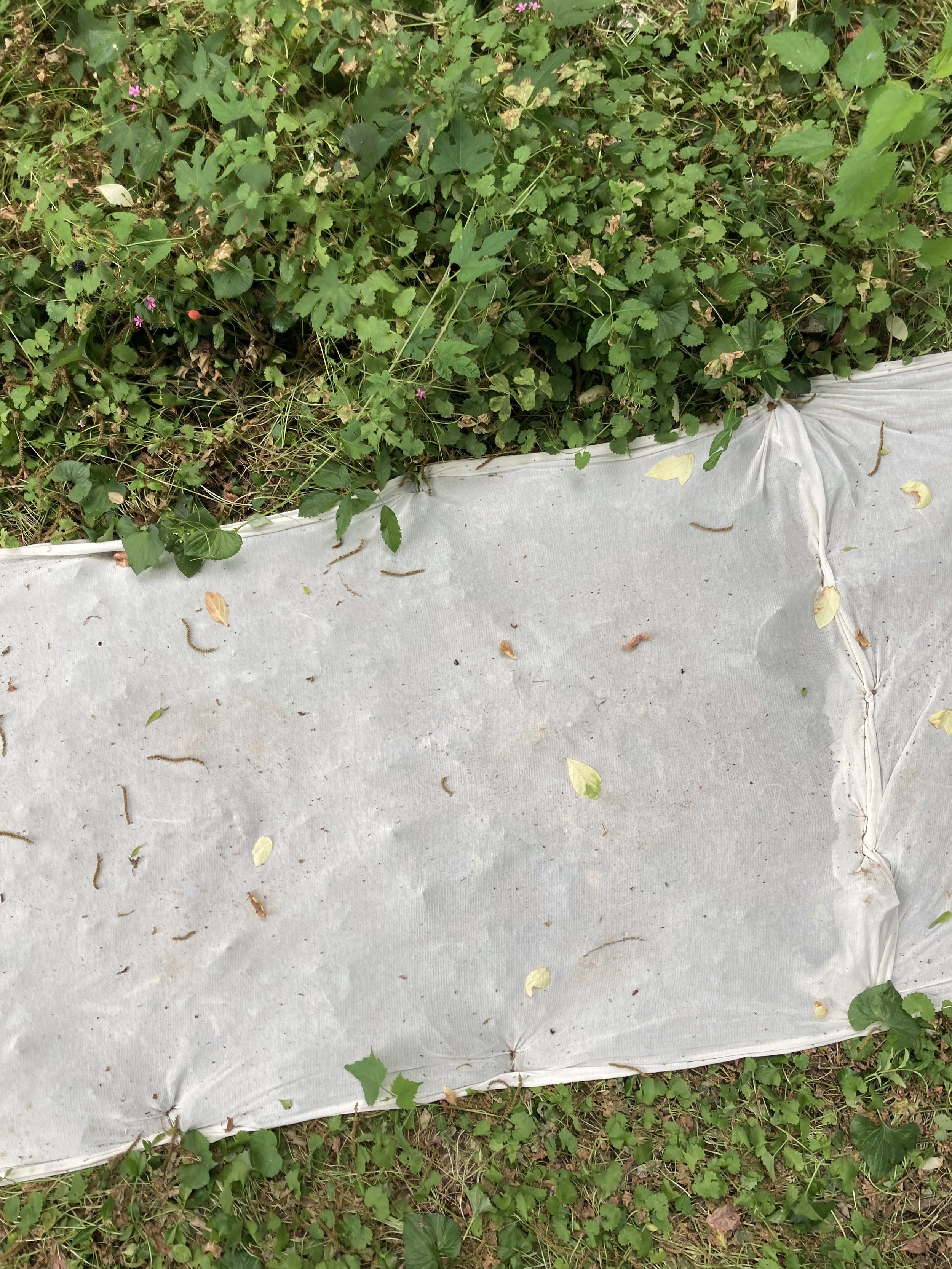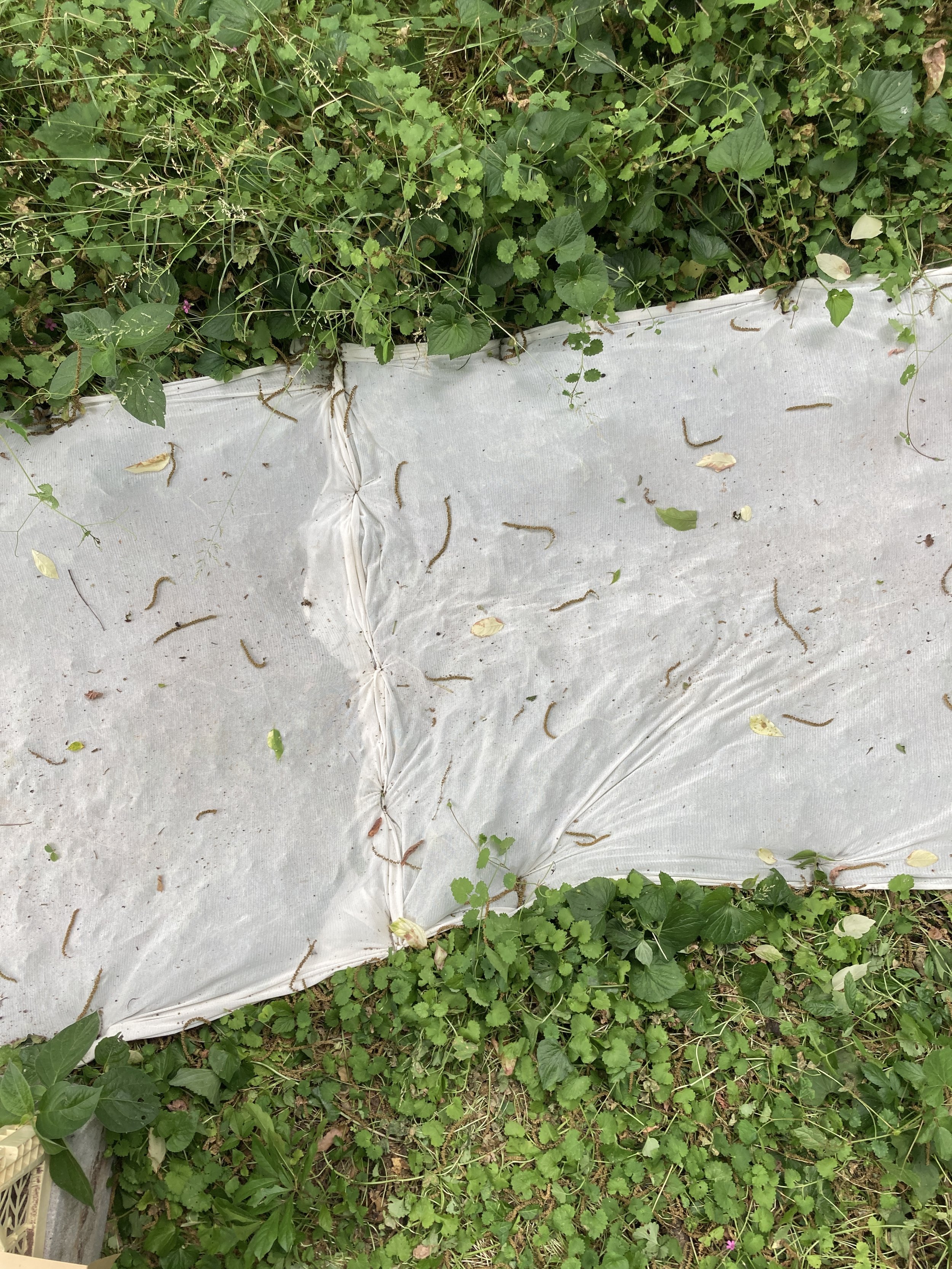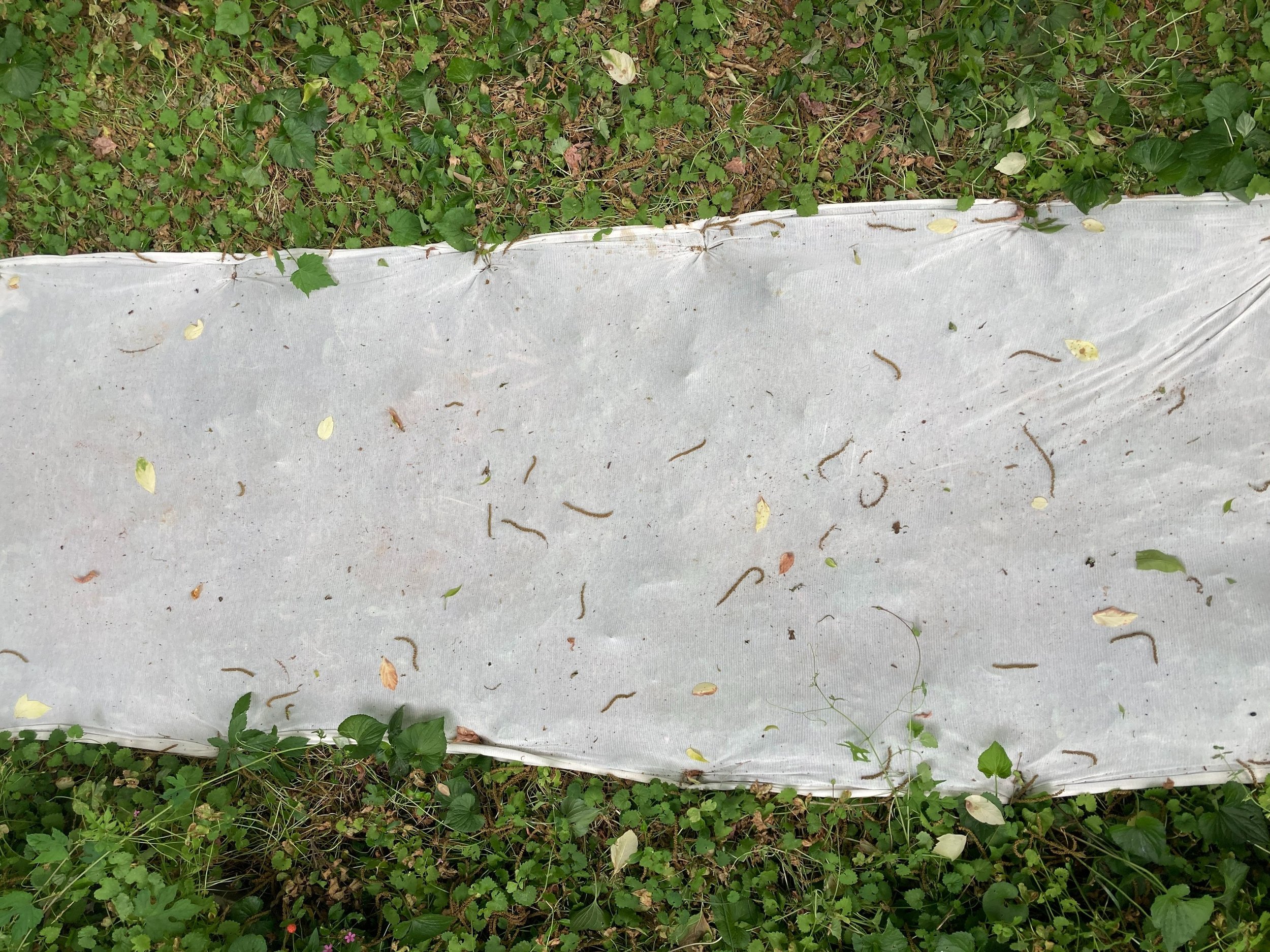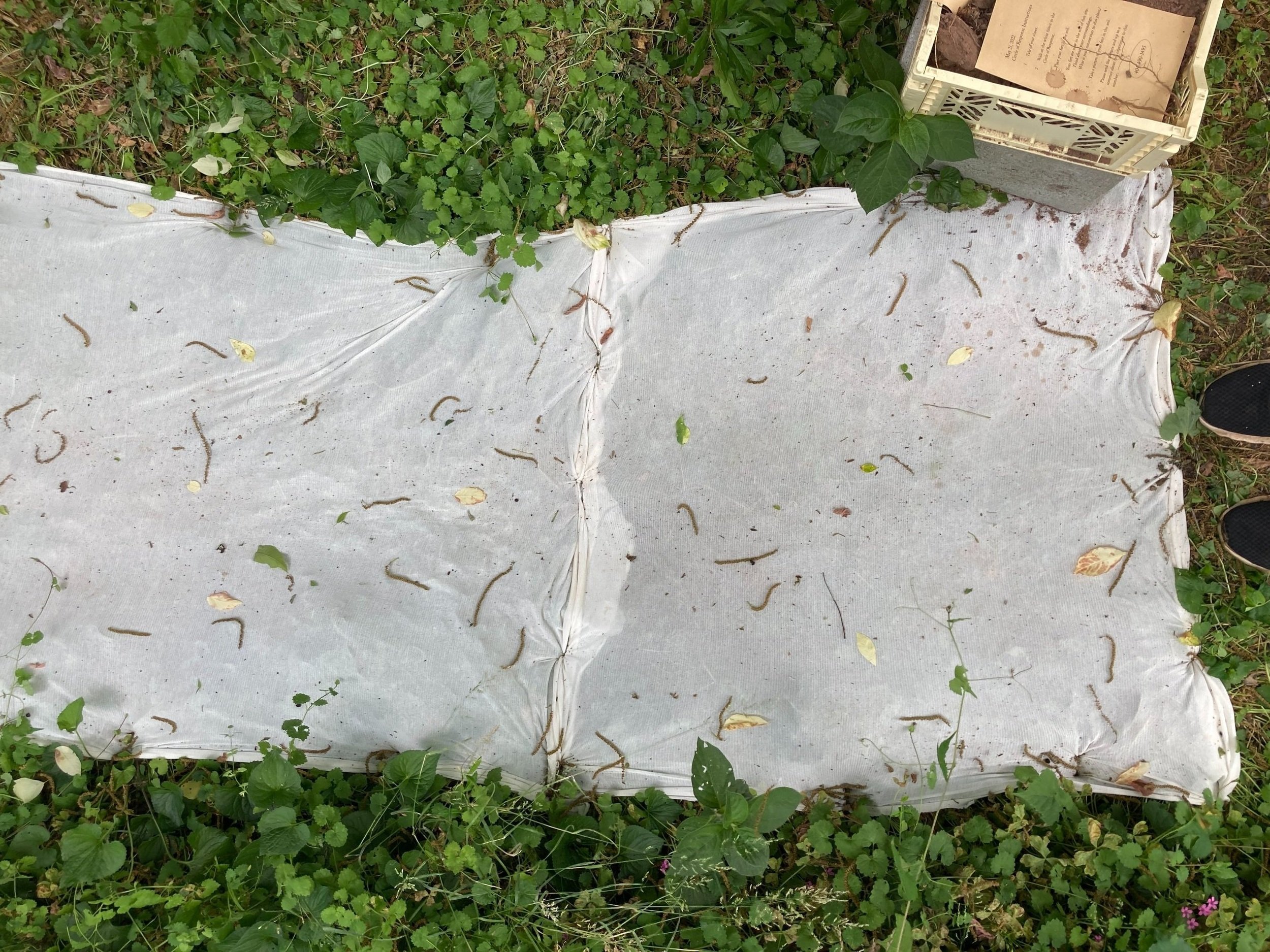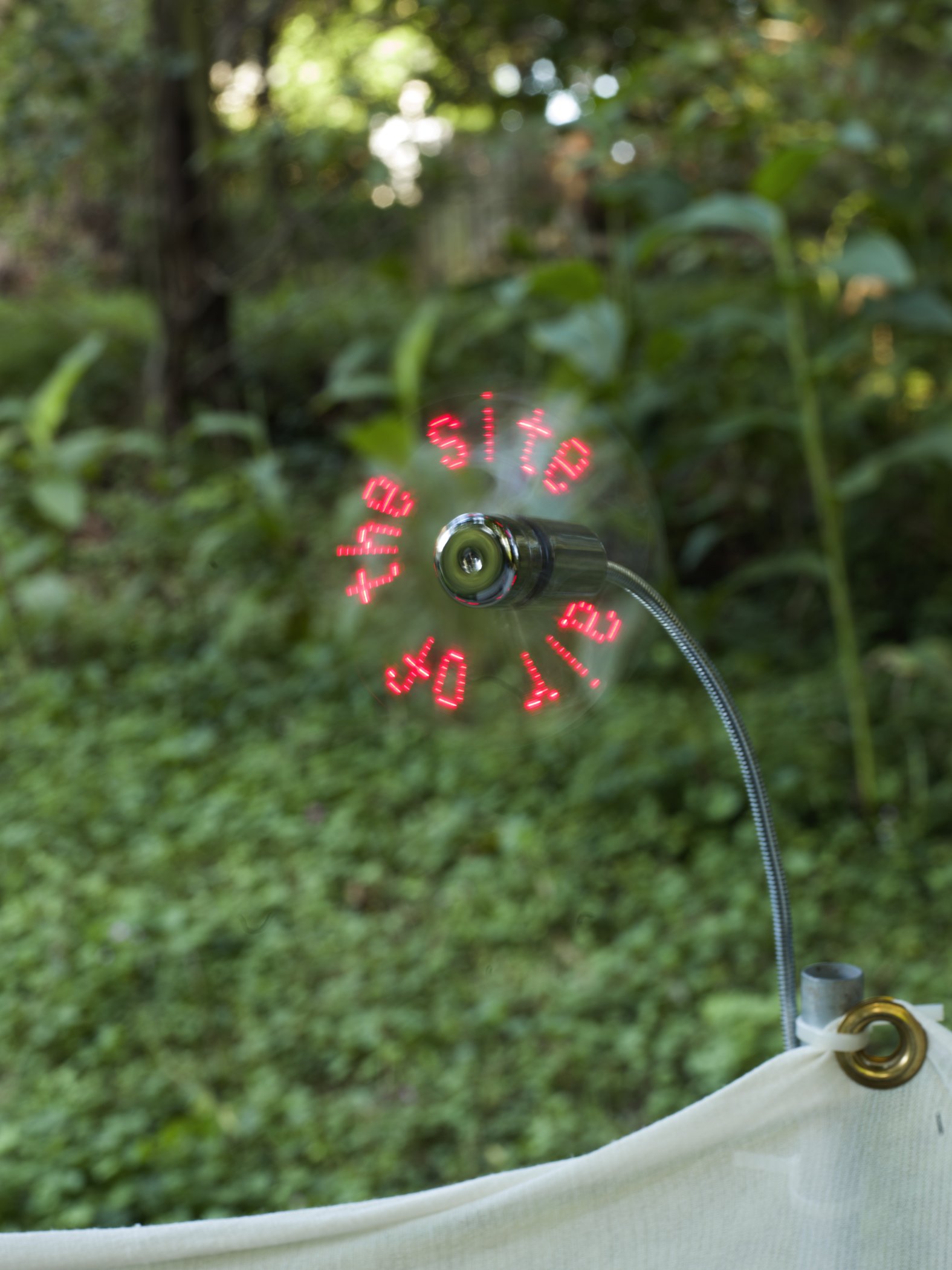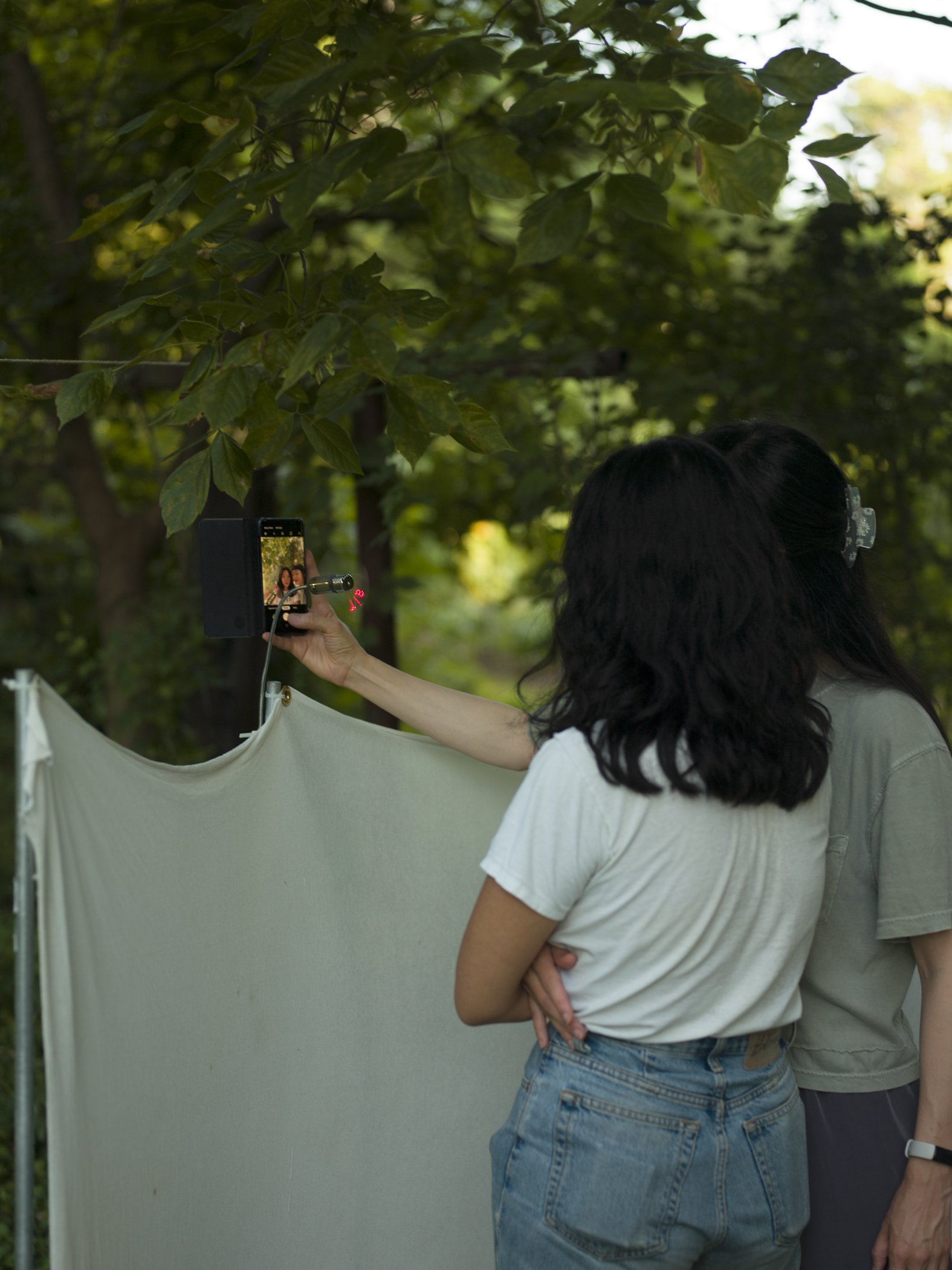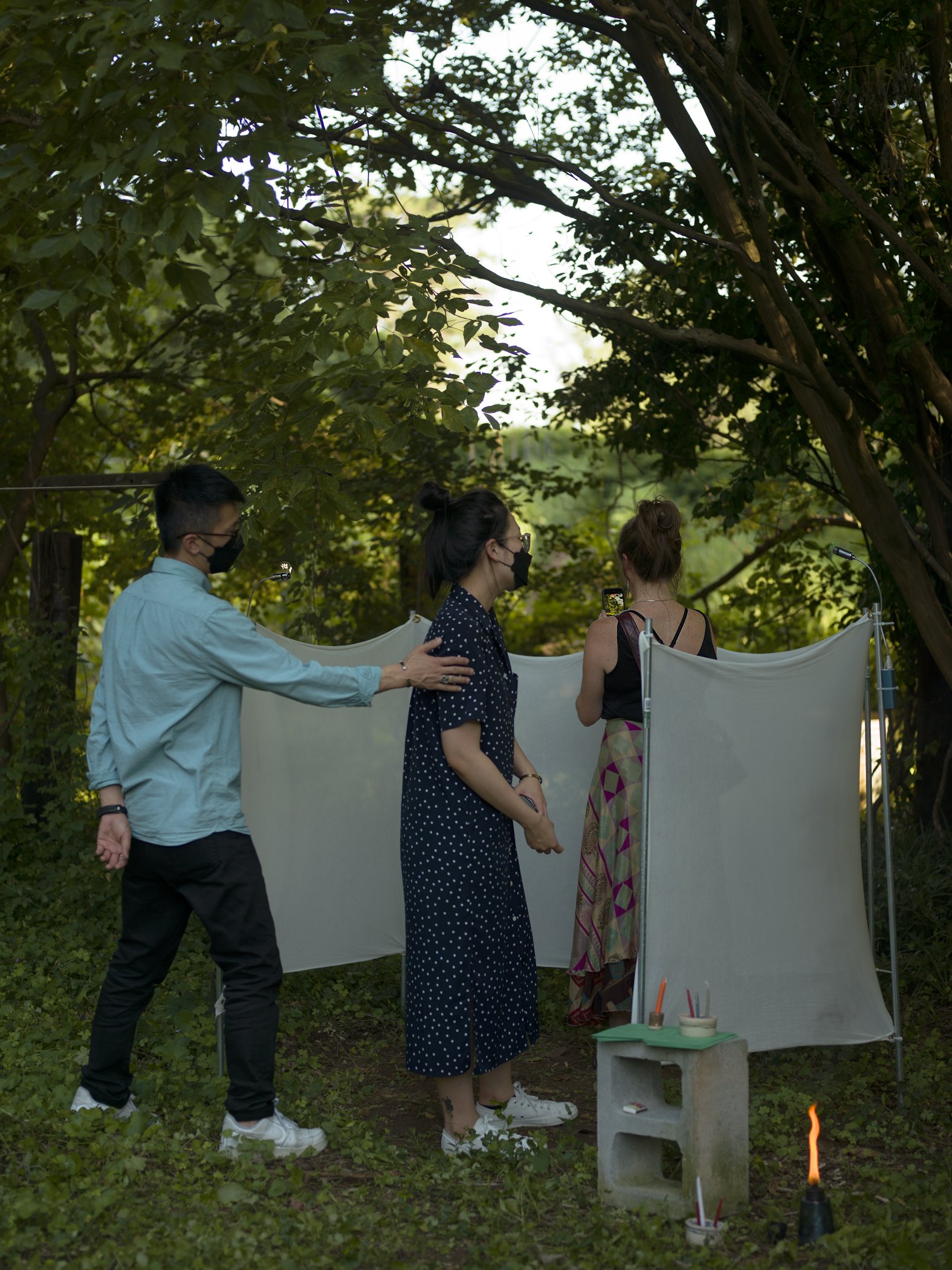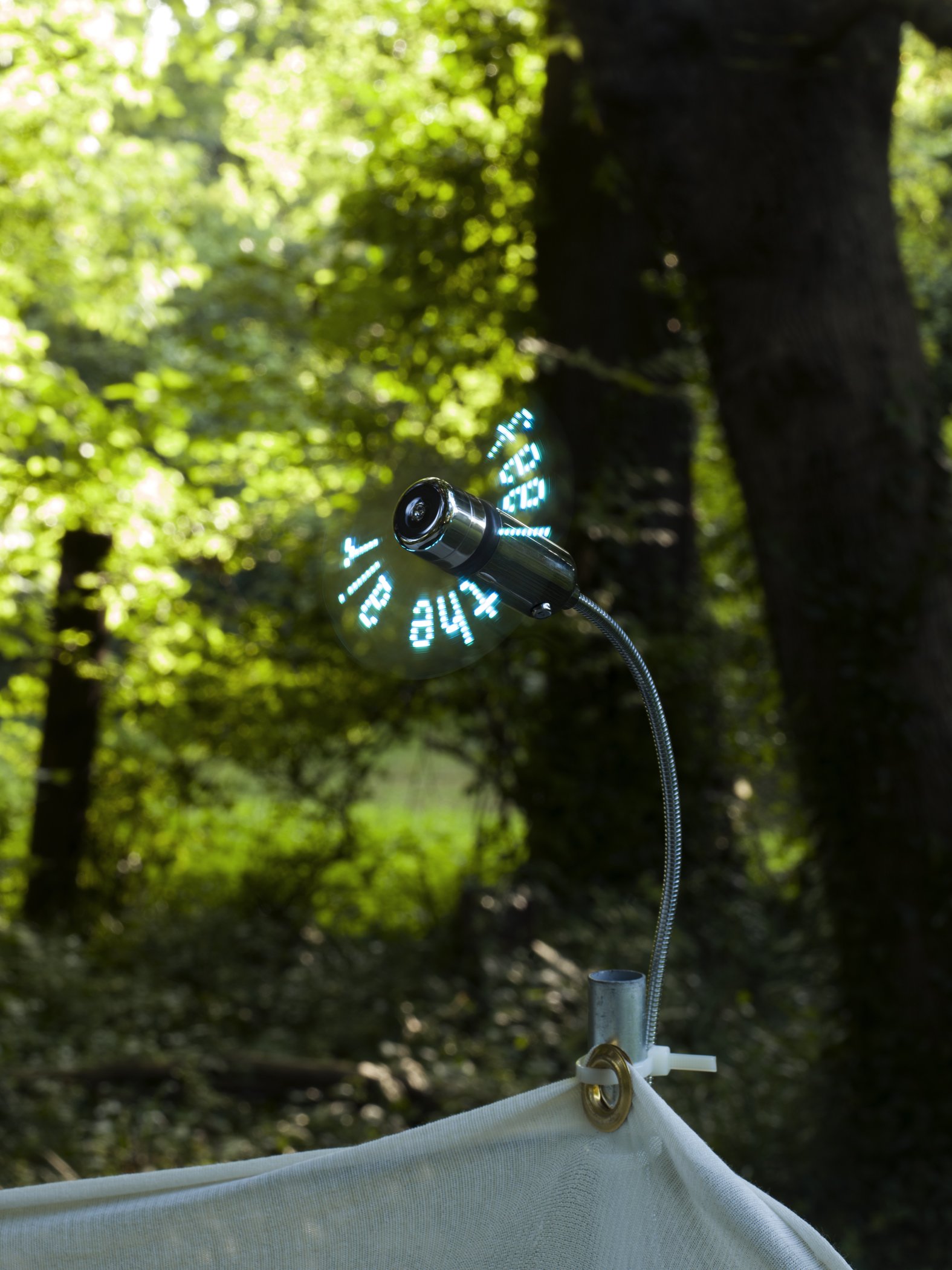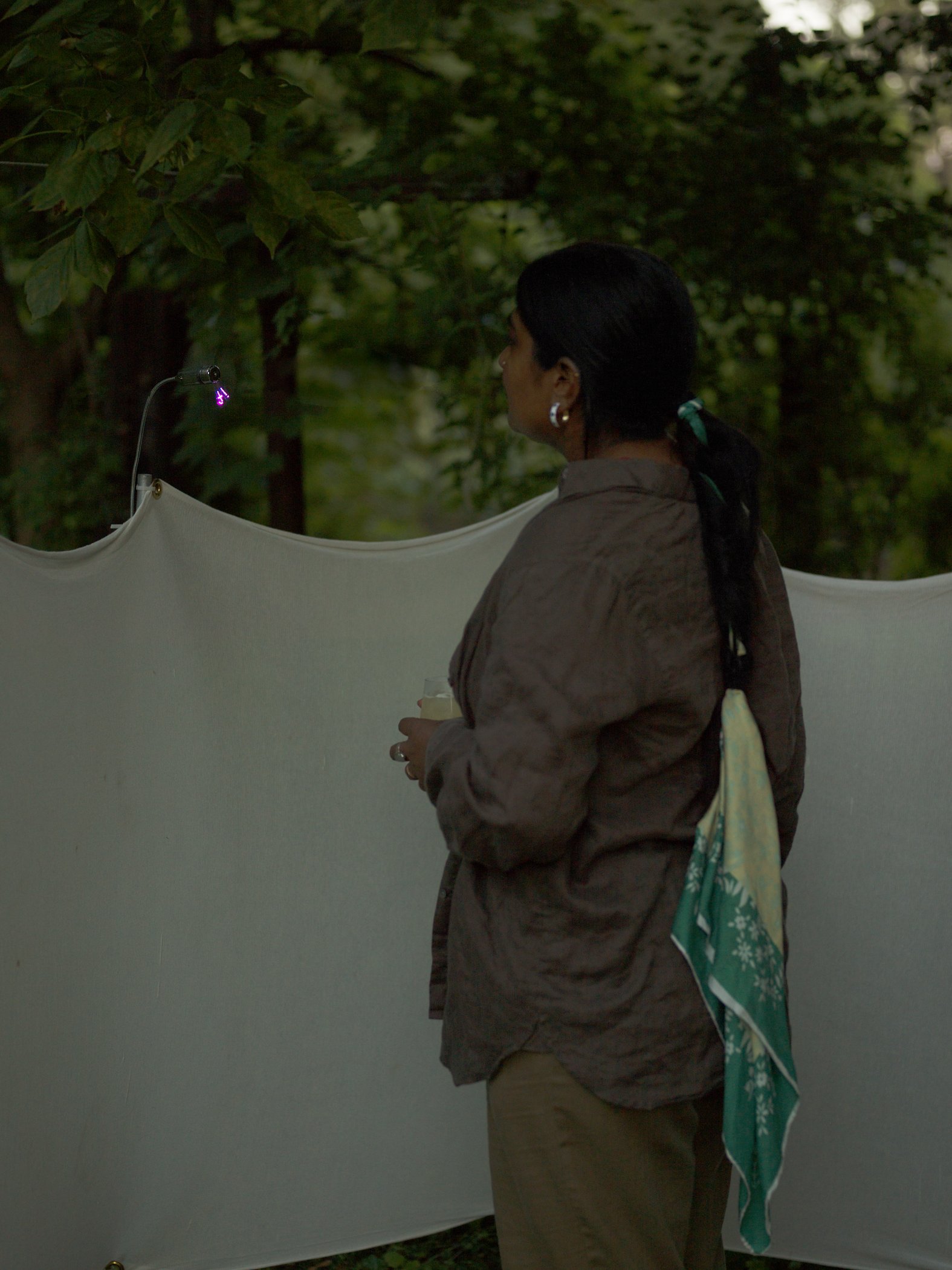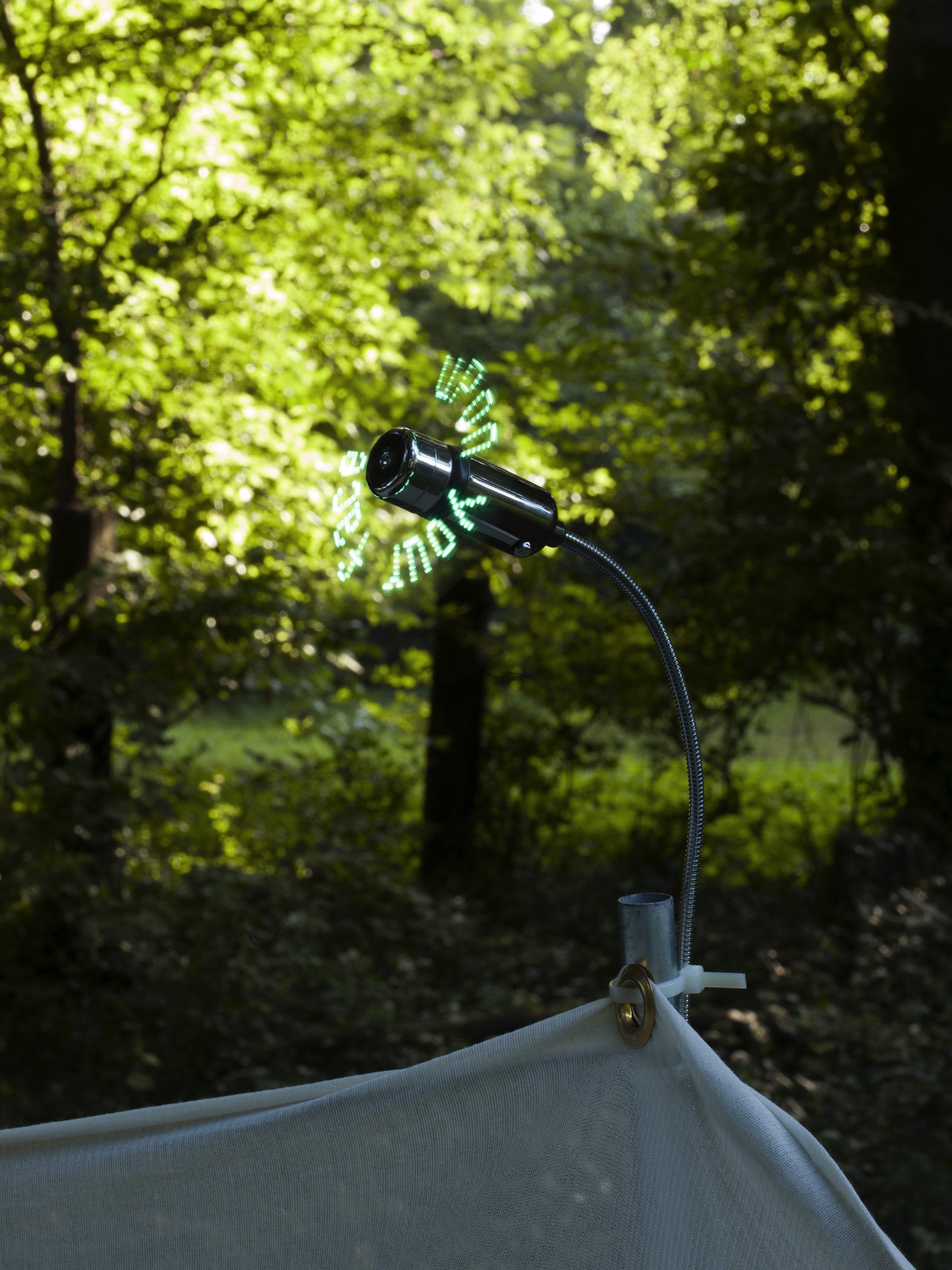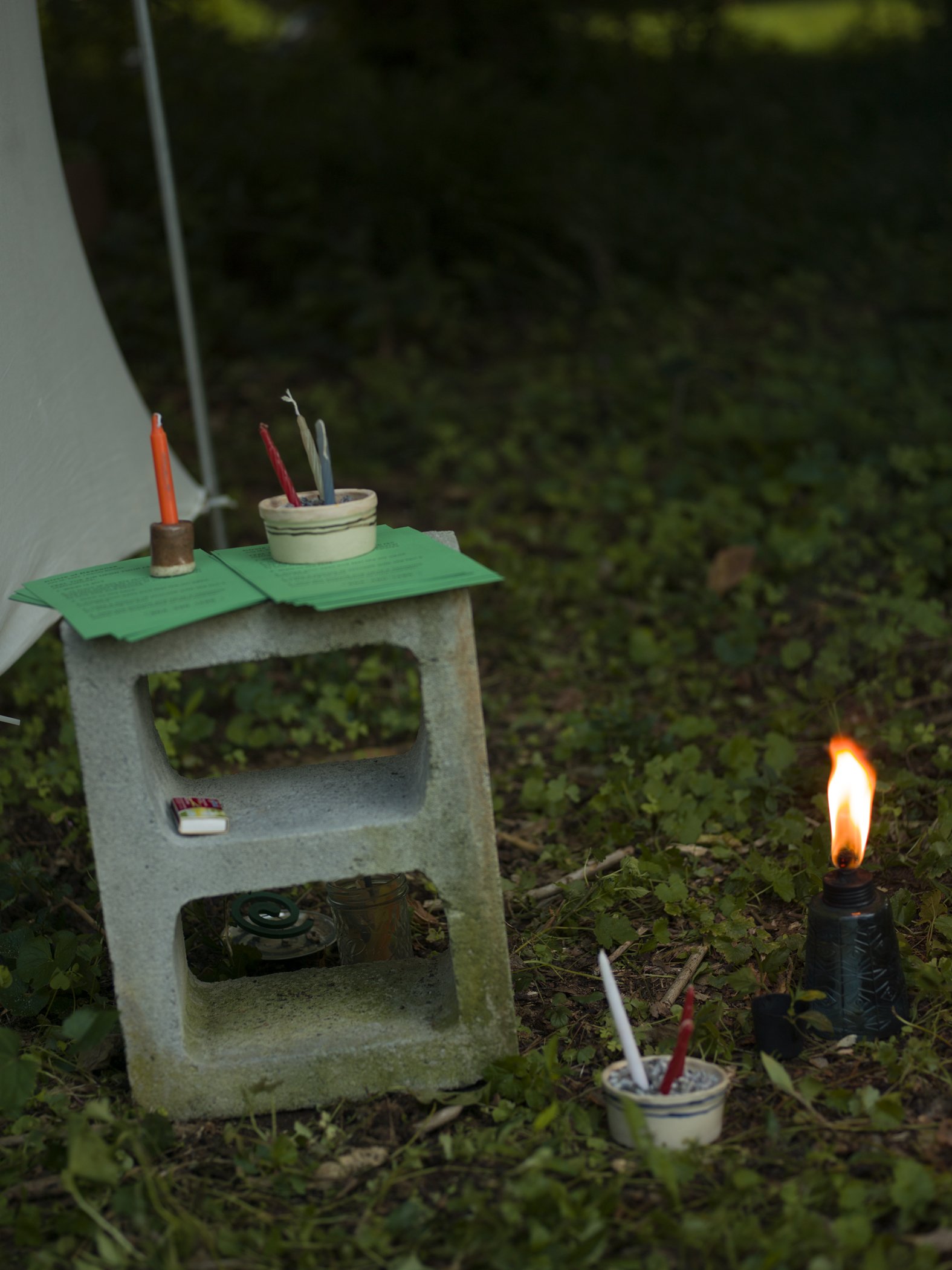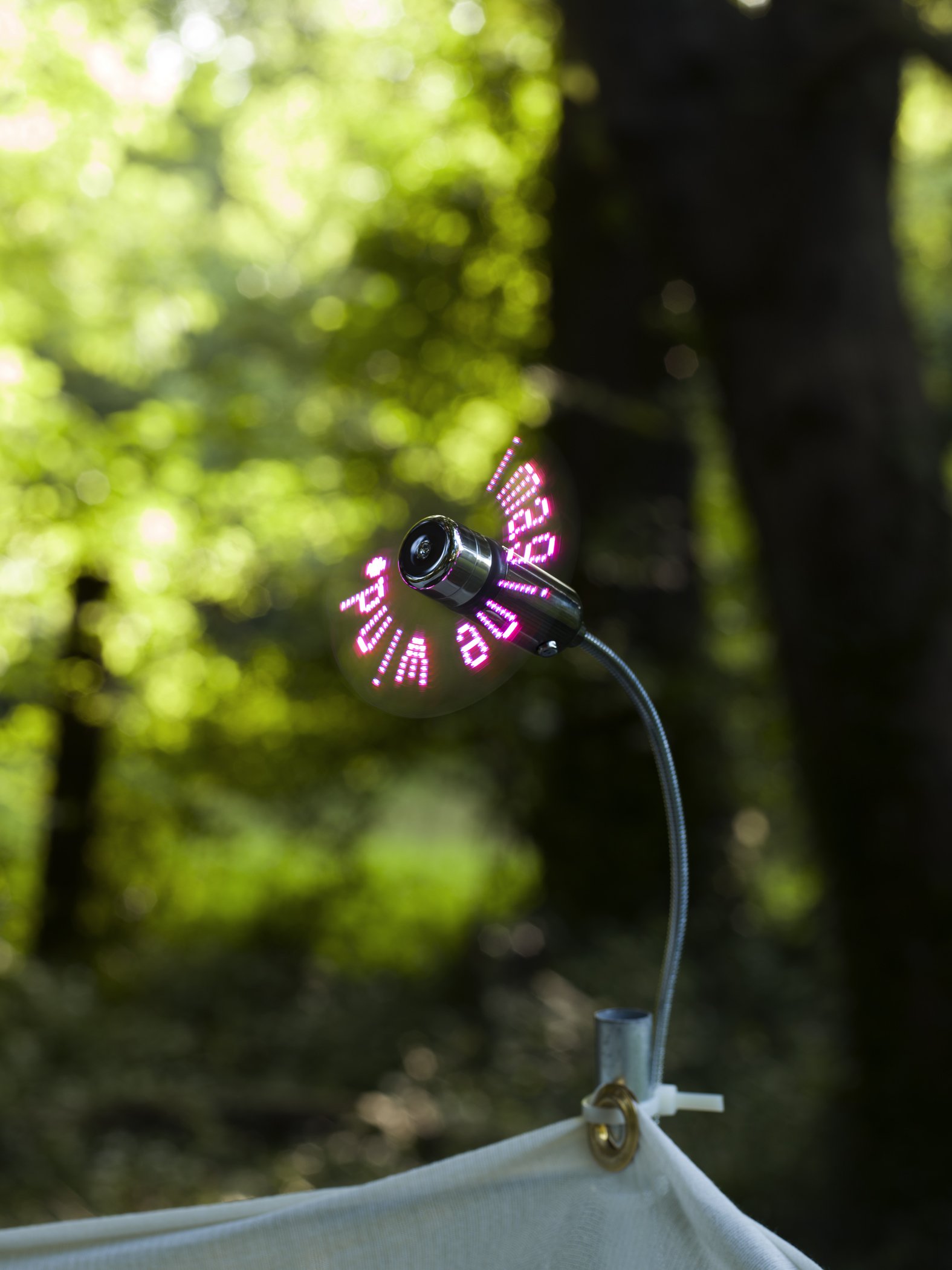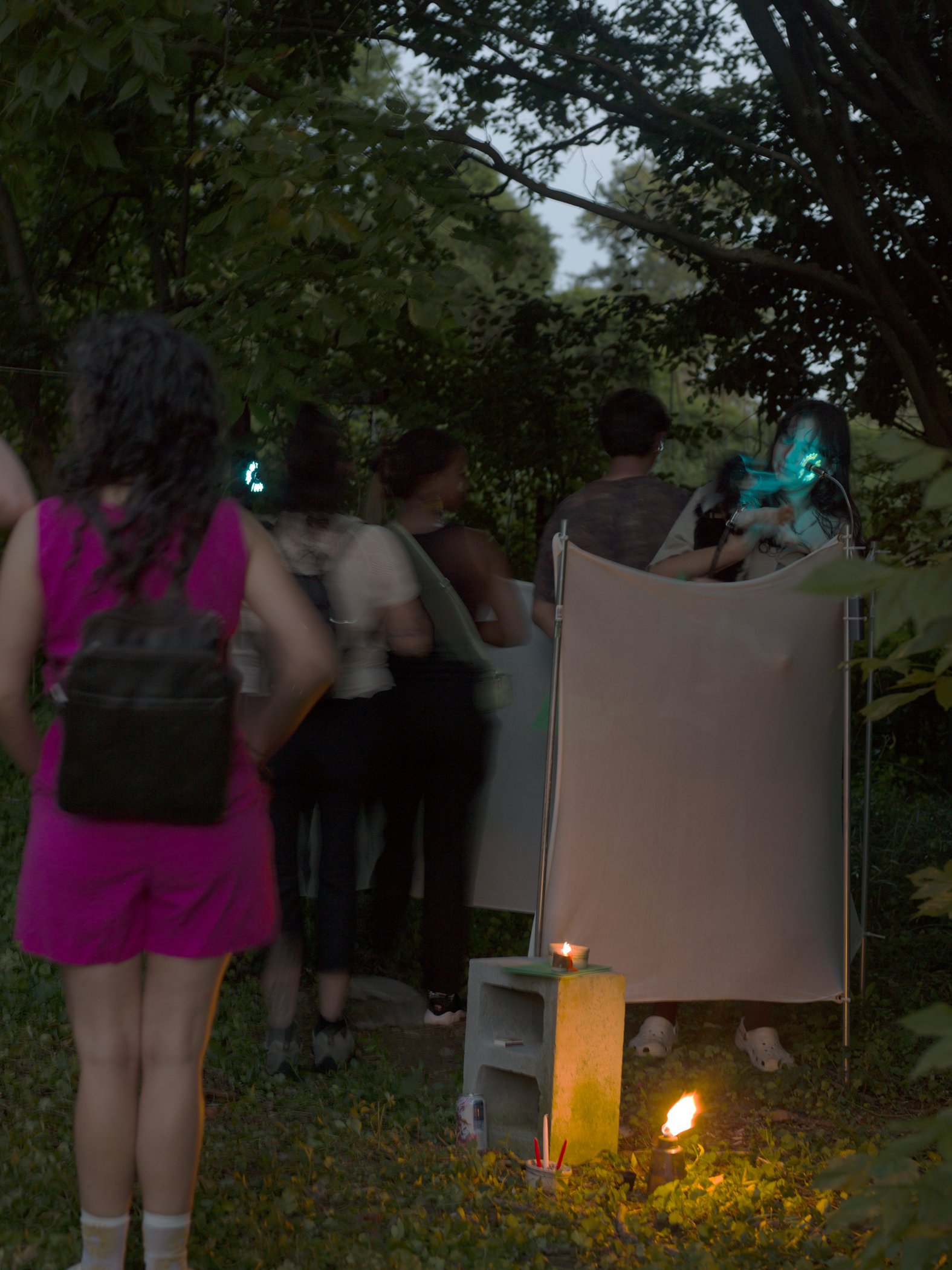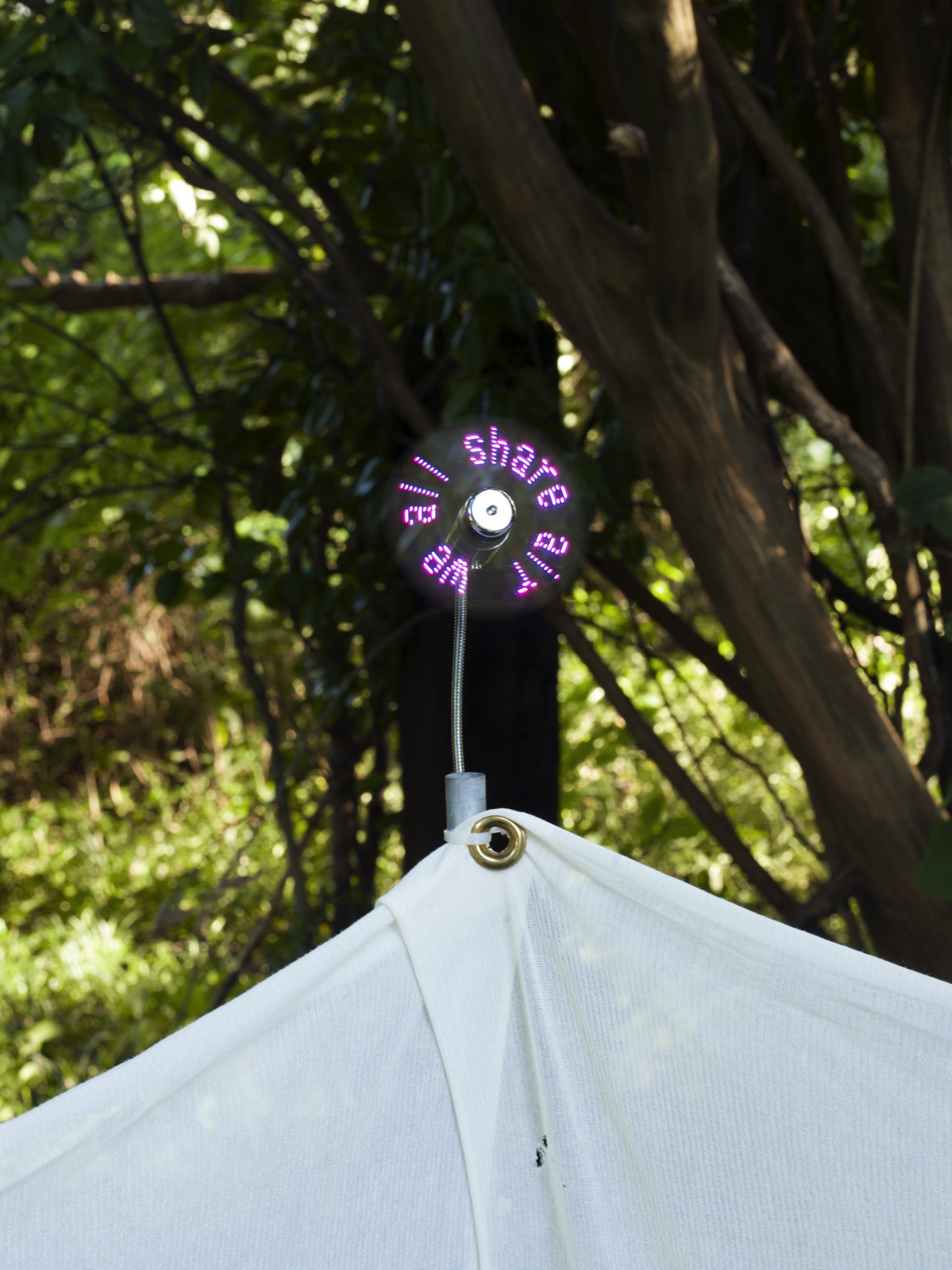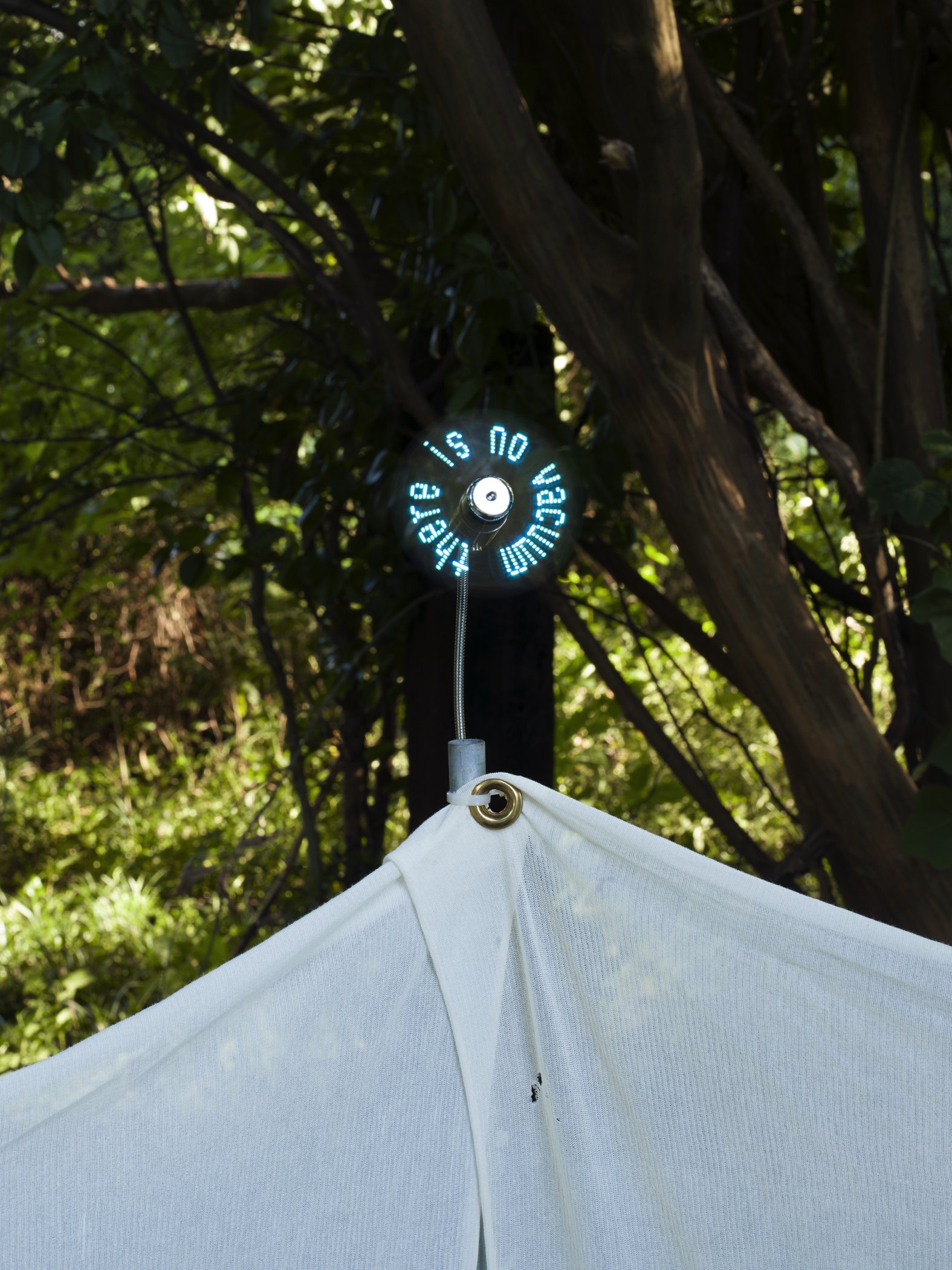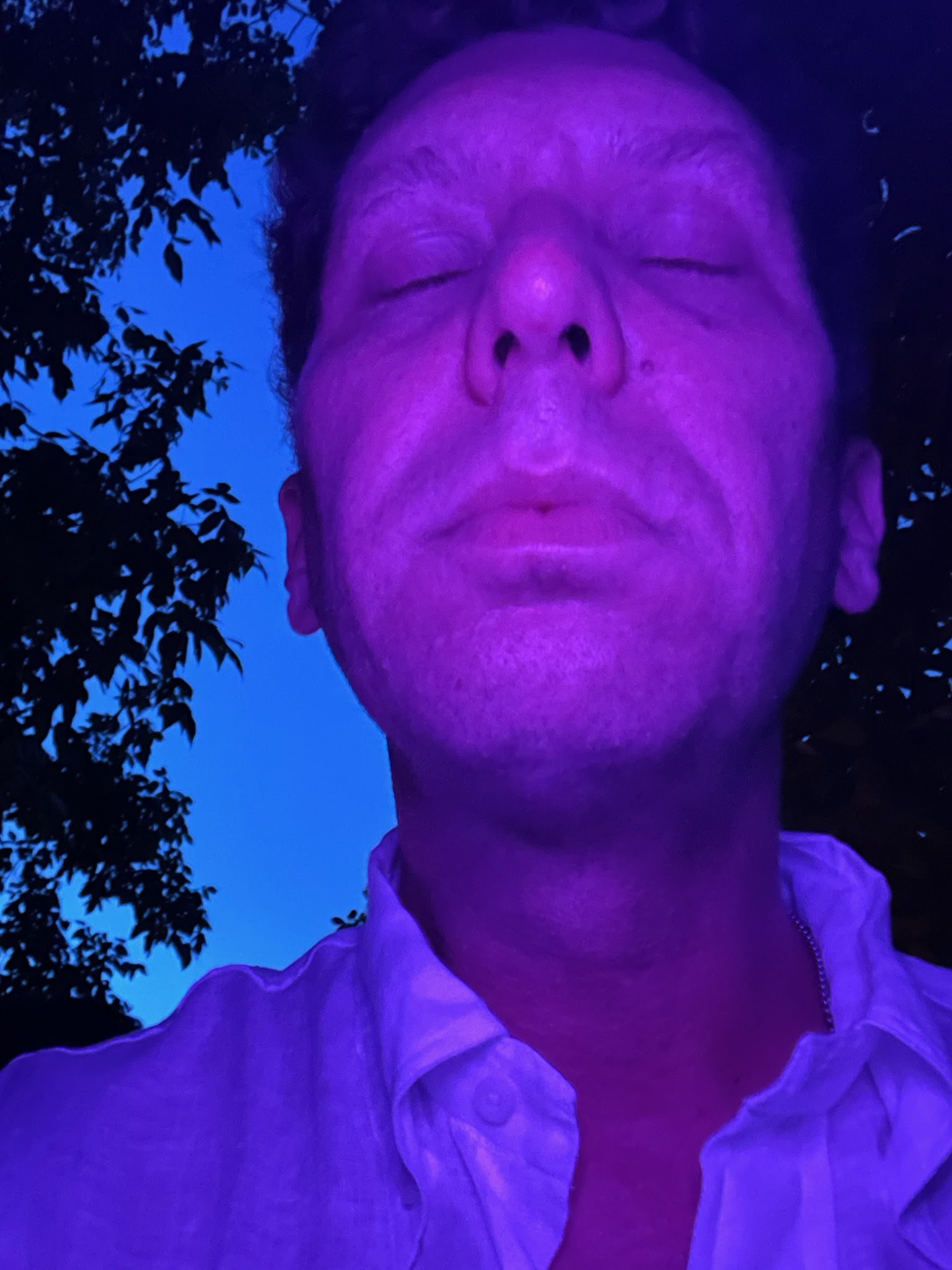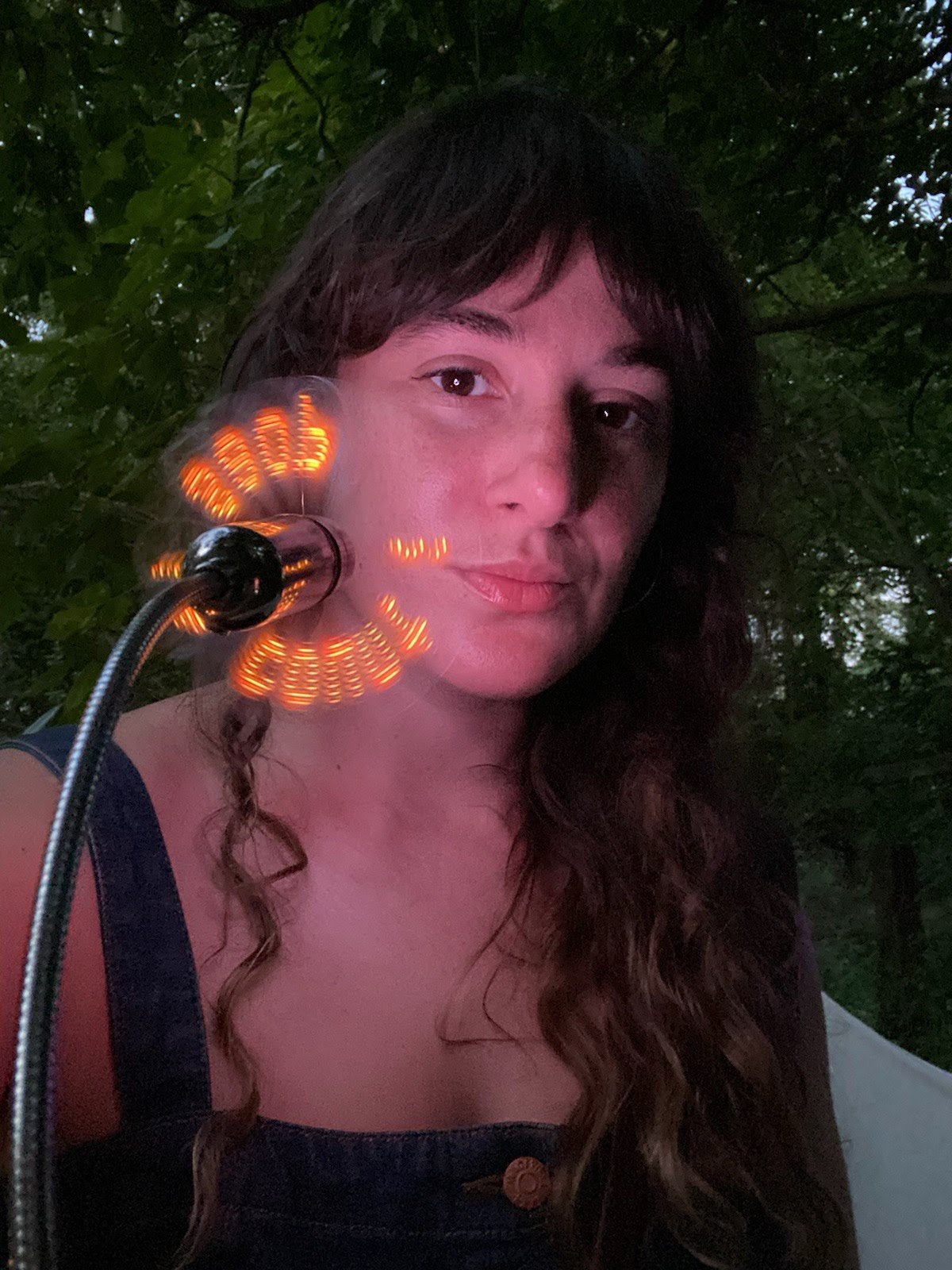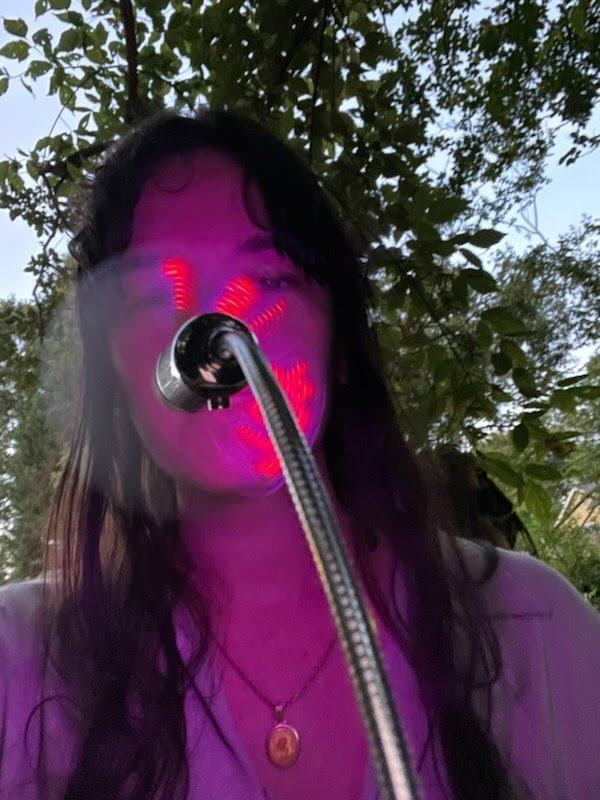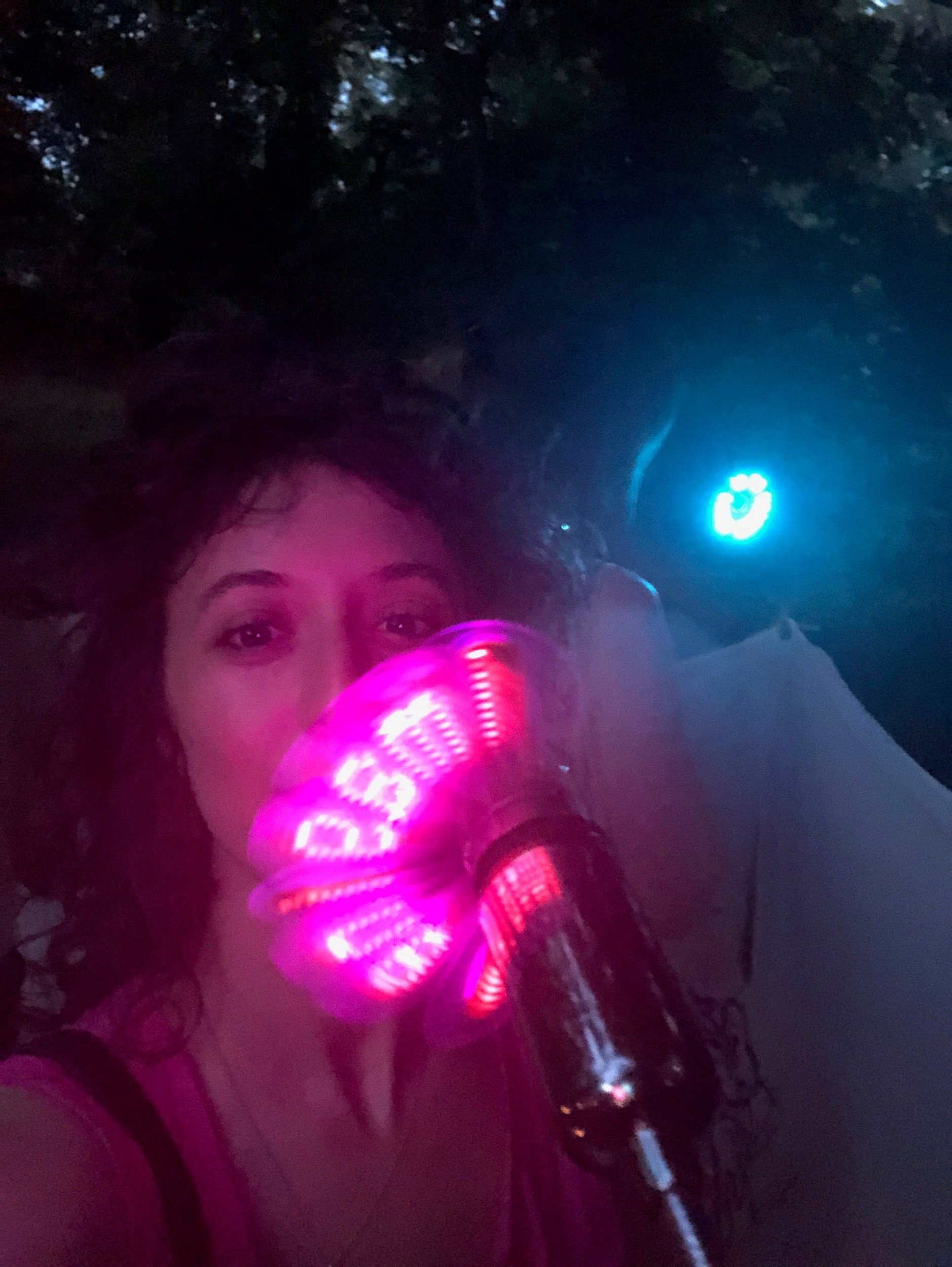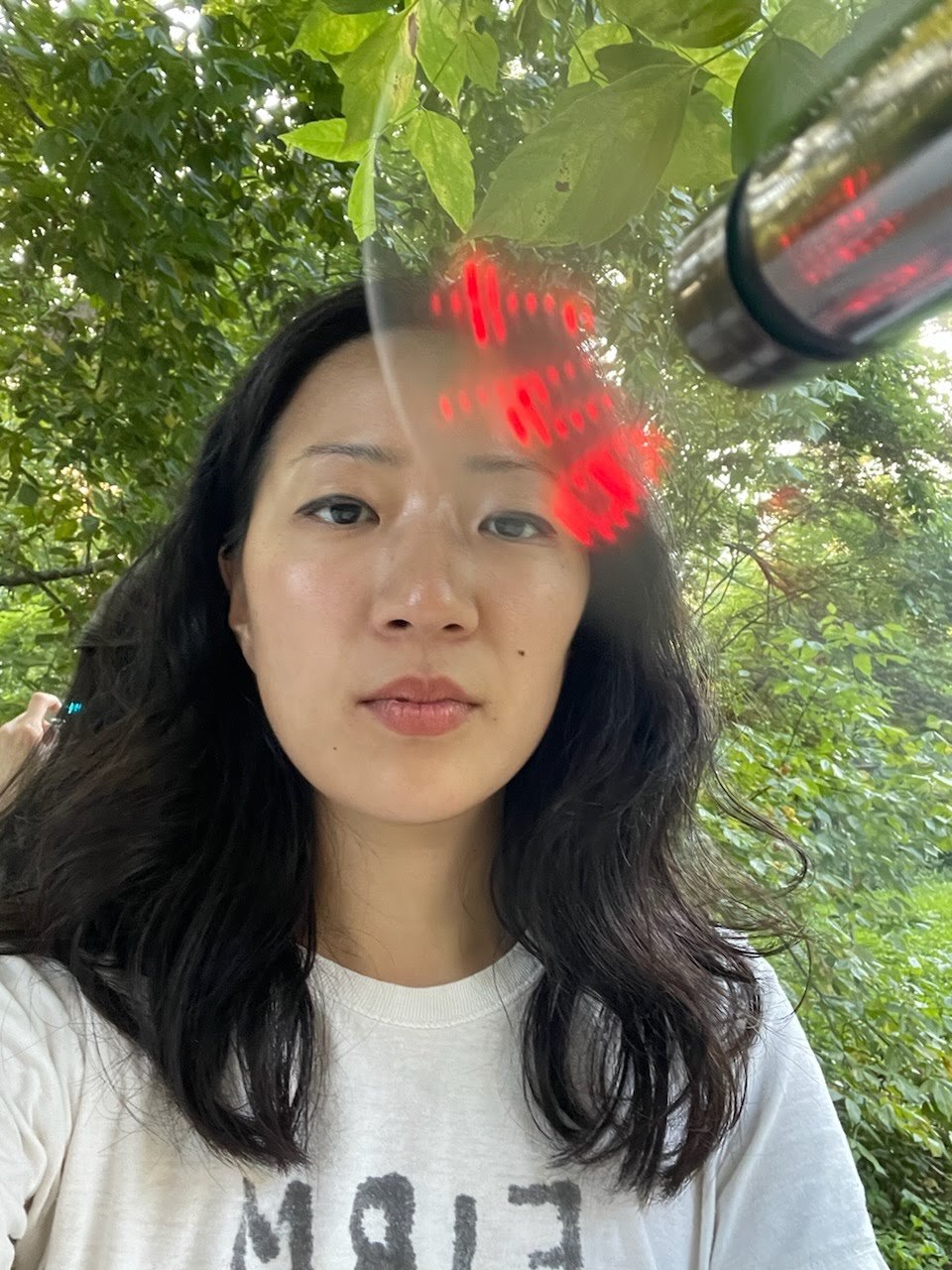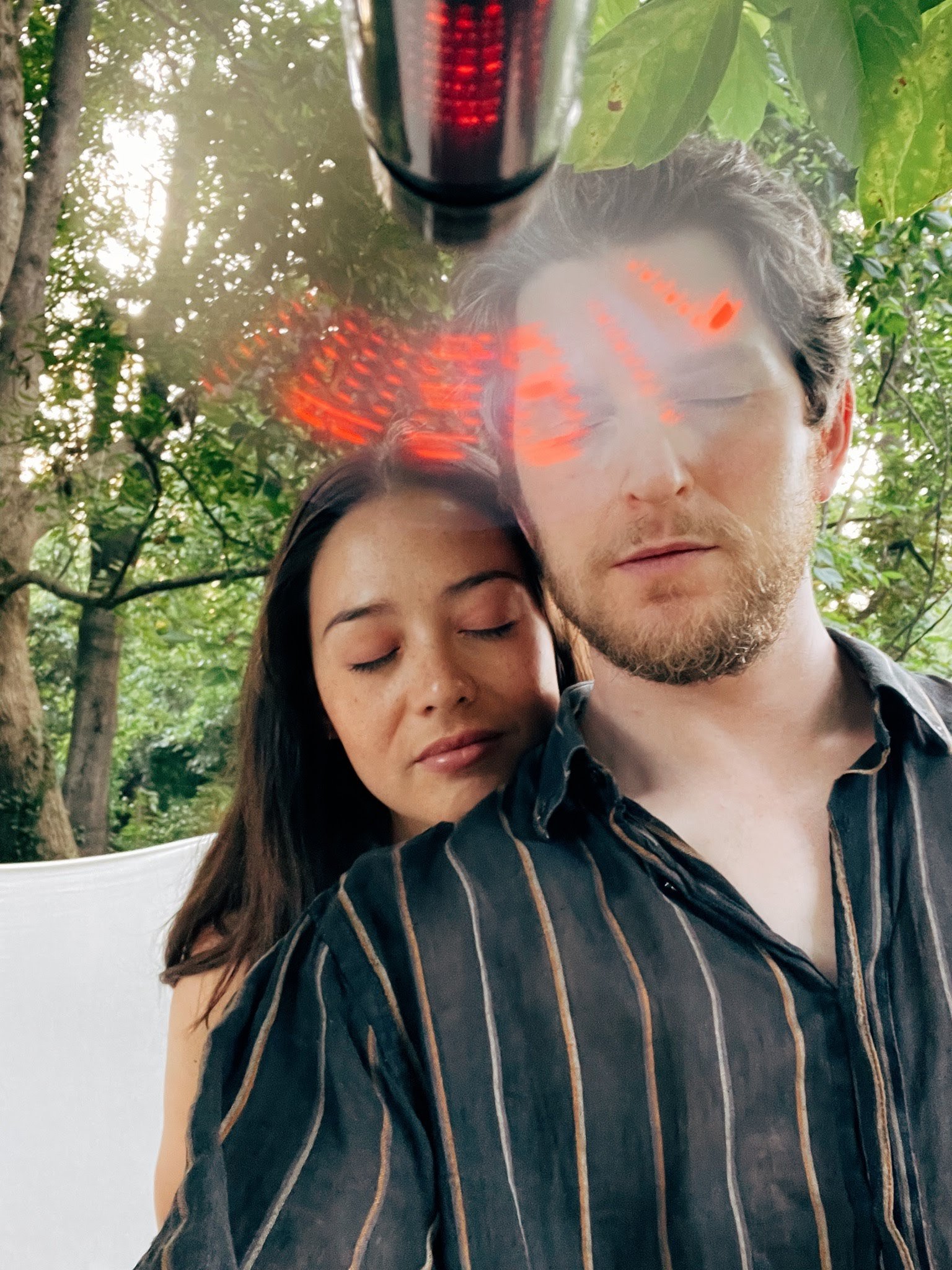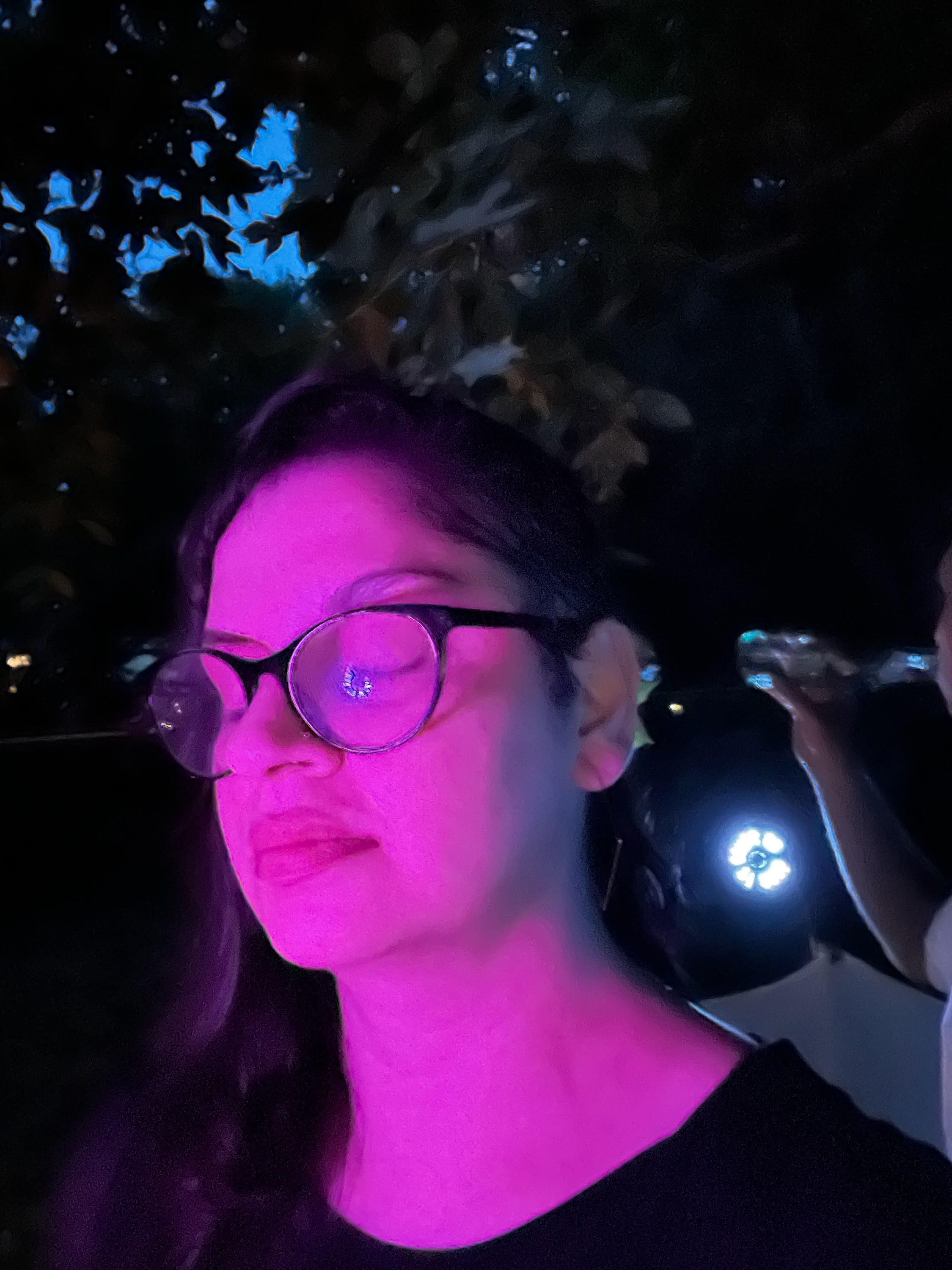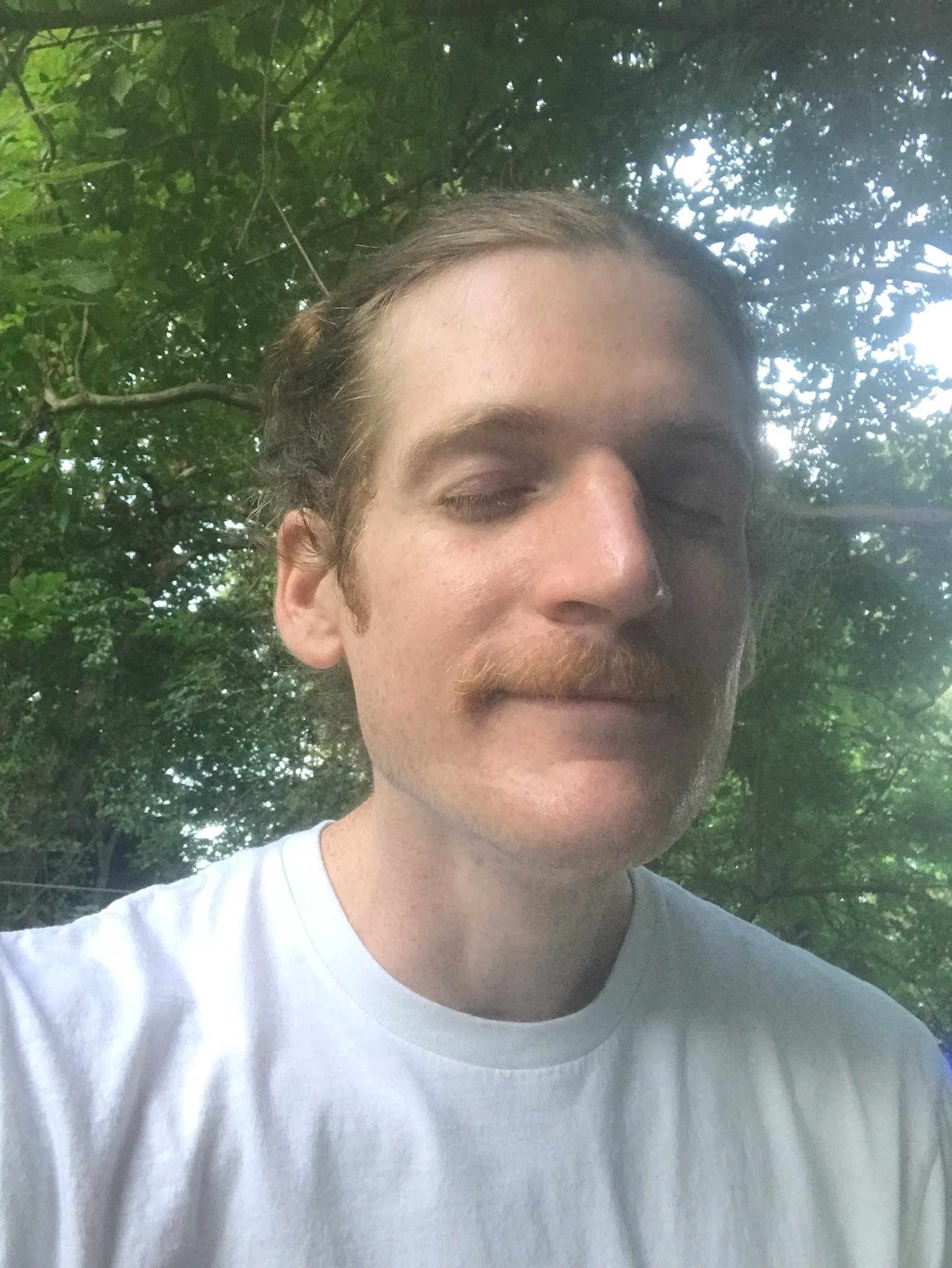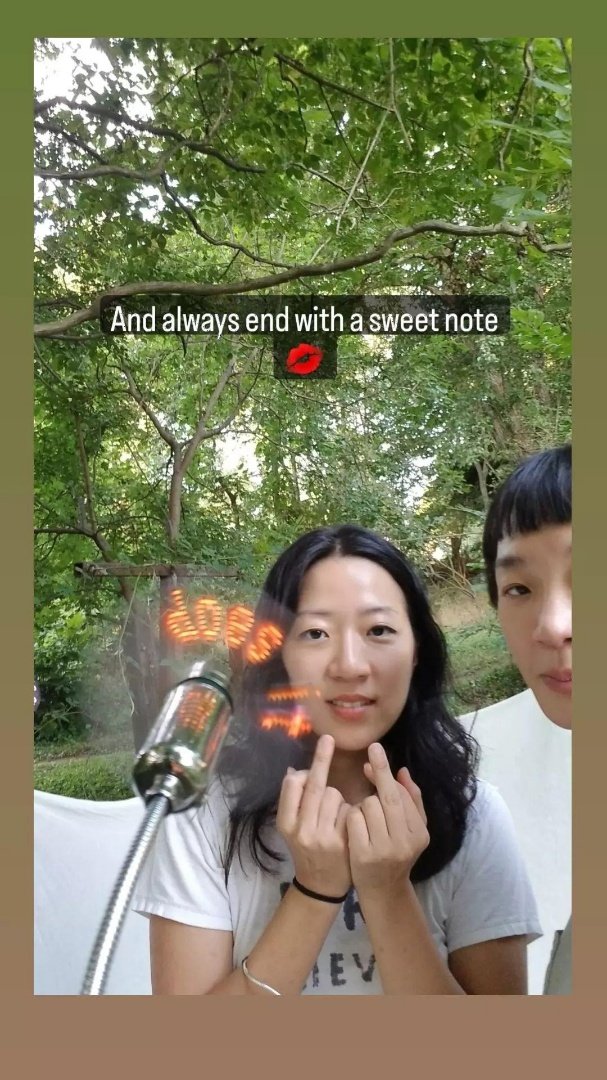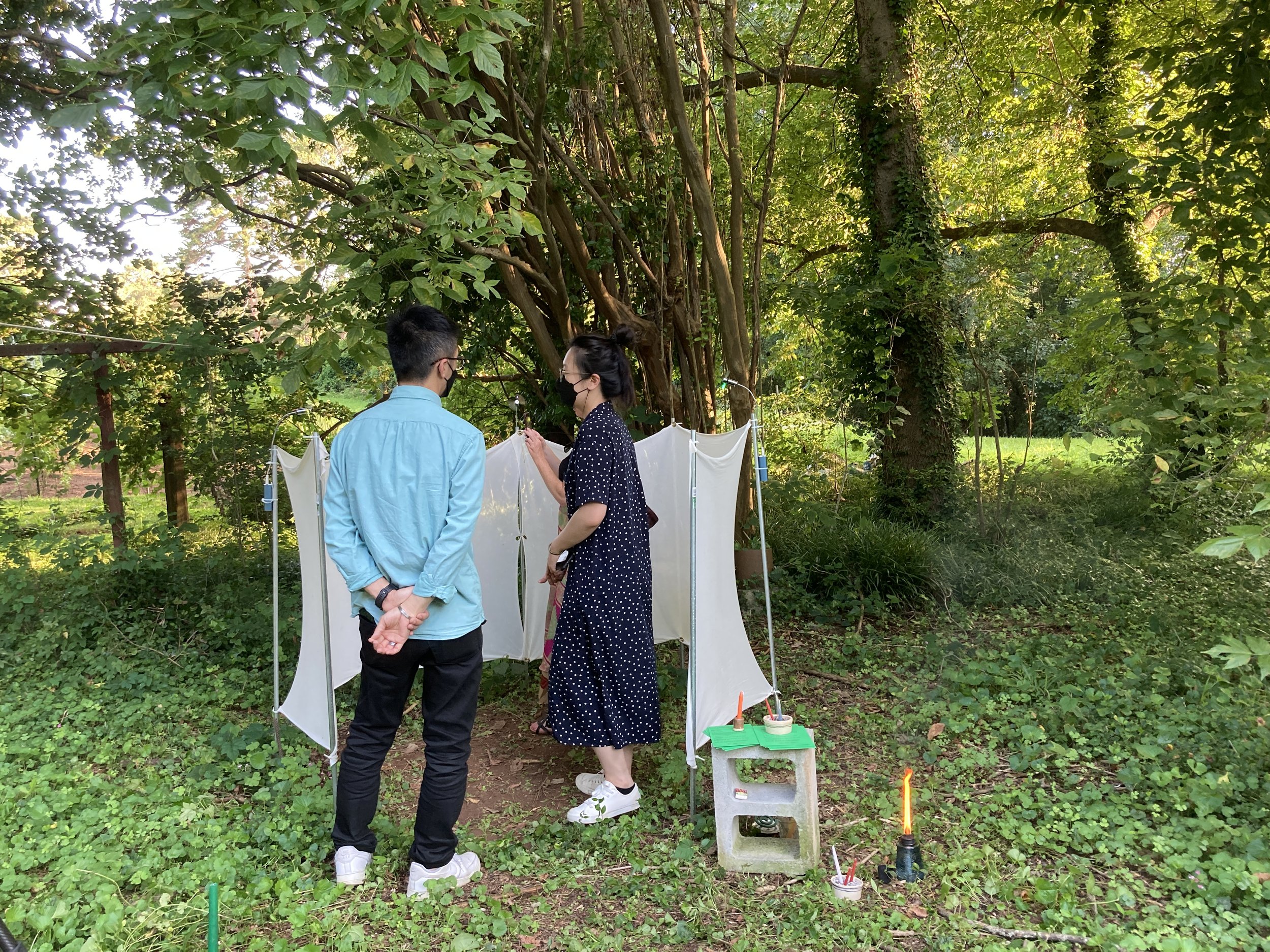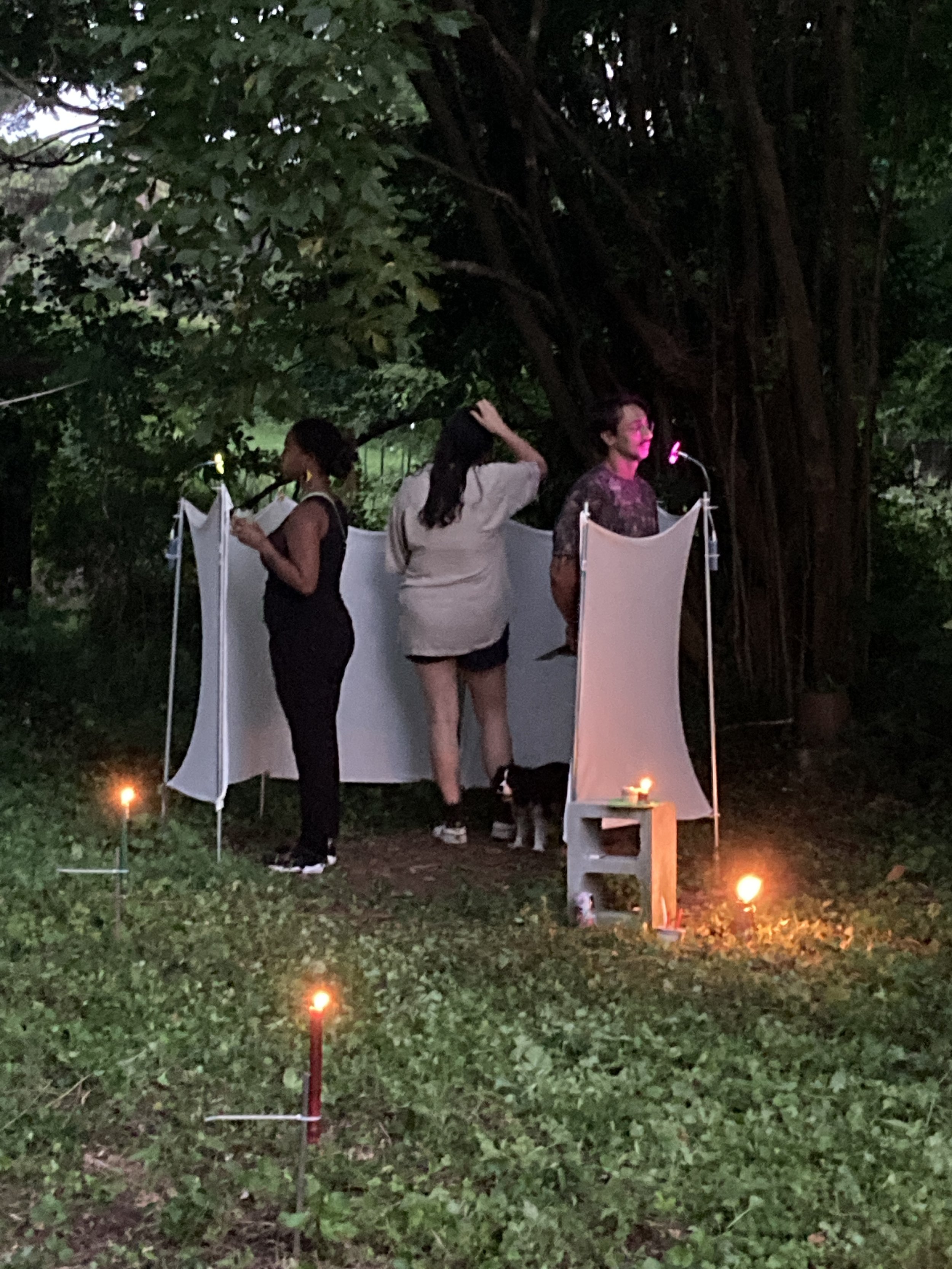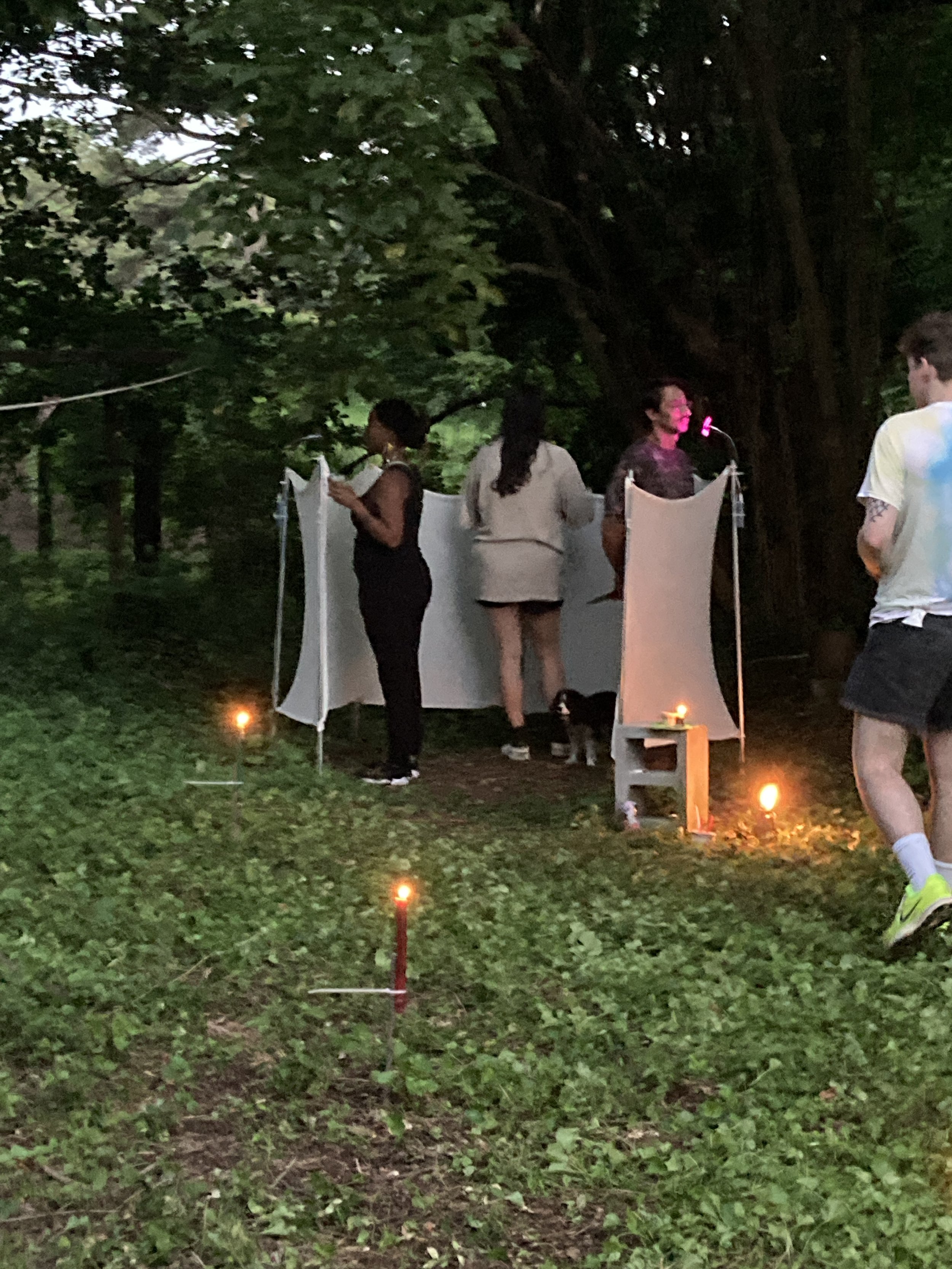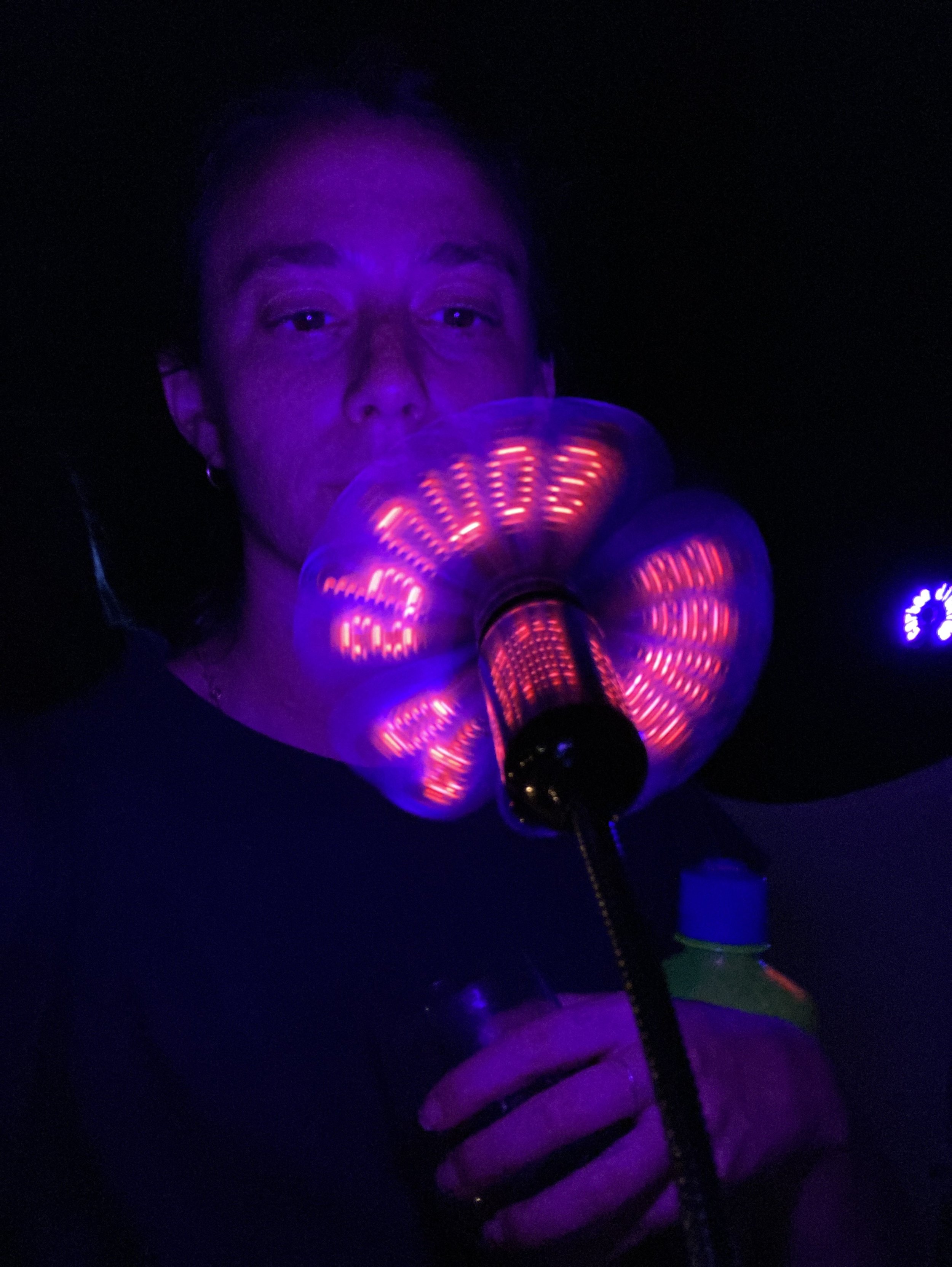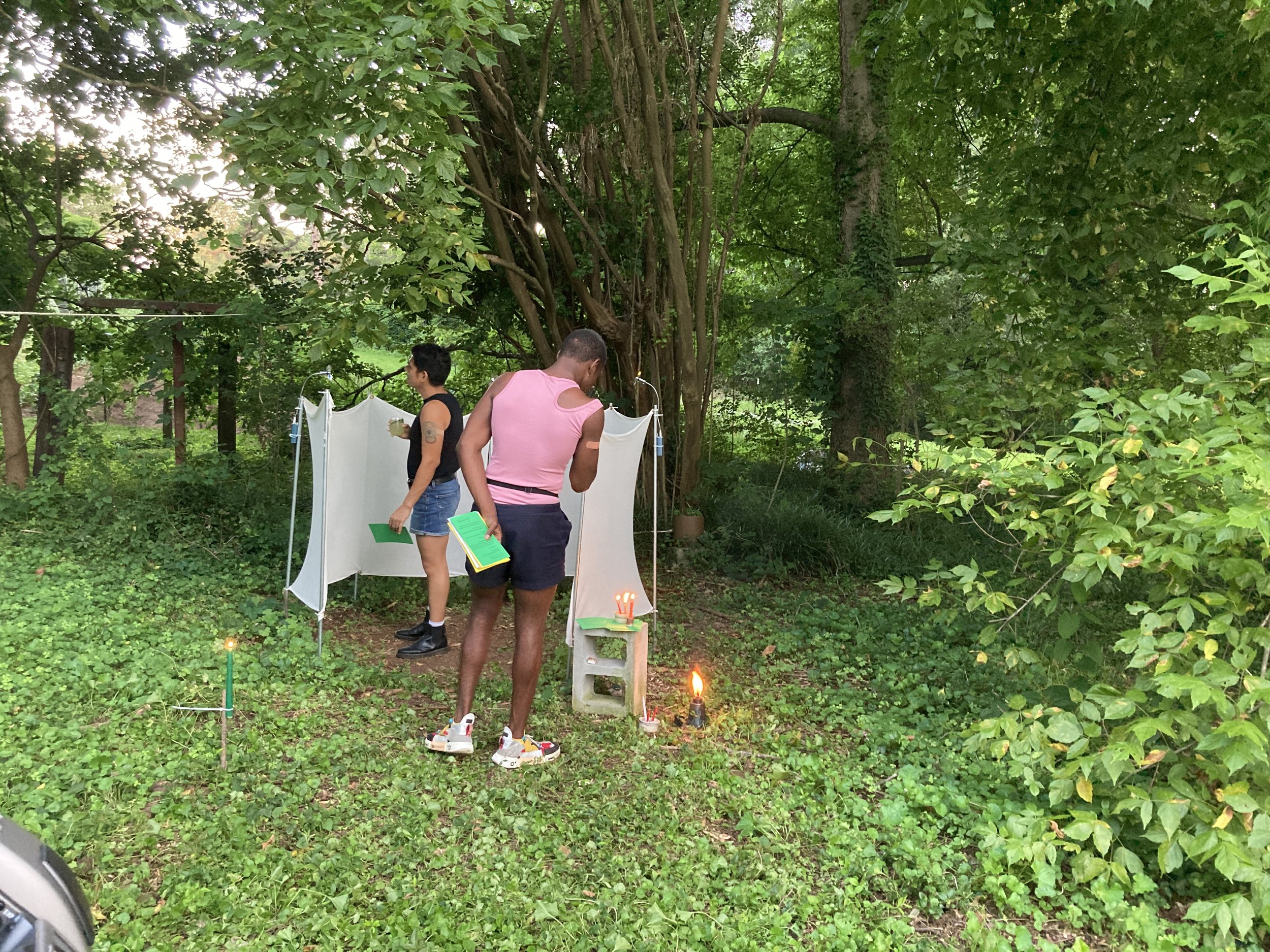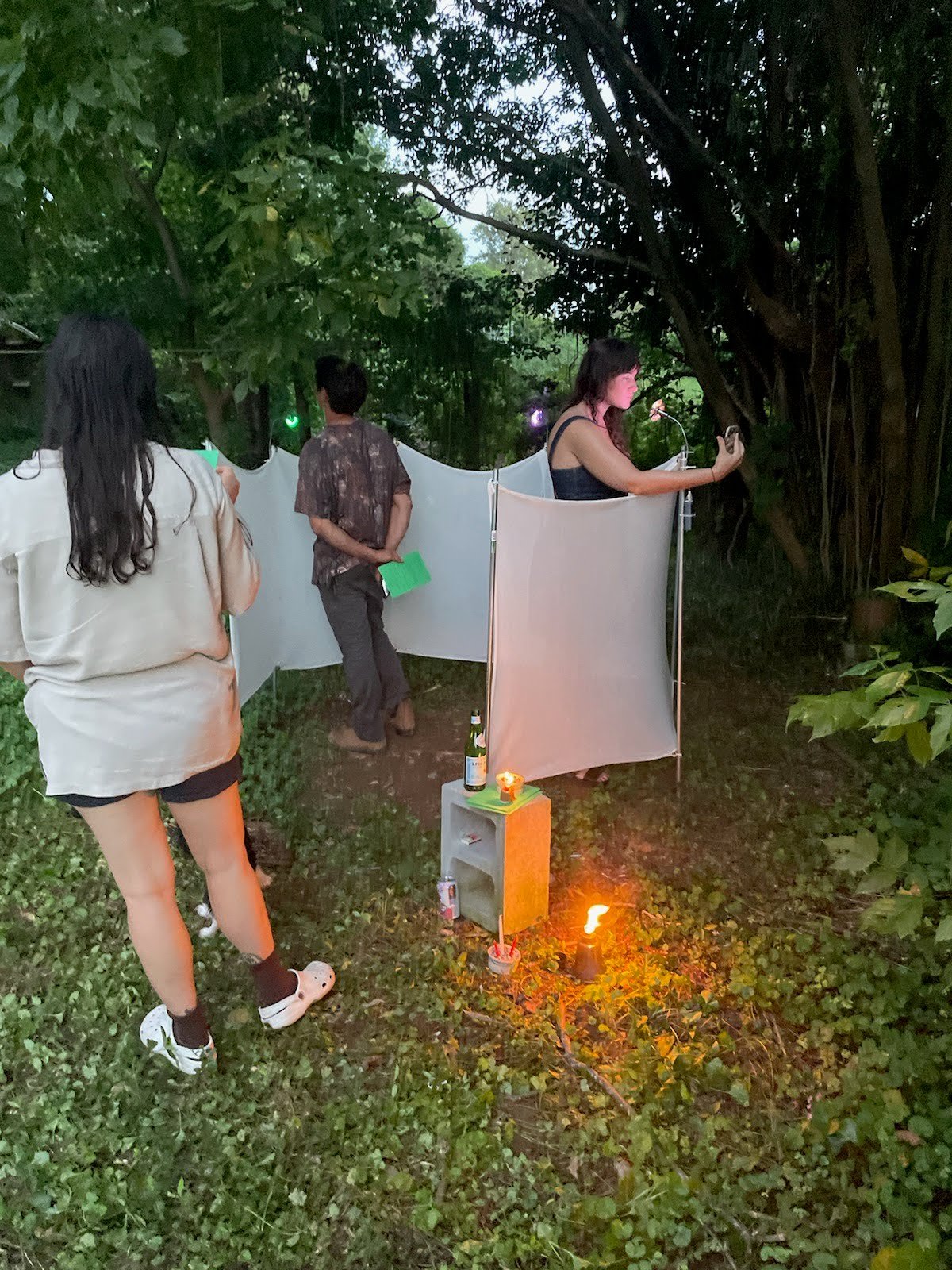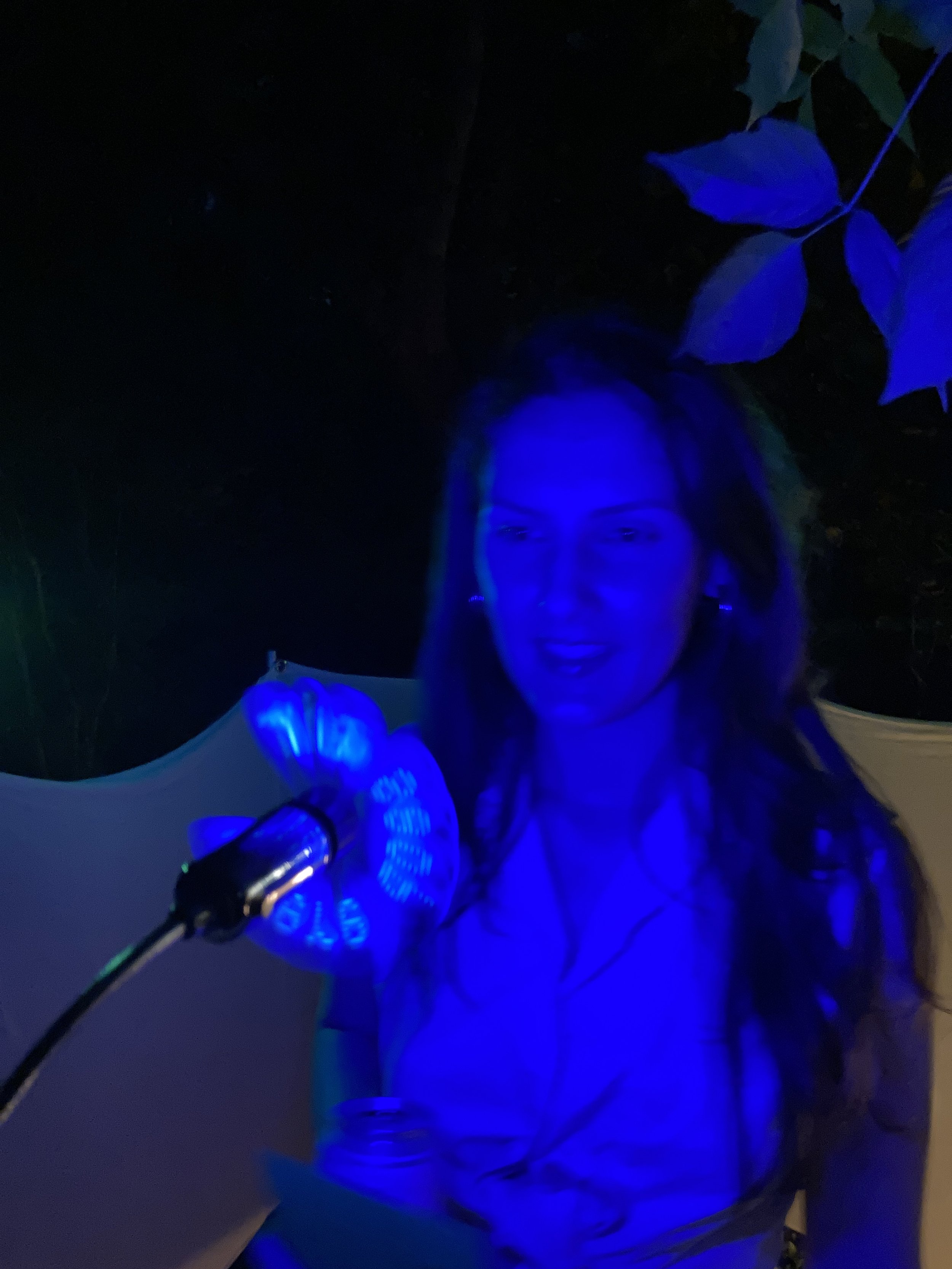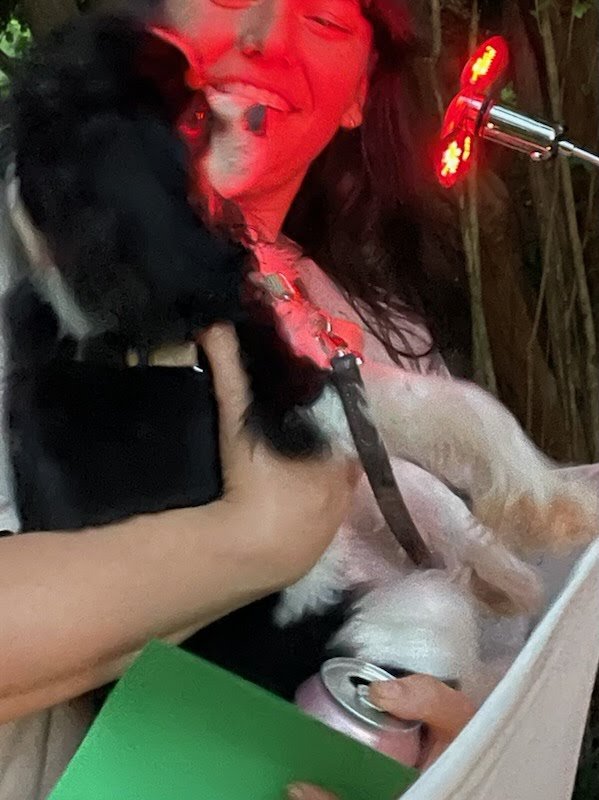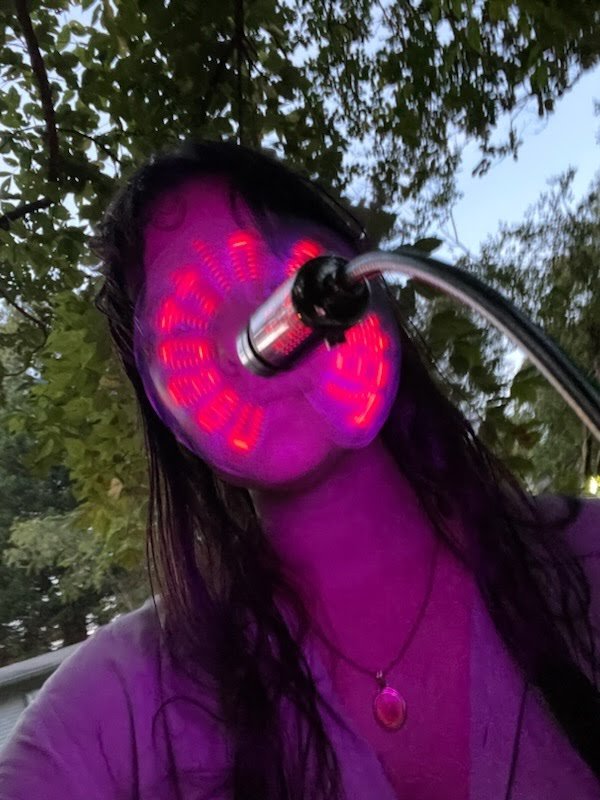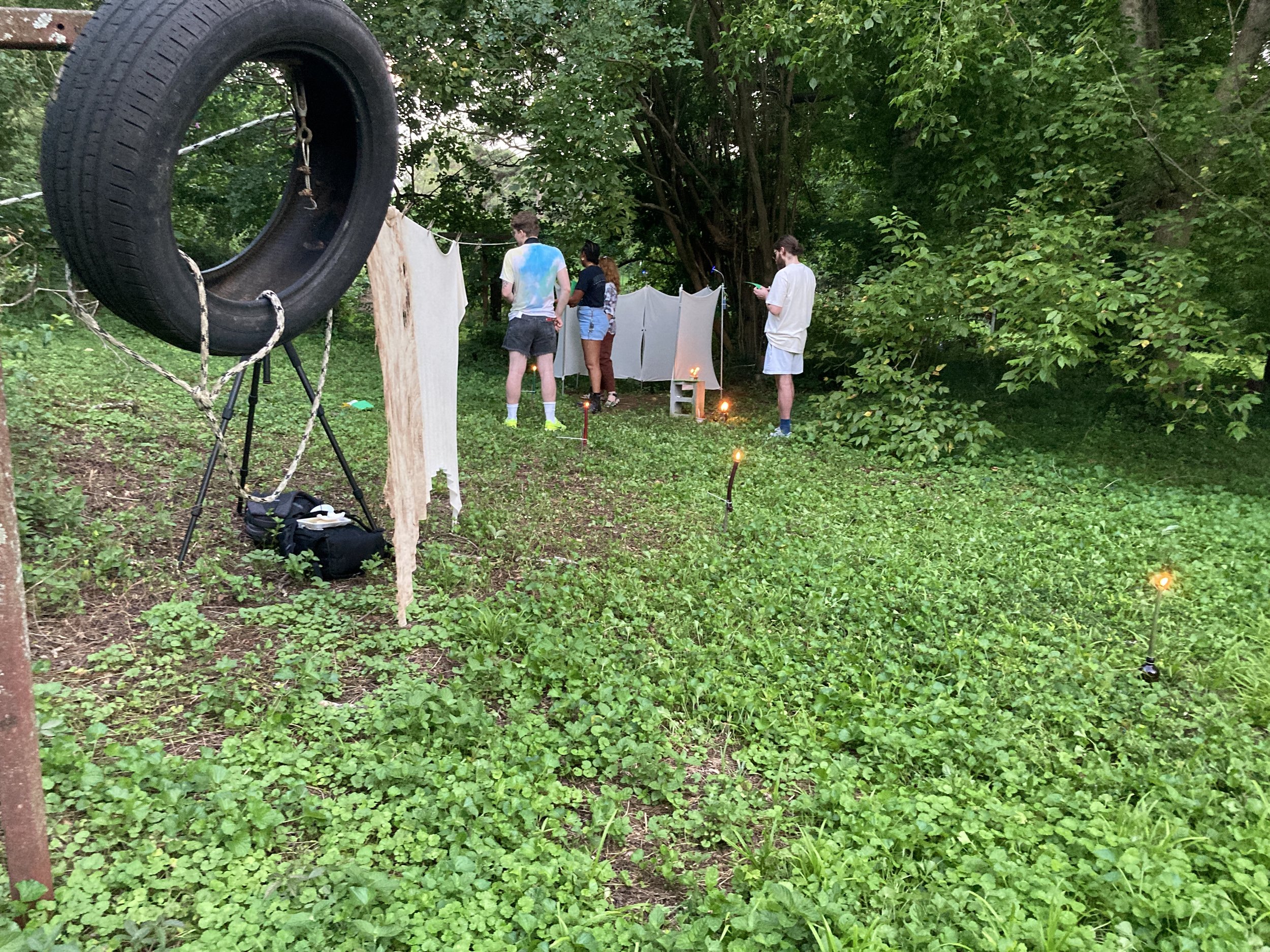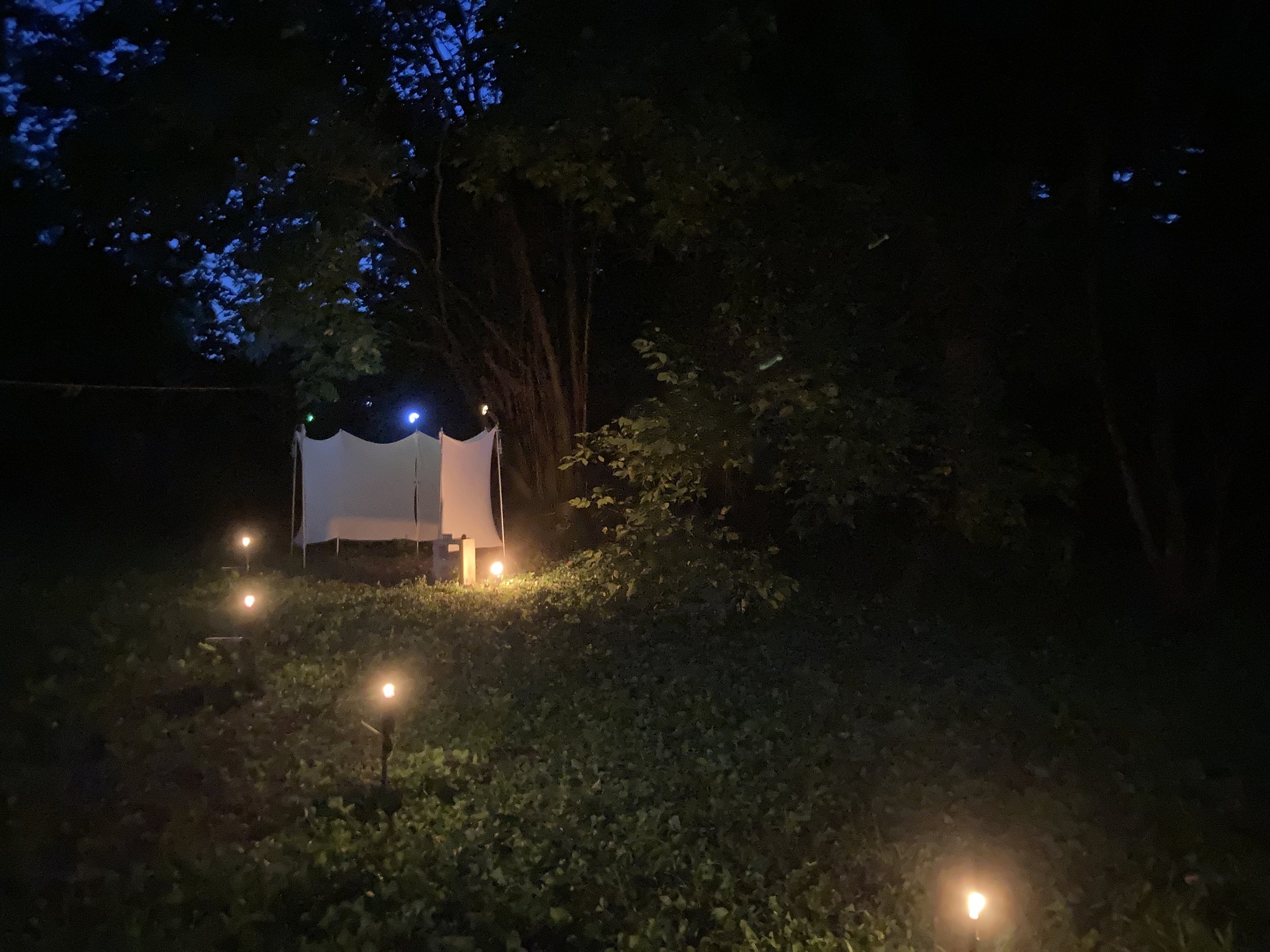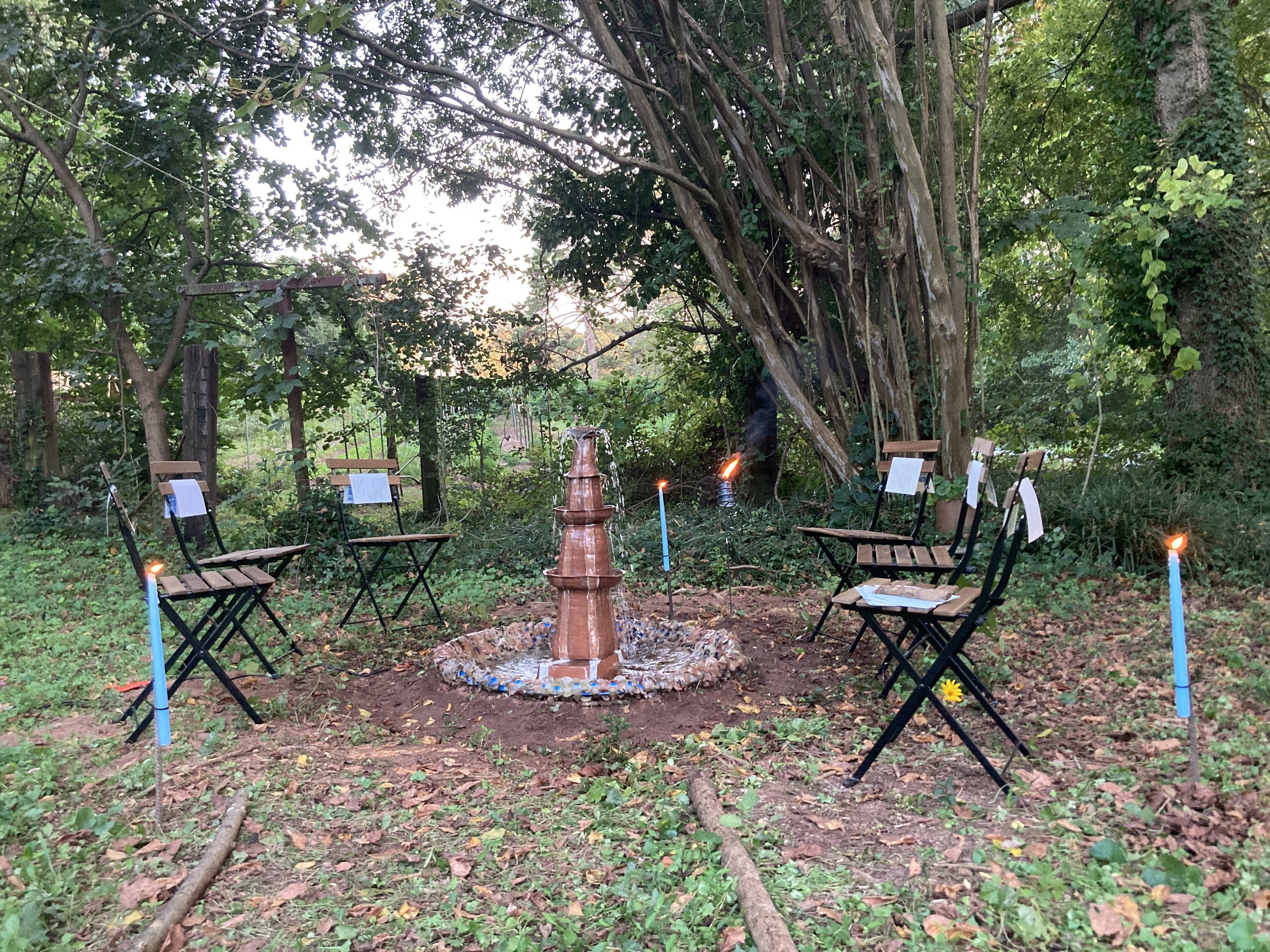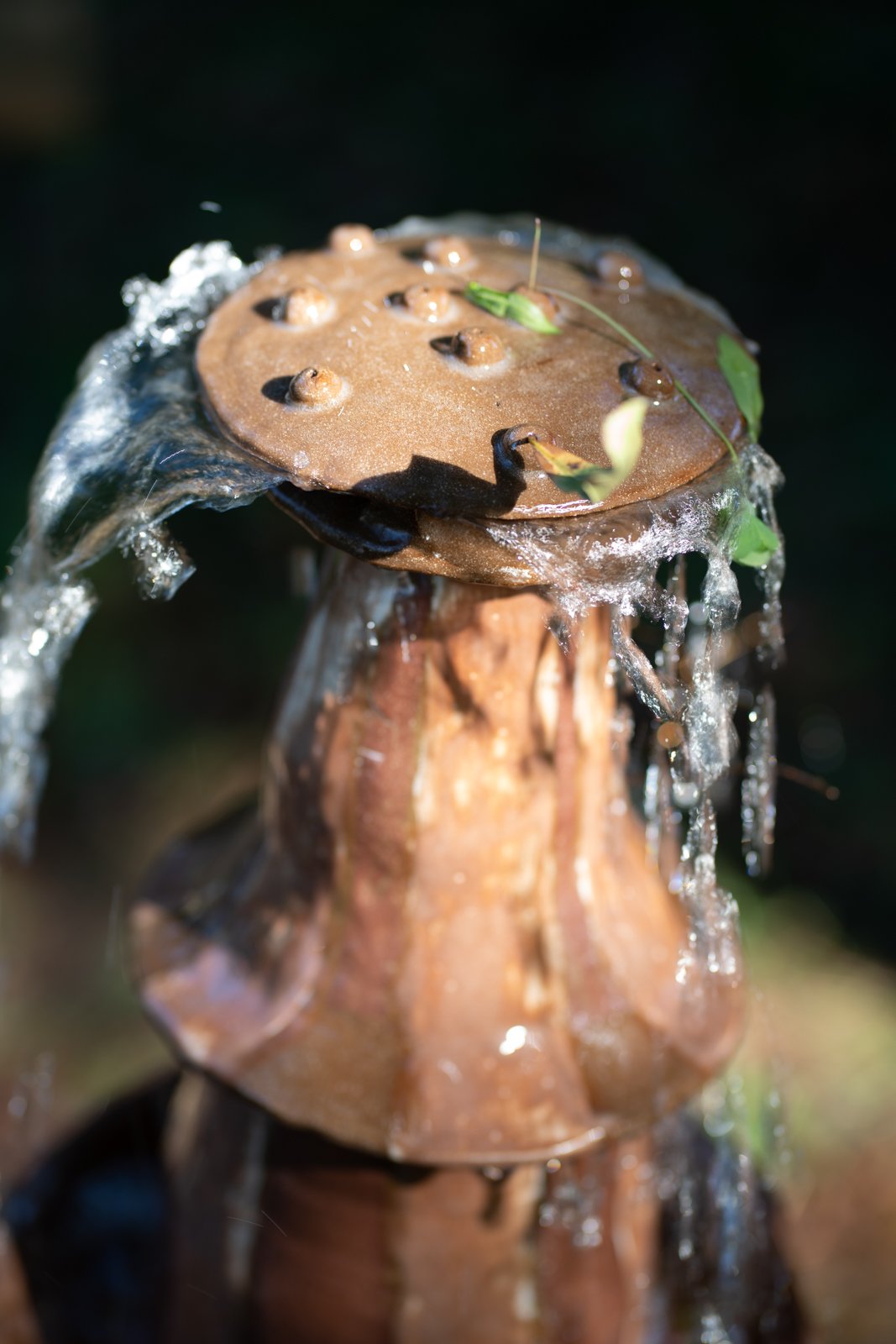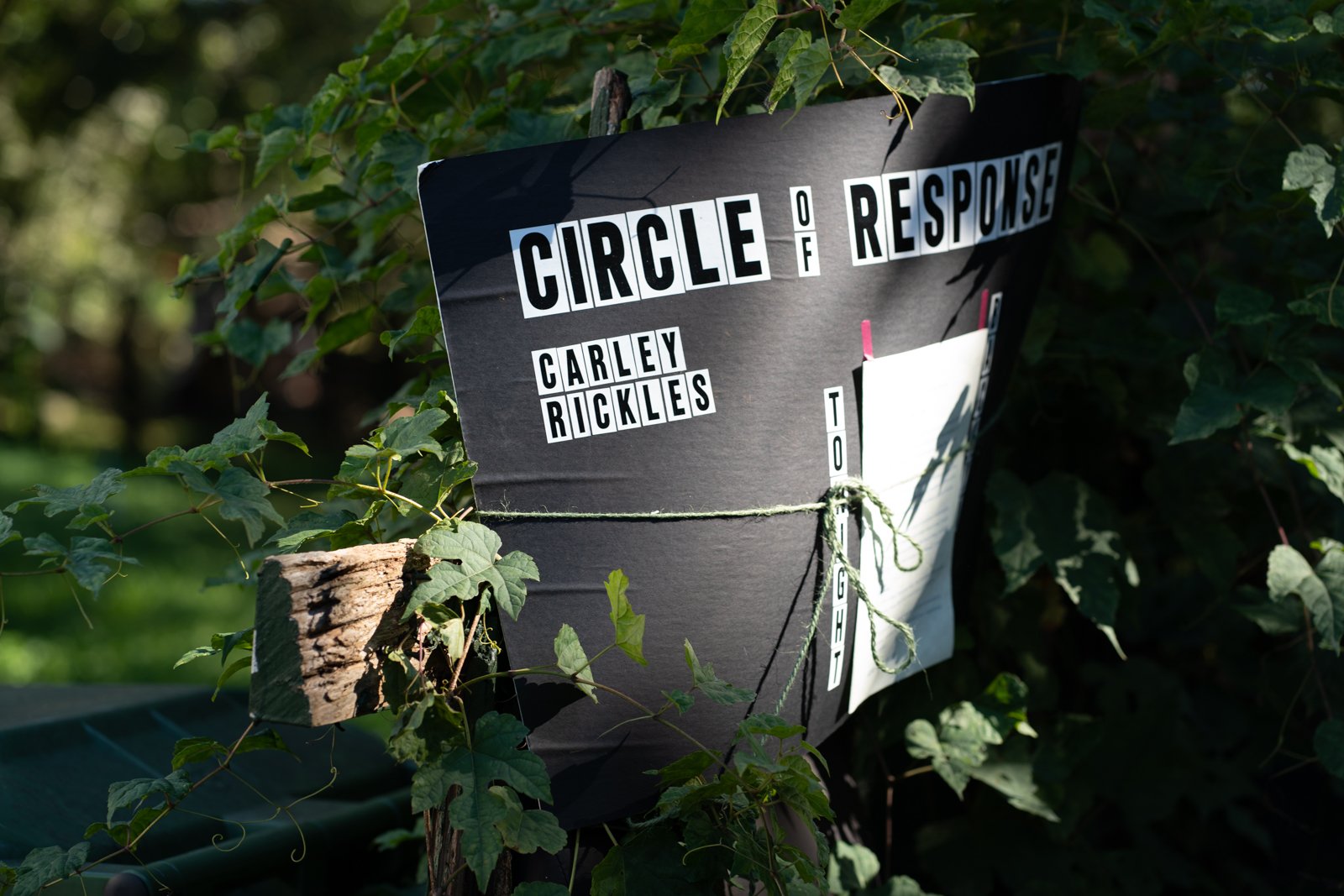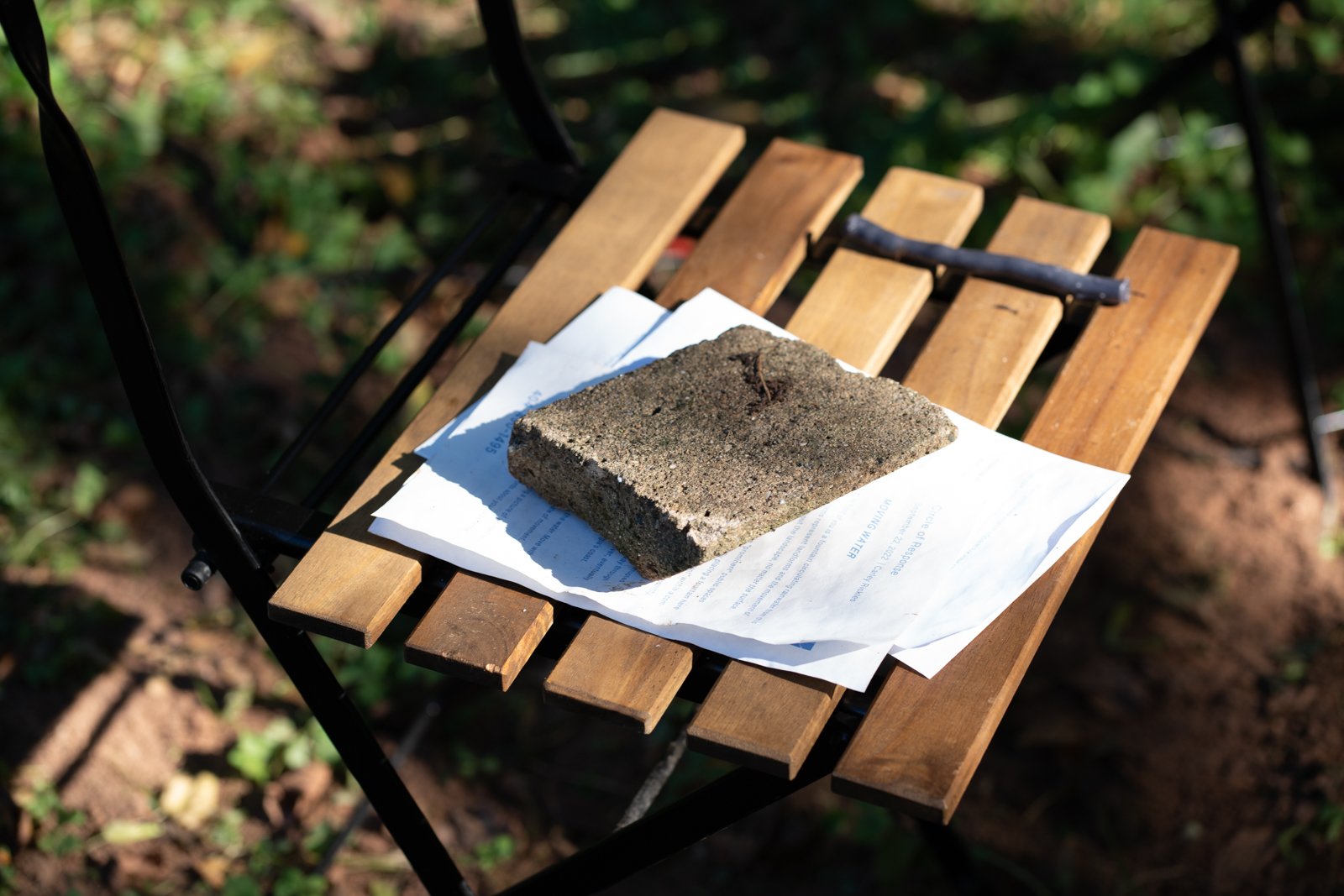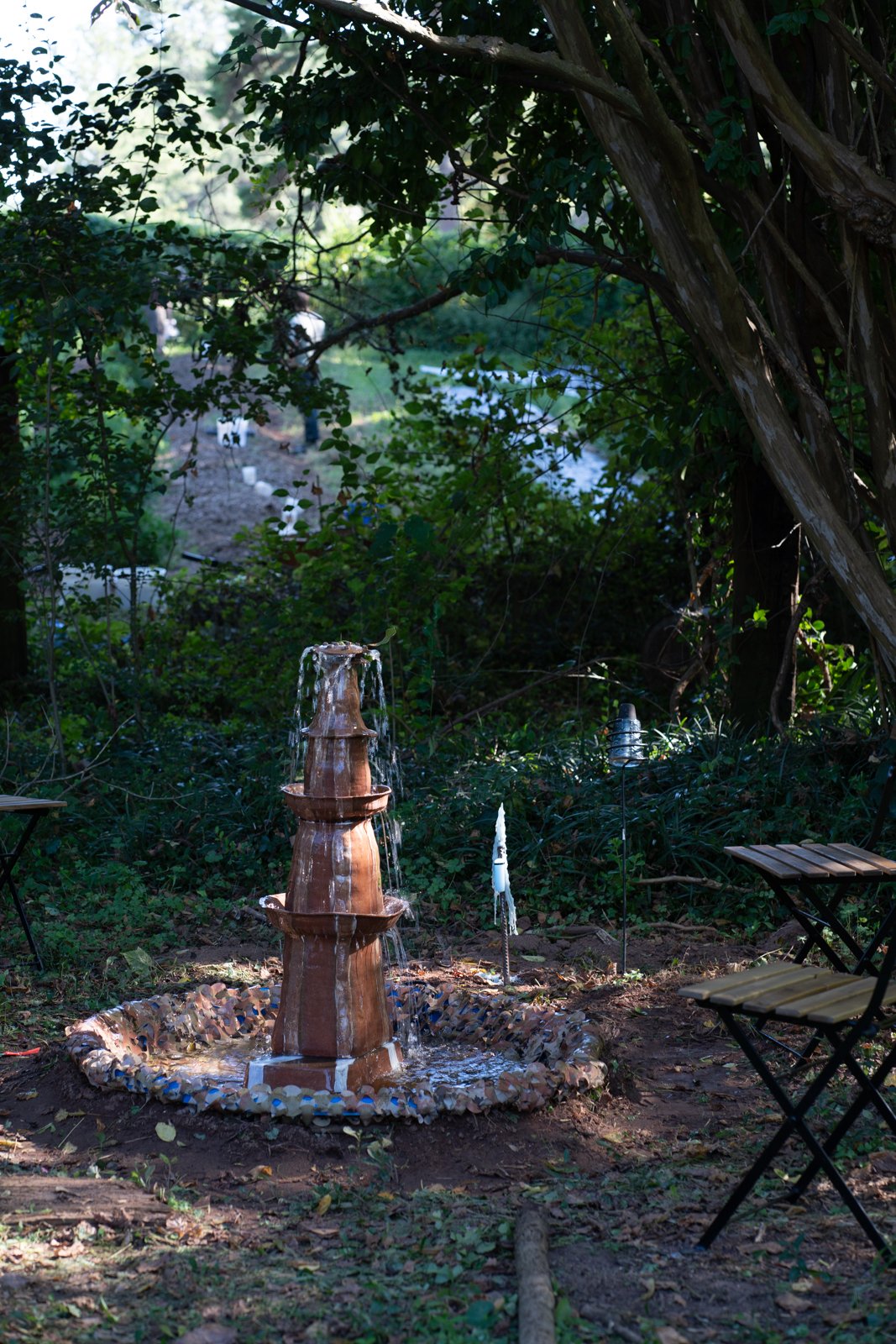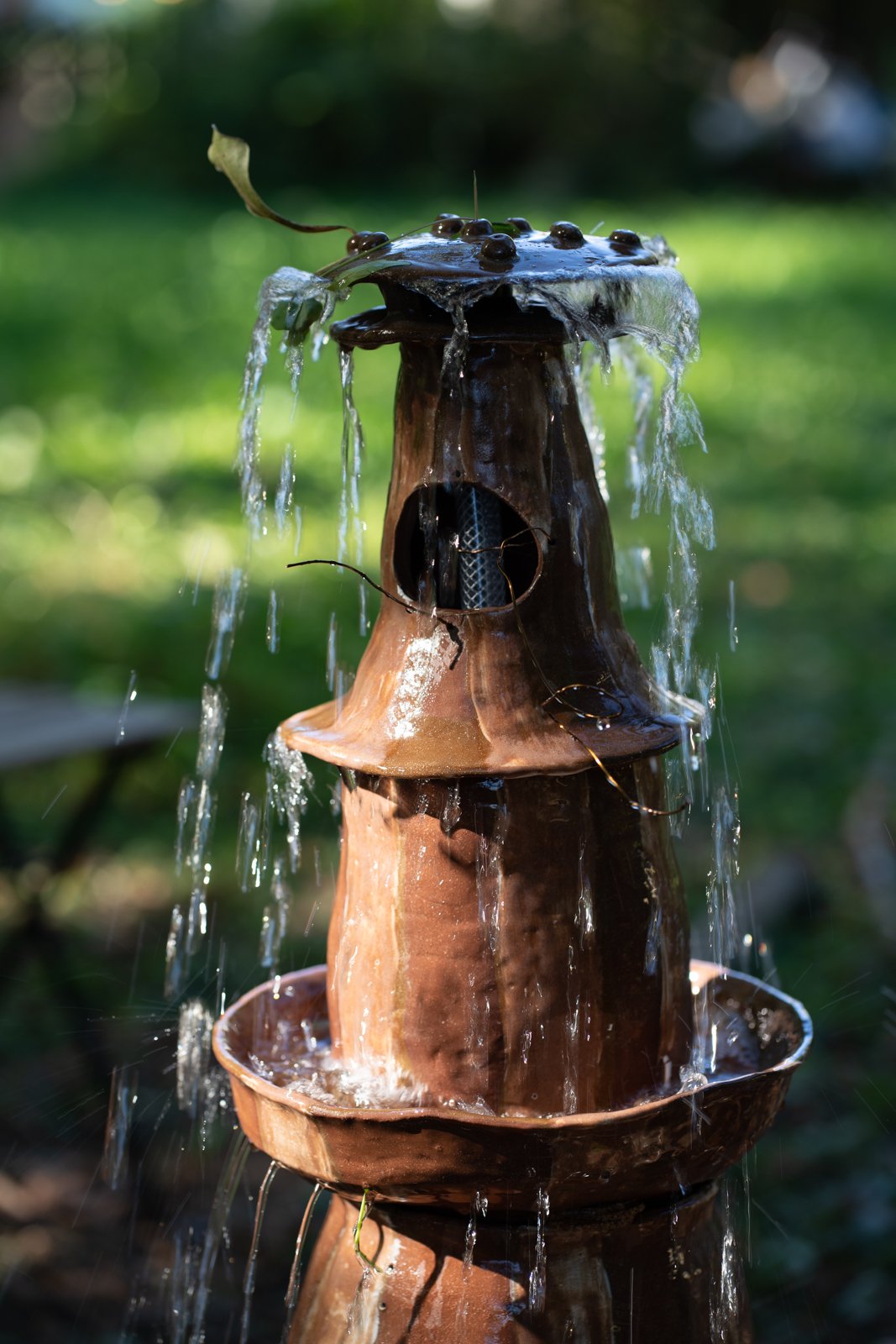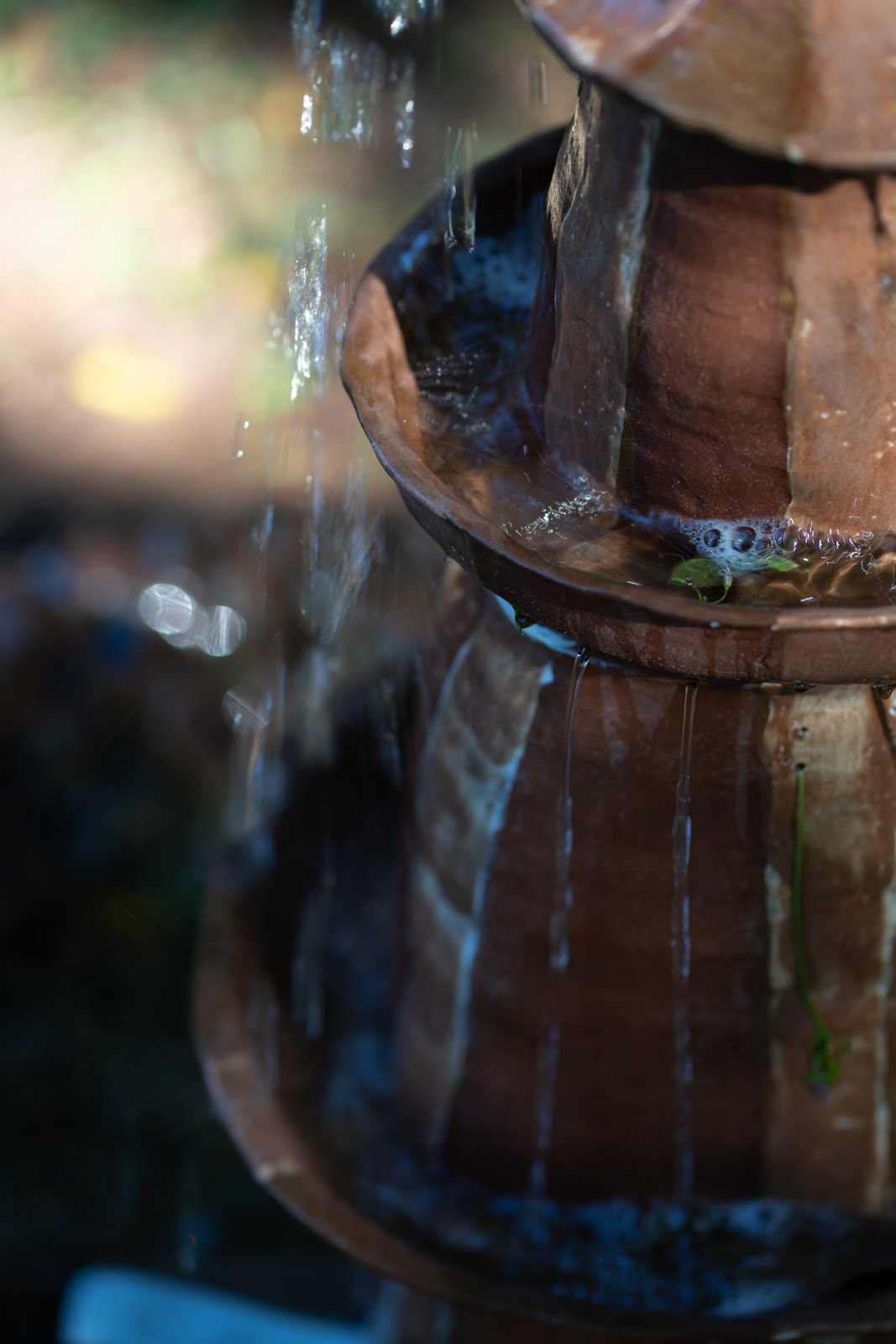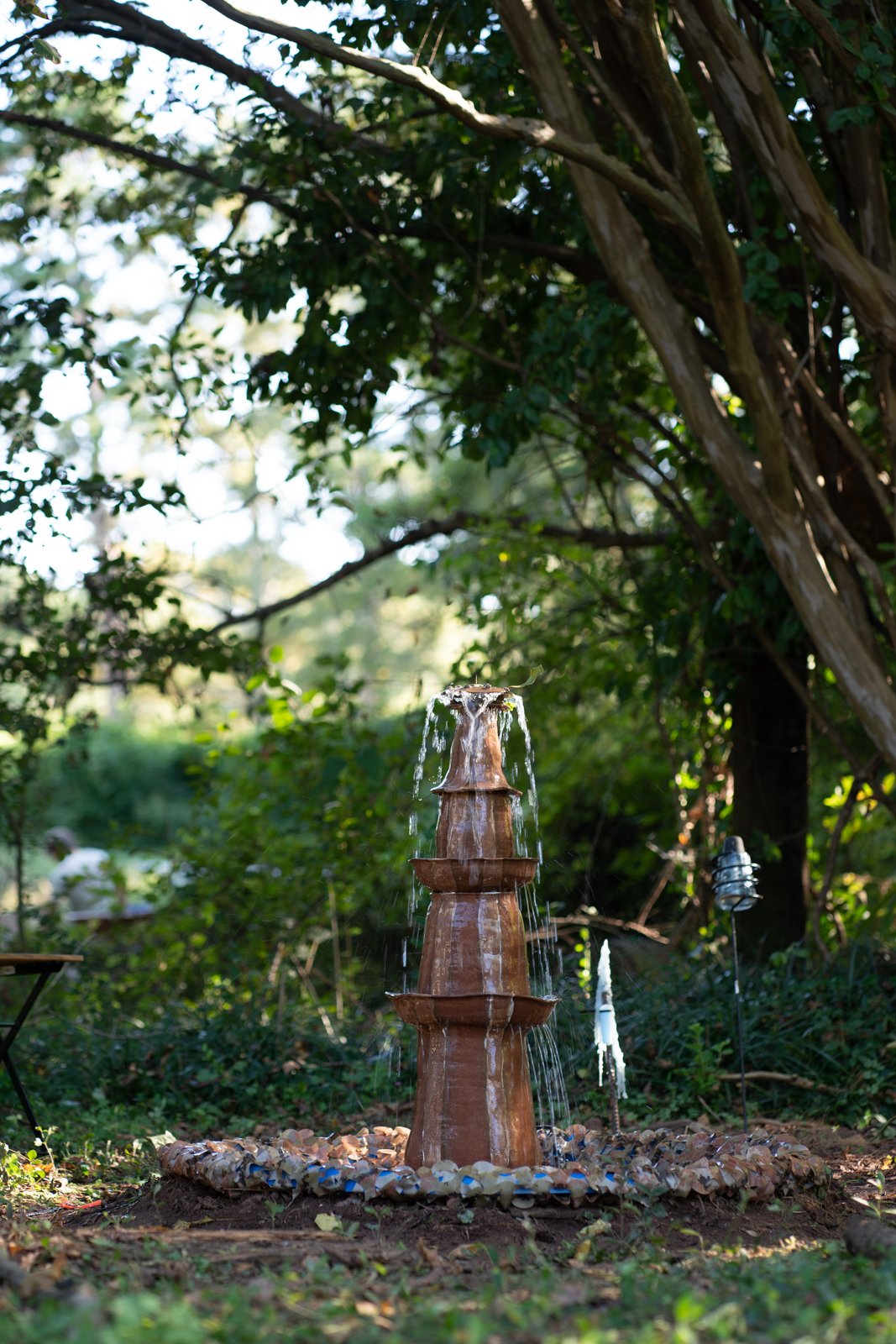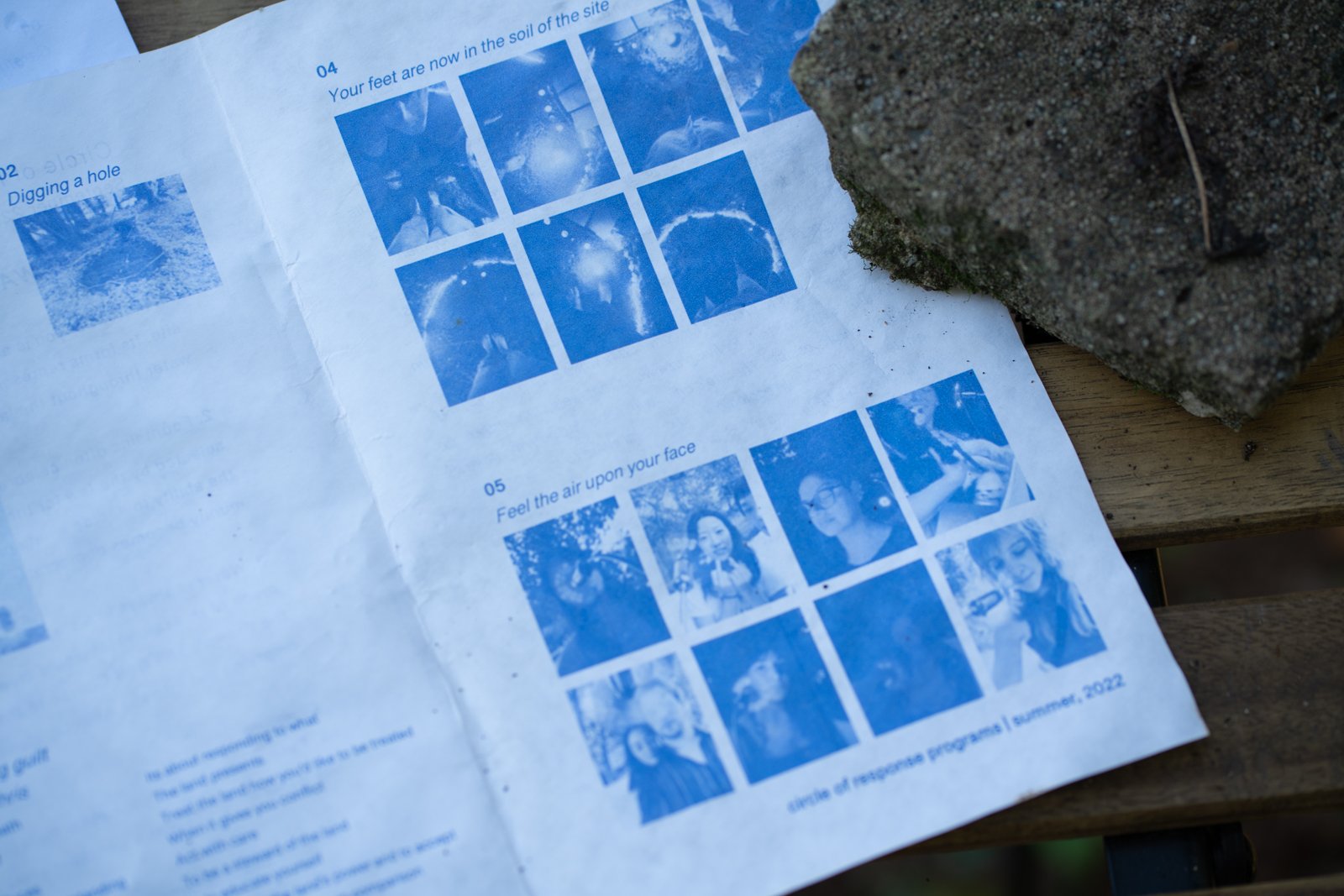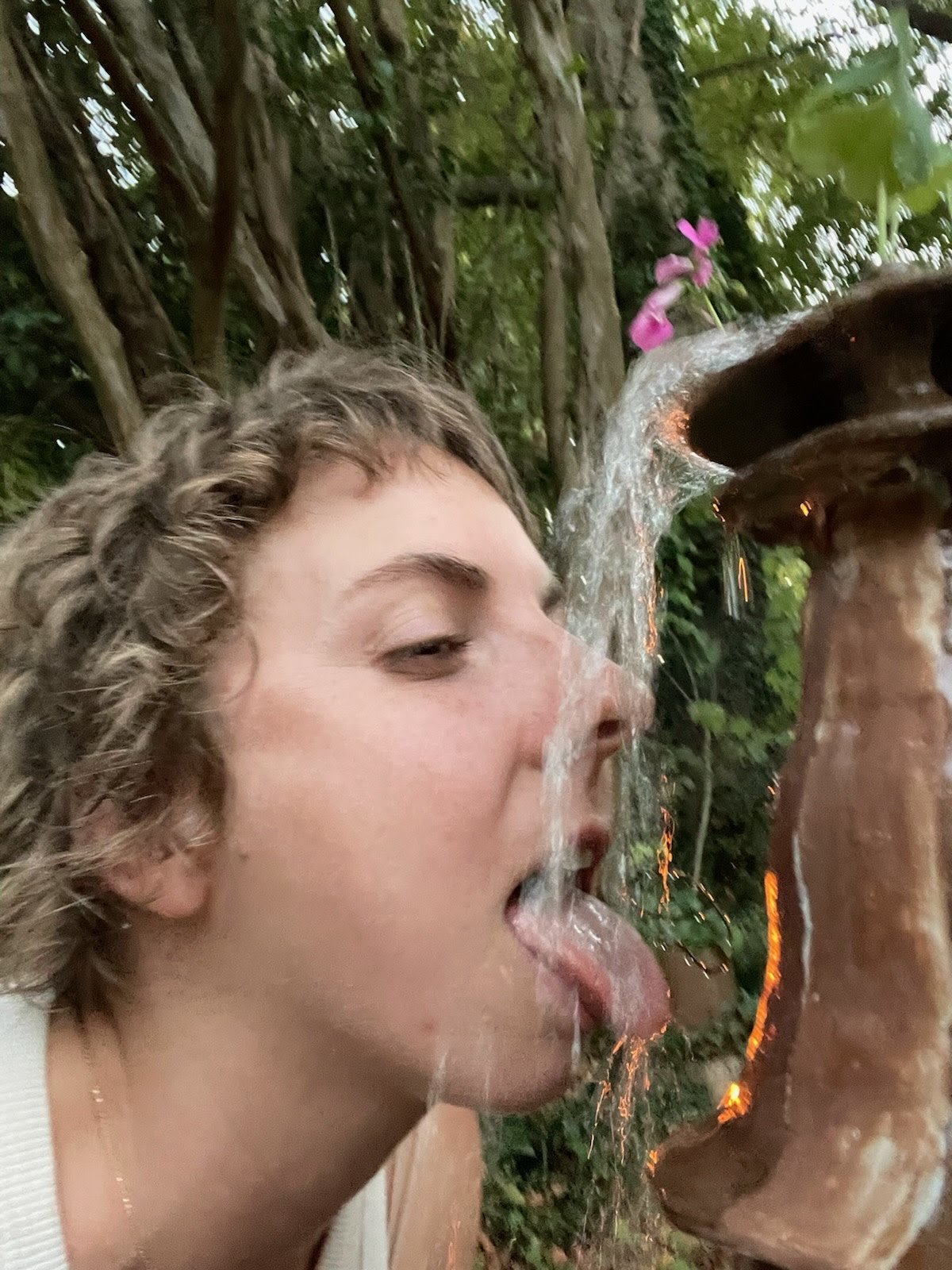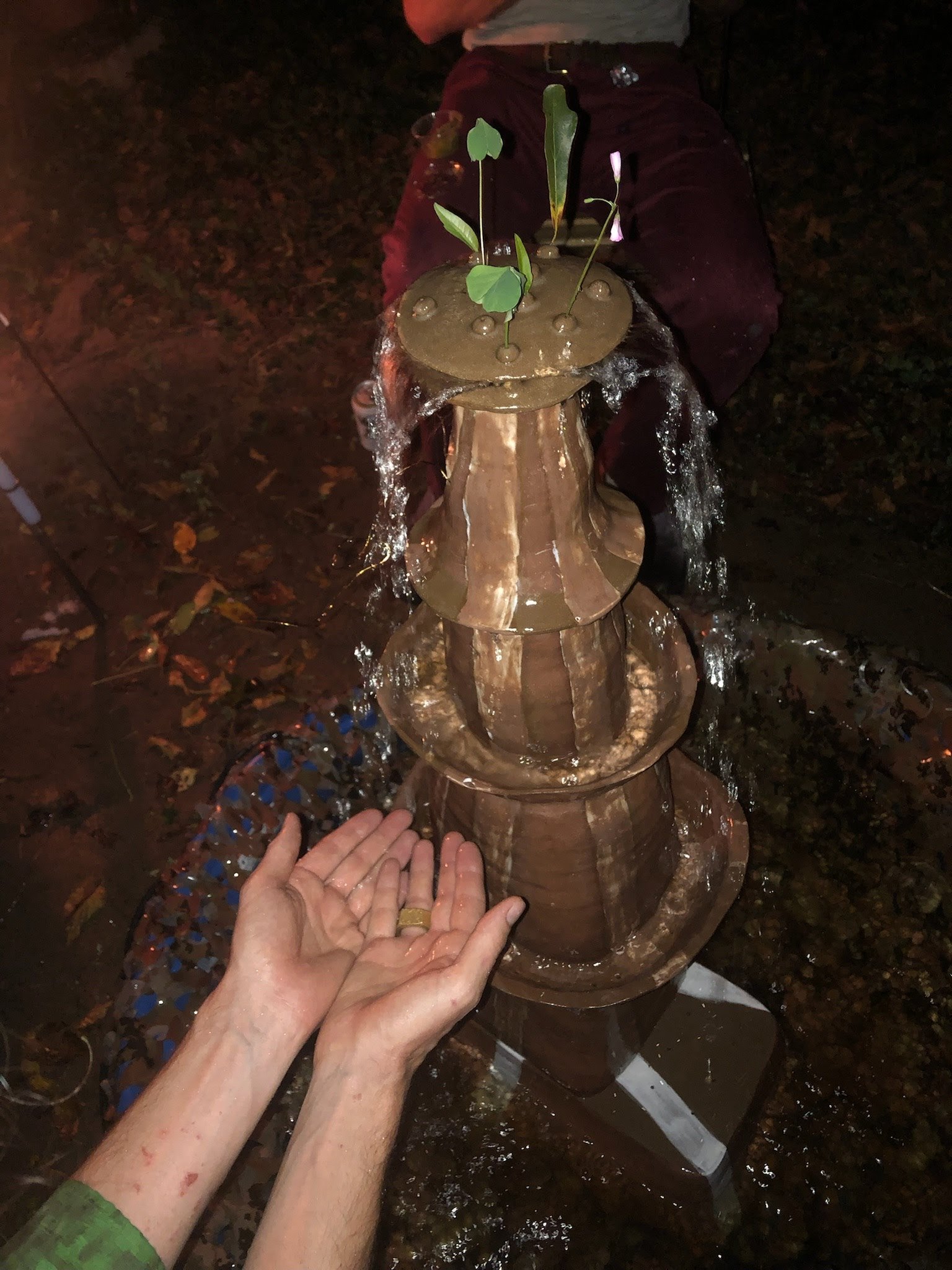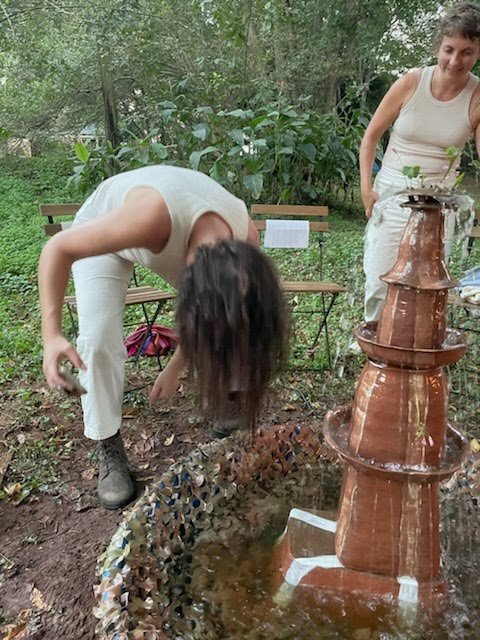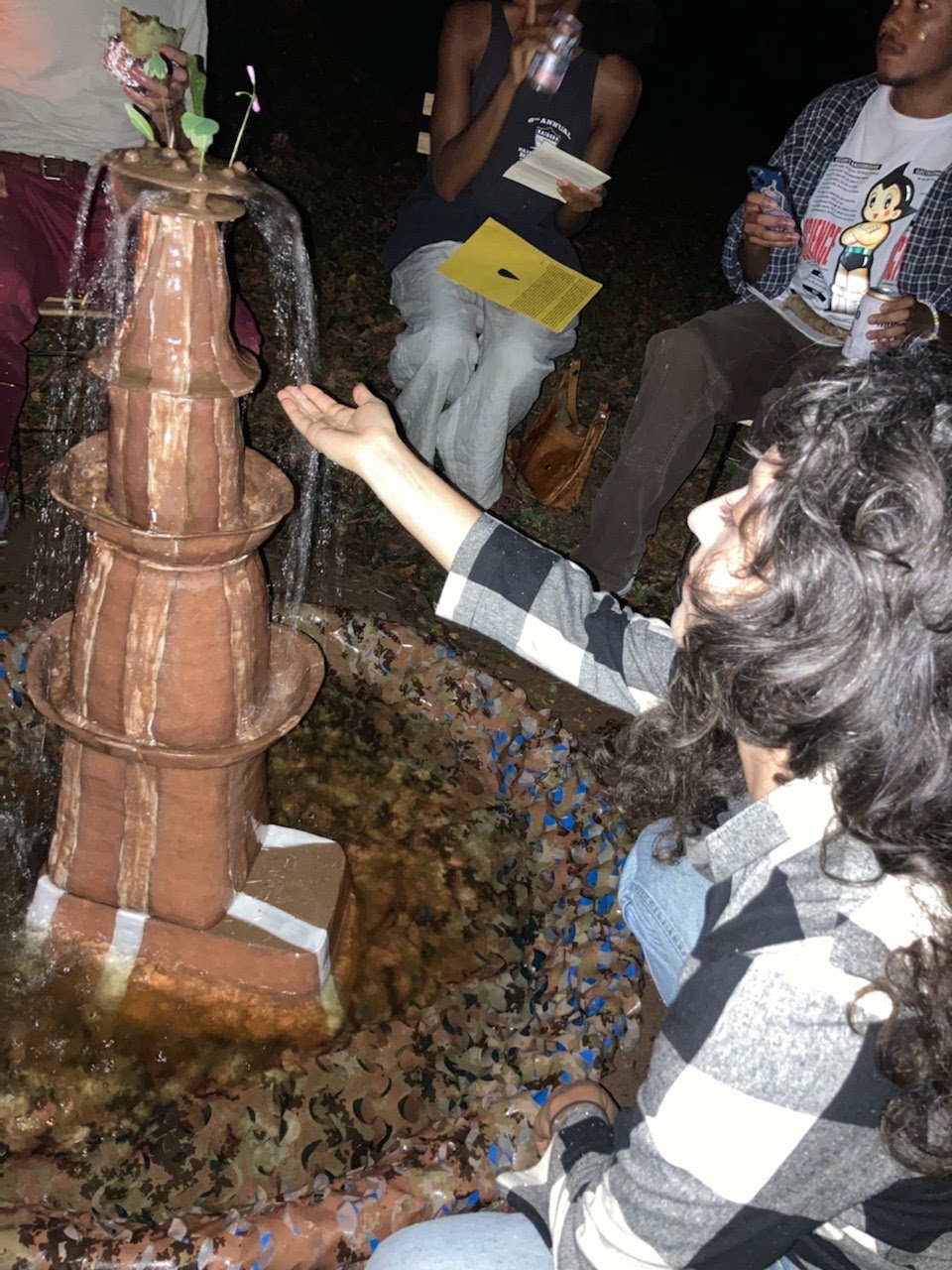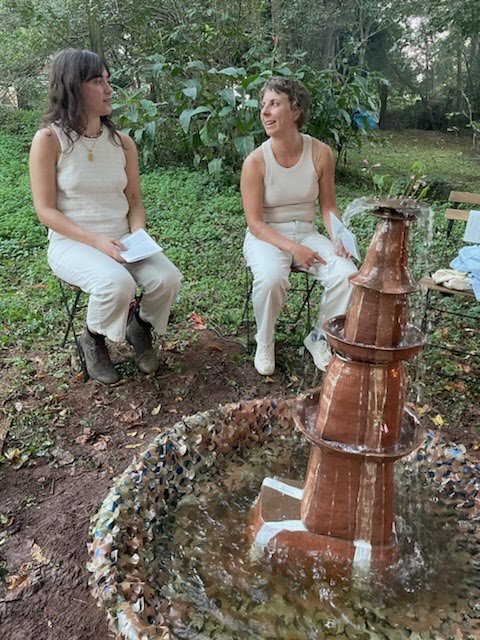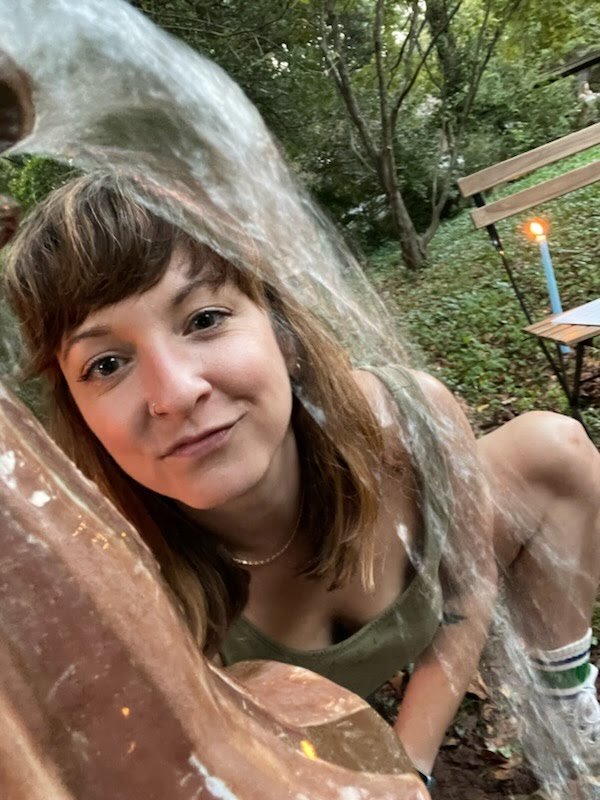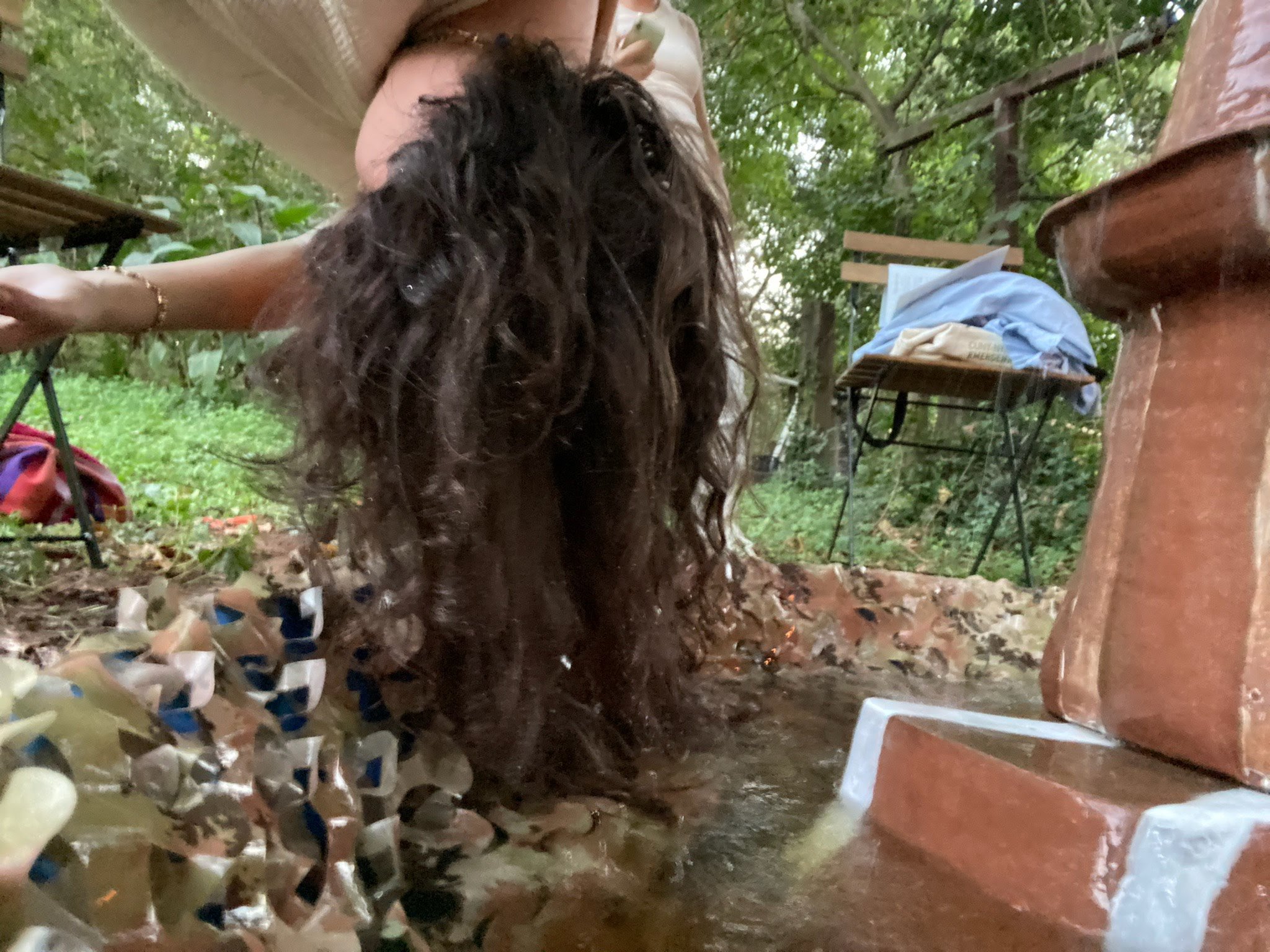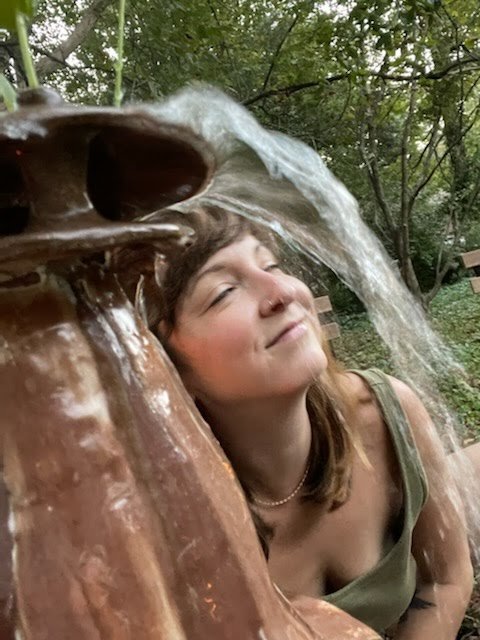Circle of Response
is an evolving land installation connecting residents of Atlanta to a culturally and ecologically rich landscape in the Browns Mill Park neighborhood. The Circle of Response began in May 2022 as a land investigation within a defined circle based on Rickles bodily dimensions. The land where the Circle of Response sits represents many of the ecological and cultural stressors that Atlanta community members face today in response to rapid development. It is surrounded by a multitude of newly constructed and under construction developments, and sits north of a monoculture of turfgrass dominating the land of a historic golf course. Within the plot of land the Circle of Response sits, long-term tenants work collectively to run an urban farm, and an artist-run gallery on land they do not legally own. Their efforts to produce for community while caring for the land constitutes a case study for living in a world that feels constantly more and more inaccessible. The site’s unique location and activity make its existence of incredible ecological and cultural value to the area while simultaneously being and at risk of disappearing.
Special thank you to Hi-Lo, Danielle, William, Anna, and Collin who all supported this project with their knowledge and/or extension cords.
may 6, 2022
exercise 1: define circle of response
CIRCLE OF RESPONSE
this spring / summer i will be doing a open ended land investigation @hilopress
circle of response, which is a plot of land defined by a diameter equaling my height, will change throughout the summer. its changes will align with @hilopress events.
swipe for process imagery below >
exercise 2: careful acts
sounds: golfers talking, airplane, tree limbs in windfeeling: windy breeze, itchy burn sensation on leg from fire ants, mosquitos, wet groundplants: porcelain berry, pink sorrel, privet, winter creeper euonymus, ground ivyevery mark informs the next
over time water carves into dirt
nature is a response
it doesn’t know built form from the other
rain falls on roof tops
like it does on mountains
disconnected creeks form below rooflines
as natural beings we construct in response, too
a river bends
with parallel streets and
power line easements surrounding it
you have to start somewhere
once you begin there is no undoing
we are of this earthly system
may 15, 2022
exercise 3: digging a hole
I had a conversation with Isia yesterday that left me feeling a heavier weight about the project. Isia and Chris started a Crack in the Sidewalk Farmlet in 2008. She let me know she supports my project, but initially felt upset about my investigation. This way she felt, initial distrust, resonated with me. That discomfort, the one felt when the places to which we have a deep attachment to change beyond our control, is exactly what drives my work. Why are we attached to place? When does it become a part of our identity? How do we share a place? What is the line of trust?
So what was I doing there? My personal experiment being the destructive force. Getting to know the ground with a permeable aim. I felt like the developer clear-cutting the land. Why was I interested in creating a void? was i being careful as i had set out to be?
I felt it was important to start here, in the soil for reasons i cannot explain. I wanted to put my hands in the dirt. I wanted to see its texture and shades of brown. I wanted to know what would happen if I dug. I wanted to feel tired from the ground's resistance to my shovel.
In retrospect I think it was more important for me to feel the guilt and to sit with it, acting out the process of landscape change at the human hand. While digging I let the bugs bite me. I felt like I should be punished and offer myself in some way for disturbing the home of the fire ants. Electric shocks were felt up my legs. I sweat through my clothes. I dug nearly 6 inches into the ground, around tree roots, and past the topsoil until the soil became denser. I dug until it became clear to me that I did not have a plan beyond touching the ground, seeing it, and hopefully one day giving back to it. After I realized this I poured the soil, which I had been collecting in my wheelbarrow, back into the bounds of the Circle of Response.
Recently after an artist talk where I shared my hesitations about my land practices, a woman came up to me and told me that guilt can be good. By guilt can be good she gave me permission to explore the guilt i feel surrounding my imperfect actions. while i do not believe she meant feeling guilt erases the action, i do believe she implied that there is value in following the guilt to see where it goes.
sky above the circle of response
Feeling and accepting guilt (talks with Isia and Chris)
There is no life without death
Death of one living thing
Gives life to another
Tomatoes, radishes, lettuces
Guilt comes from a lack of understanding
A lack of connection
Someone has to get their hands dirty,
Make the tough calls
Kill the struggling snake
Connection to land is not about preservationIts about responding to what
The land presents
Treat the land how you’d like to be treated
When it gives you conflict
Act with care
To be a steward of the land
Is to educate yourself
To observe the land’s power and to accept
The lack of your own in comparison
May 21, 2022
exercise 4: your feet are now in the soil of this site
visitors were asked to take off their shoes, walk to the circle of response, and place their feet in the soil. they were then asked to consider their connection to this land and their surroundings. these experiences were captured through phone cameras and written reflections texted from the individual participants to an anonymous phone number. these messages are captured below.
Message by (478) XXX-XX32, Saturday, May 21 2022, 10:22 PM
Message by (404) XXX-XX84, Saturday, May 21 2022, 9:26 PM
Reinvention
Message by (478) XXX-XX32, Saturday, May 21 2022, 10:22 PM
Message by (404) XXX-XX37, Saturday, May 21 2022, 8:57 PM
That was surprisingly meditative! As soon as my feet touched the soil I felt a wave of peace wash over me,
Message by (770) XXX-XX26,Sunday, May 22 2022, 8:05 AM
Message by (404) XXX-XX32, Saturday, May 21 2022, 10:11 PM
feet in the soil feels like home
Message by (770) XXX-XX91, Sunday, May 22 2022, 11:04 AM
These days the magnolia trees bloom and dead flowers of all colors cover the ground, and I embrace the constant sweat that glistens my skin, dampens my shirt, makes my pants stick to my thighs, even at night when the birds that swoop overhead all day sleep quiet in the trees, which stand in grandeur and record our small ways of survival. (thanks for doing this! it’s was a meditative and expanding experience)
Message by (770) XXX-XX87, Saturday, May 21 2022, 7:53 PM
cool soft ground
connected with ground
Message by (843) XXX-XX42, Friday, May 20 2022, 11:18 AM
Felt good to stand barefoot in this ring of fire
Message by (404) XXX-XX27, Saturday, May 21 2022, 9:06 PM
Atlanta is my new home!
Message by (470) XXX-XX63, Monday, May 23 2022, 7:51 PM
I was kind of drunk when I showed up to walk on the white cloth towards the circle of response. Taking my shoes off and allowing my flesh to feel connected to the earth reminded me of a poem by Arisa White where the last line is "we go story after story / thinking the roof will know nothing of the ground" In this case, my mind is the roof and I am always aware of what is at eye level and what is above, taking time to admire the way the wind blows through the trees or trying to spot a bird or airplane. When I take time to look at the ground, I find there is life flourishing there. And I see how the ground reflects what k see above it. Without the ground, there is no life above. So, I think I was trying to think about the land as an intangible or uncontainable idea. It made me kind of want to question land acknowledgments. It's important to know who resided here before the violence of colonialism and to not try and erase those histories, but the practice of saying "I am on _____ land" is still signifying ownership to the land. It feels almost redundant to try and release ownership of this stolen land by transferring that ownership to another entity. I think the whole point maybe is to recognize that the land cannot be owned. That is not to say that land should not be defended or protected from those who want to exploit it for ill purposes. But more so that owning land or claiming land wasn't really an idea that was embraced by the people who occupied it before us. It just made me want to interrogate the language we use in land acknowledgments in order to best honor what we truly mean and what we want to dismantle and/or uplift when we intentionally make statements that are meant to subvert and uplift. Having my feet in the dirt made me feel both alive and constant while also feeling my mortality. How can we say this dirt belongs to anyone? Maybe it belongs to all of us because we will all return to it. I thought of the small light of circle as a border and how can we draw these imaginary lines as if they mean anything? But then again, we are human. We accumulate and build. And we make meaning of a small patch of dirt somewhere in Atlanta. It's beautiful and maybe it's harmful, but do we know how to live without harming? Does our search for meaning and beauty also result in some kind of harm? I don't know. It just made me think these beginning thoughts that hopefully will expand as I take more time to sit with it. Thanks, Carley ❤️
Message by (478) XXX-XX32, Saturday, May 21 2022, 10:22 PM
May 22, 2022
footprints on the fabric the next morning
july 16, 2022
exercise 5: feel the air upon your face
In this exercise visitors found three fans spinning with led messages. Messages shared ephemeral questions and scientific facts about air.
Participants were asked to “feel the air upon your face” and take a picture of their experience. Their responses are below.
photos in the carousel below were taken by Jackson Markovic
Message by (404) XXX-XX63, Saturday July 16 2022, 7:55pm
Message by (404) XXX-XX36, Saturday July 16 2022, 9:27pm
Tonight I felt refreshed
Message by (770) XXX-XX41, Saturday July 16 2022, 9:05pm
Air is airrrythang
Message by (678) XXX-XX39, Saturday July 16 2022, 9:43pm
smells burning and feels breezy - puppy bites the moving air
Message by (678) XXX-XX95, Saturday July 16 2022, 9:57pm
Message by (404) XXX-XX63, Saturday July 16 2022, 7:56pm
Message by (404) XXX-XX66, Saturday July 16 2022, 8:15pm
From where we air, air be everywhere, hear their air, care to stare.
Message by (347) XXX-XX48, Saturday July 16 2022, 9:18pm
I never understood wind
Message by (770) XXX-XX56, Saturday July 16 2022, 8:10pm
The middle fan smelled distinctly of char.
Message by (816) XXX-XX53, Saturday July 16 2022, 8:21pm
september 22, 2022
exercise 6: moving water
during the autumn equinox, the circle of response held A ceramic fountain circulating rainwater collected over months within the circle of response. the fountain represents the movement of water throughout the landscape, no matter the landform or surface.
Fountains often celebrate “prominent” public spaces selected by a few for the public. By placing a fountain at this site, the ability to decide what space is “prominent” within a community becomes accessible, it’s developing value determined and celebrated by those who participate in it. This place is fountain-worthy.Water is always in a state of movement. Uninterrupted much of the fountain’s rainwater would slowly make its way through the Brown’s Mill Golf Course to the South River, eventually emptying out into the Atlantic along Georgia’s coast.
photo credit: mo costello
while at the fountain, participants were asked to: Take a seat, Close your eyes, Feel the water, and Move within the water whose fate is a constant state of movement. in addition, they were invited to Archive their interactions by texting a picture of themself in the water with some reflective words about their experience to the project number.
Message by (570) XXX-XX84, Saturday, September 22 2022, 7:34 PM
Message by (404) XXX-XX32, Saturday, September 22 2022, 8:15 PM
touching the water is nice like feeling the sky on the ground
Message by (919) XXX-XX73, Saturday, September 22 2022, 7:42 PM
Message by (678) XXX-XX95, Saturday, September 22 2022, 8:14 PM
Message by (919) XXX-XX73, Saturday, September 22 2022, 7:40 PM
Message by (919) XXX-XX73, Saturday, September 22 2022, 7:33 PM
Message by (412) XXX-XX01, Saturday, September 22 2022, 7:45 PM
A lil hair dip. Thank you for the water moment you created. I am a swimmer and a person that feels very called to be in and near water so I spend a lot of time thinking about water. I love how water will take the form of its container. I love the power it has in all its forms. A drip drip drip over thousands of years can carve stone. A wall of ocean can destroy in one moment.
Message by (919) XXX-XX73, Saturday, September 22 2022, 7:32 PM
the drips and drops of rainwater splashing sideways felt soothing / the sounds enveloped me like a hug / especially as i sat, appreciating the swooshes with pals


